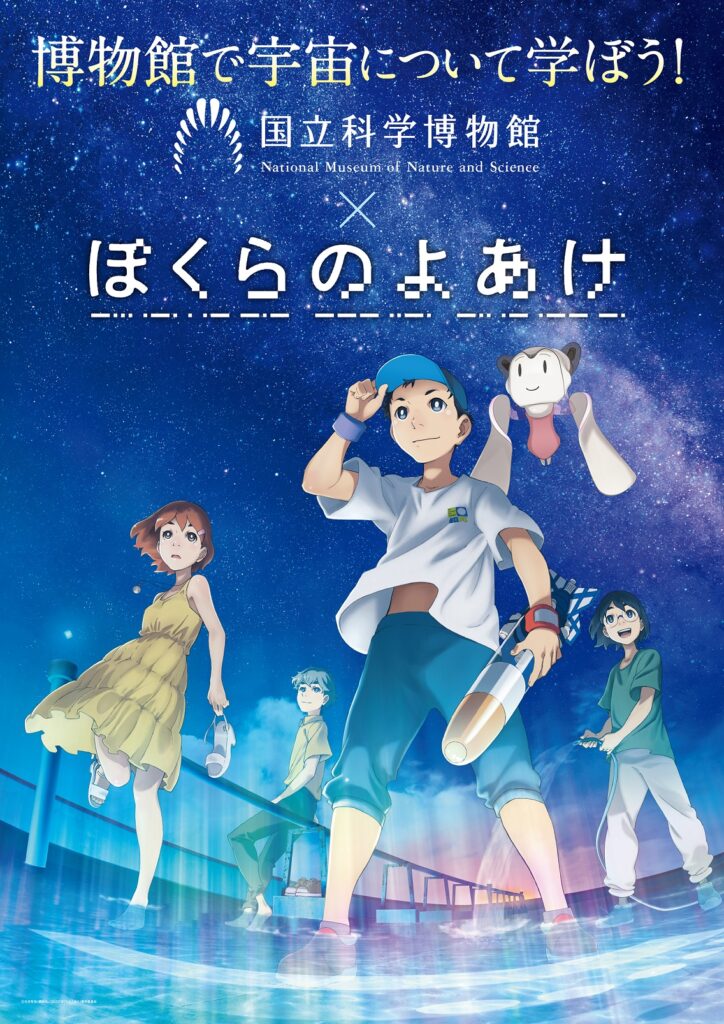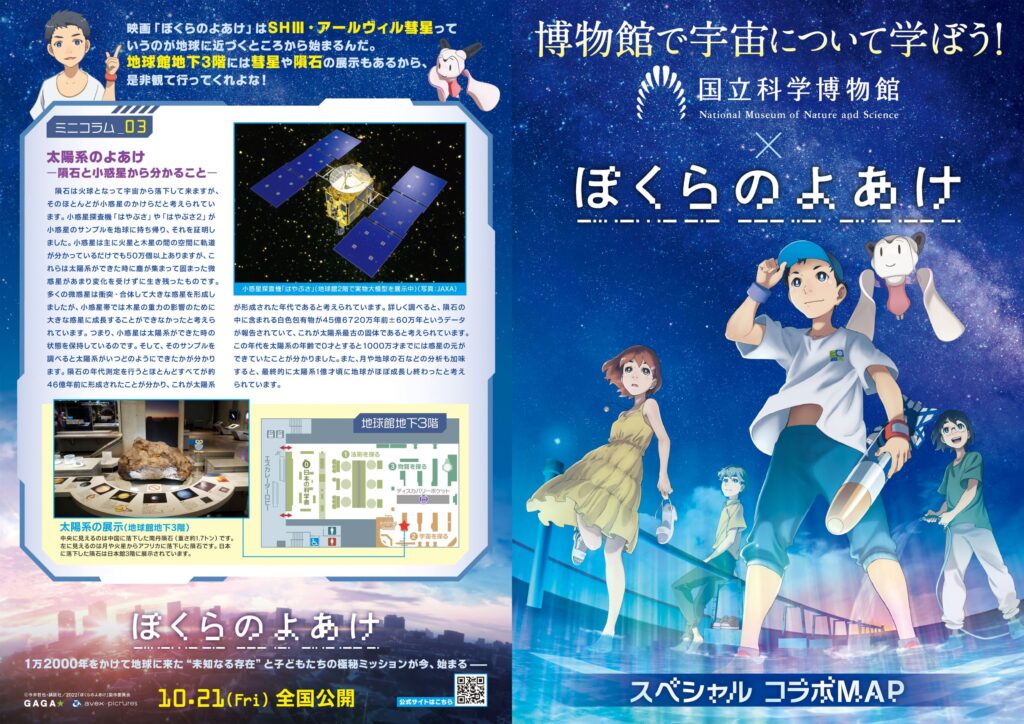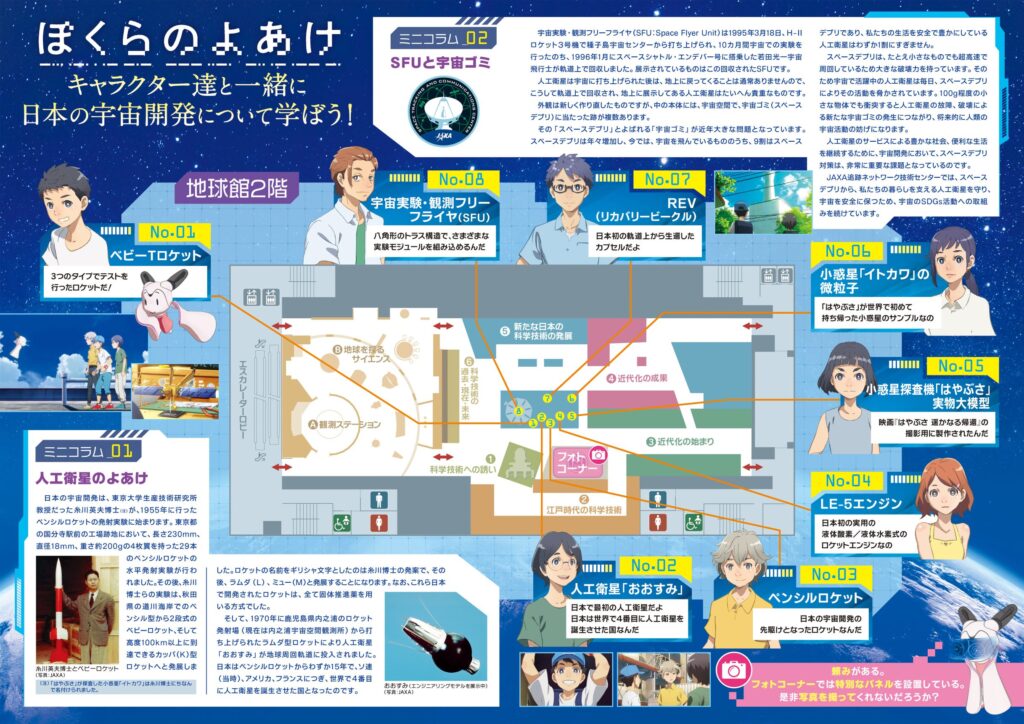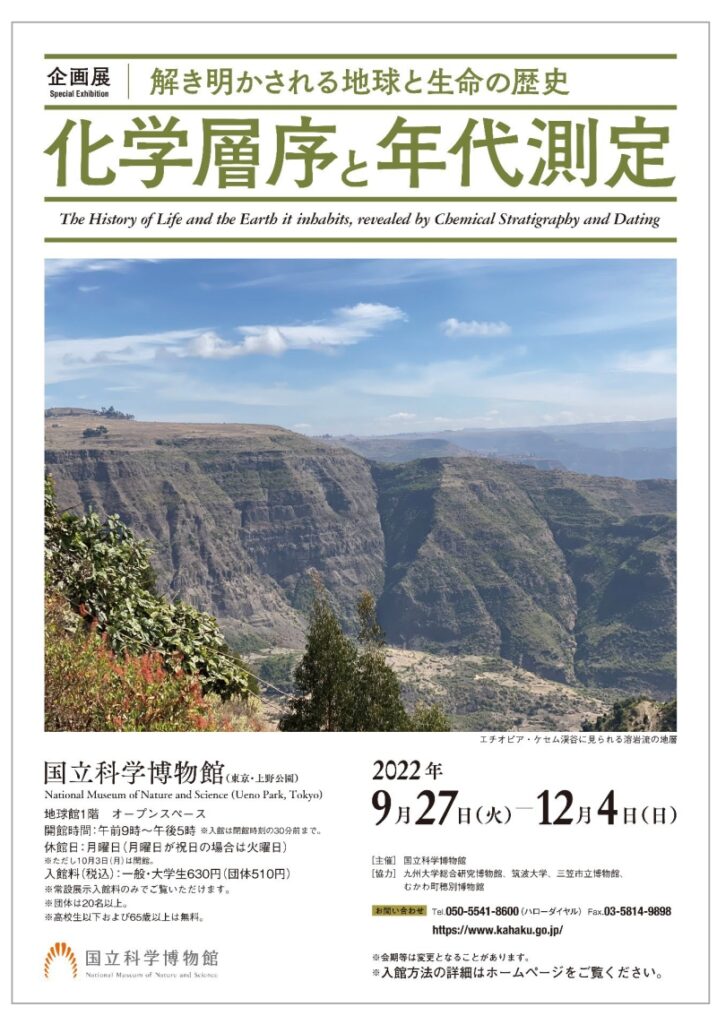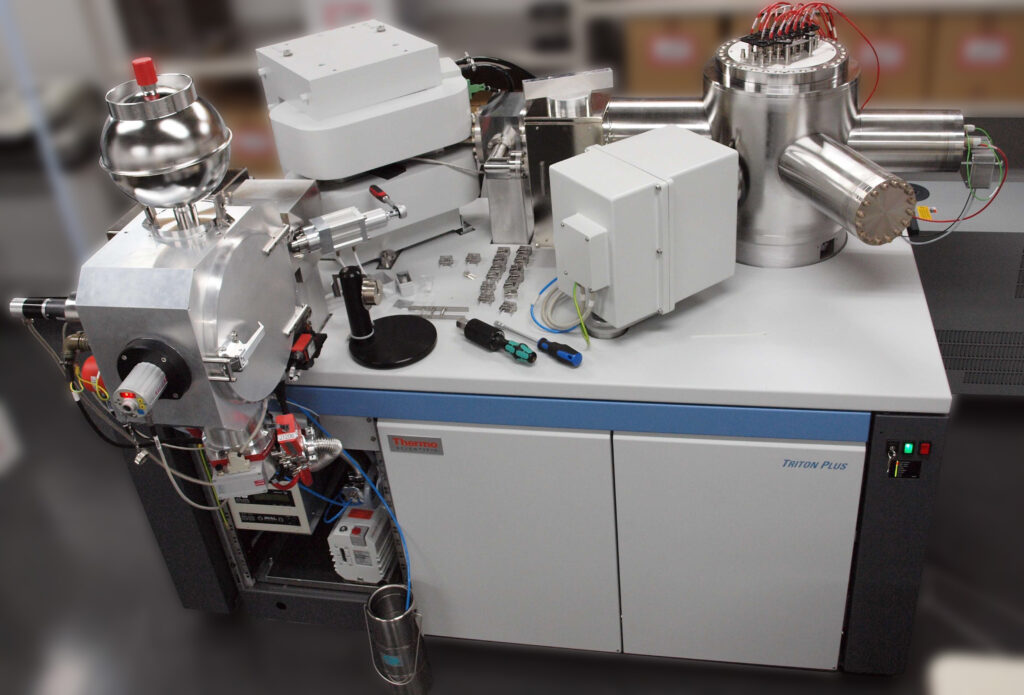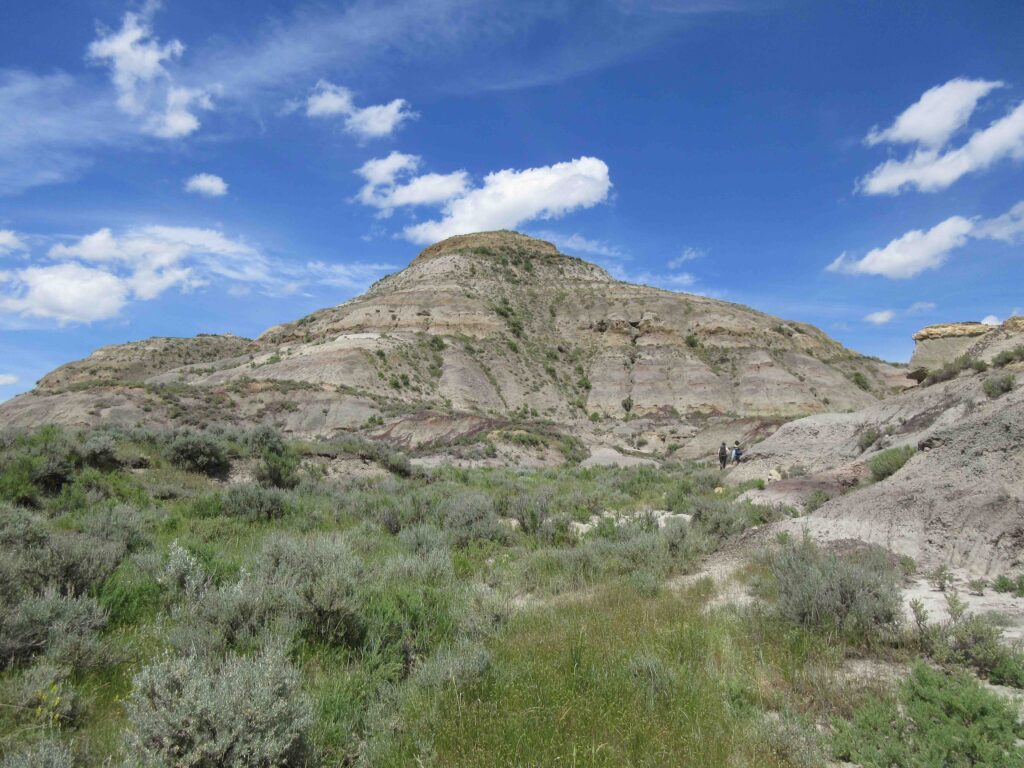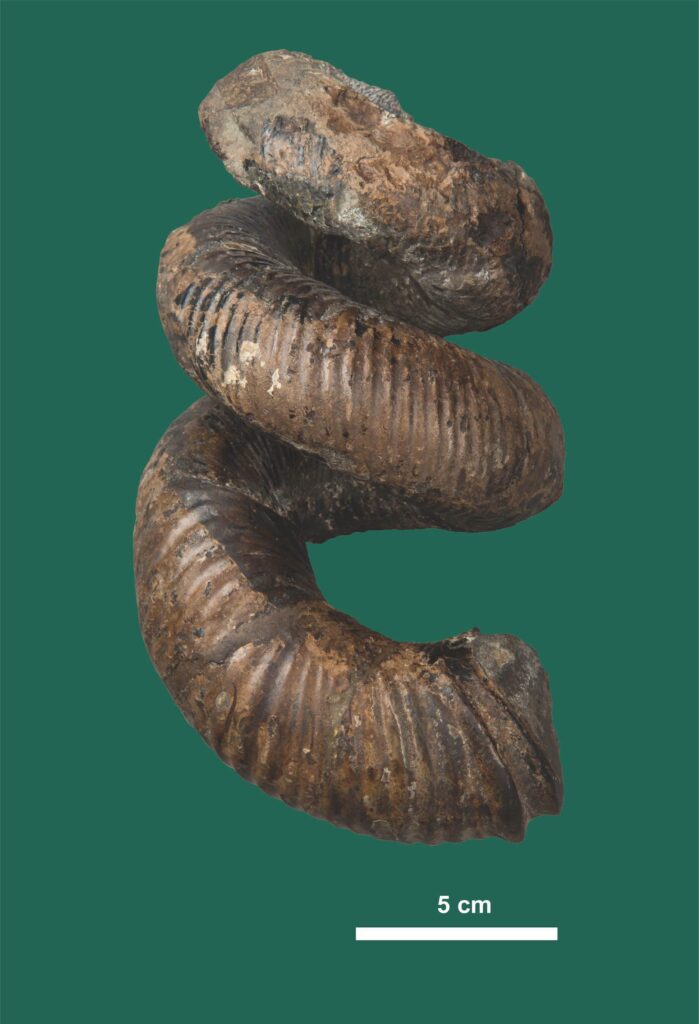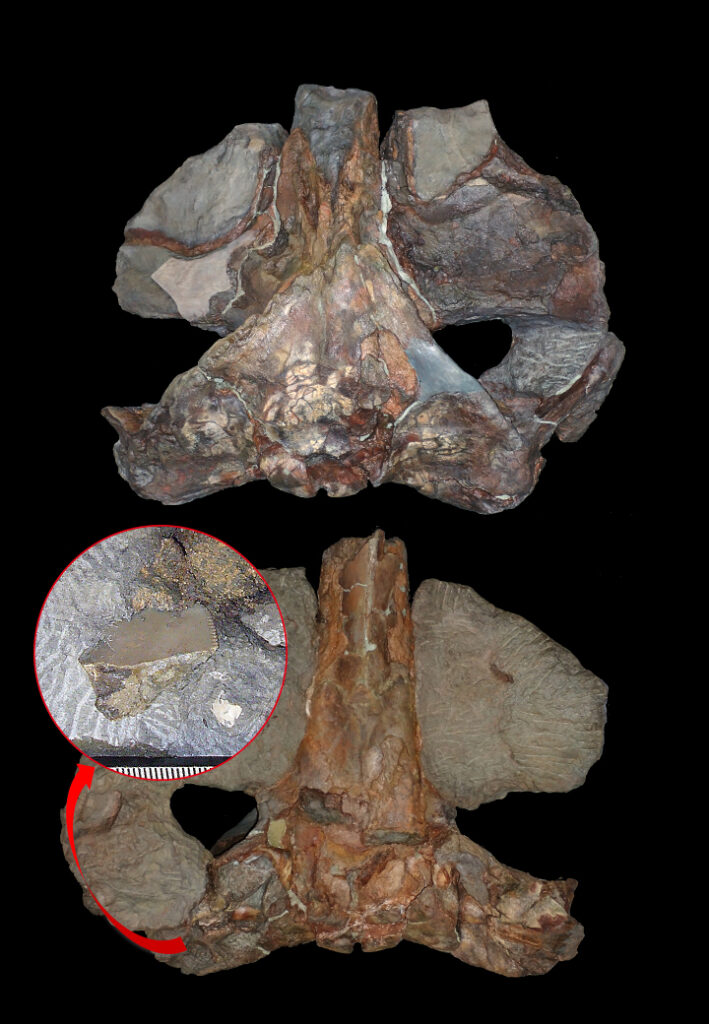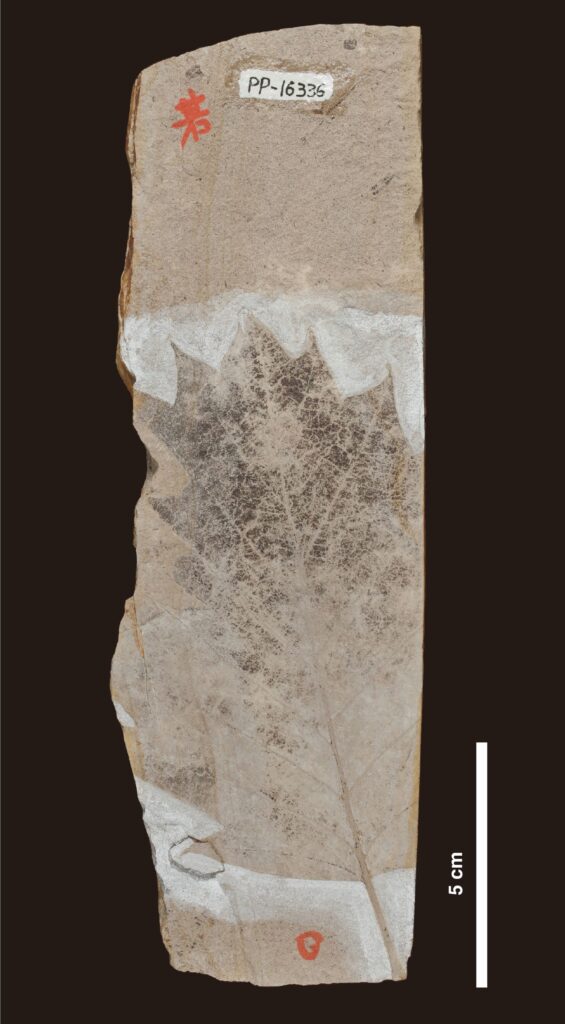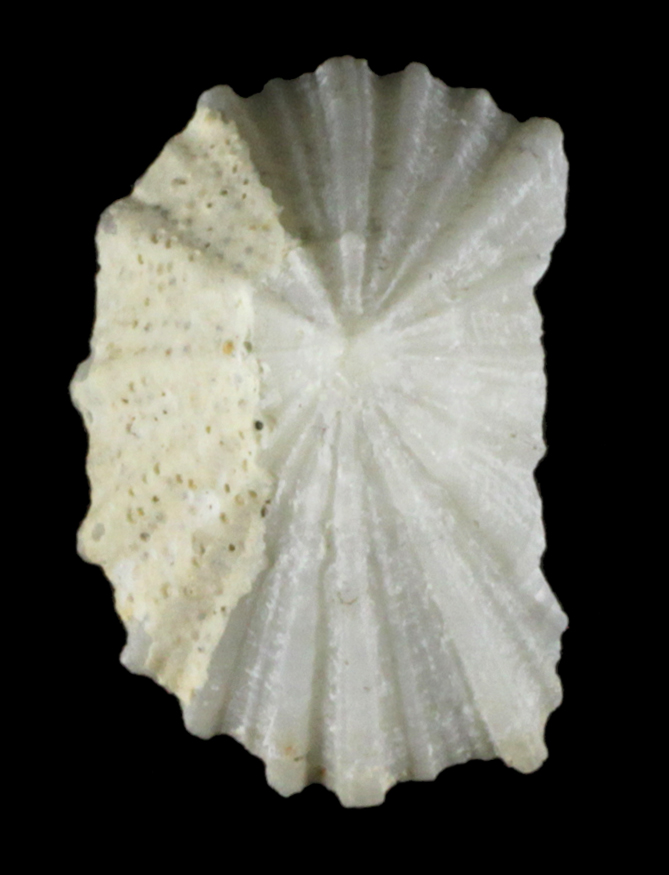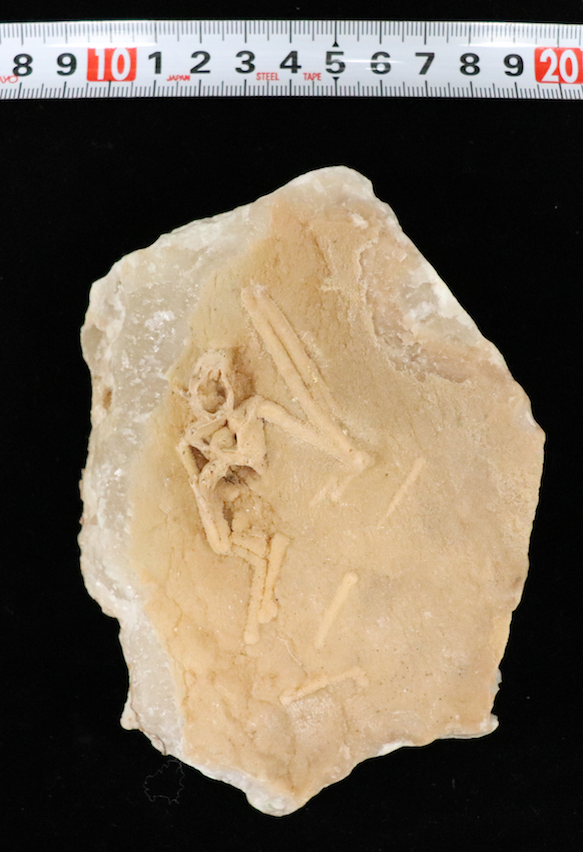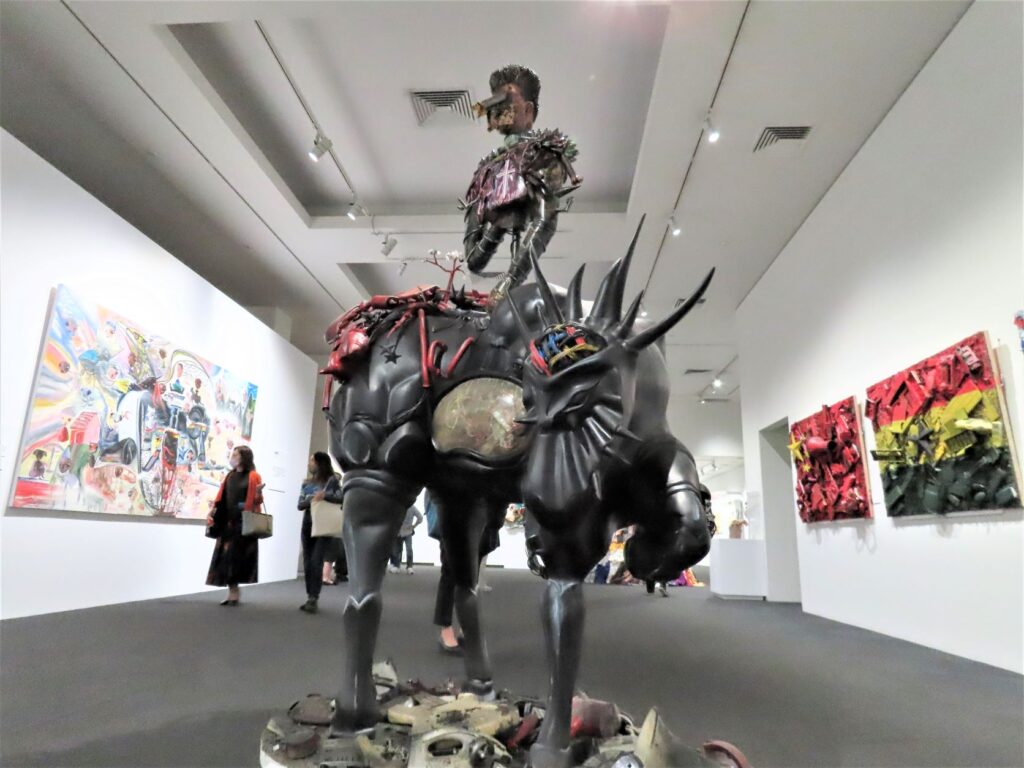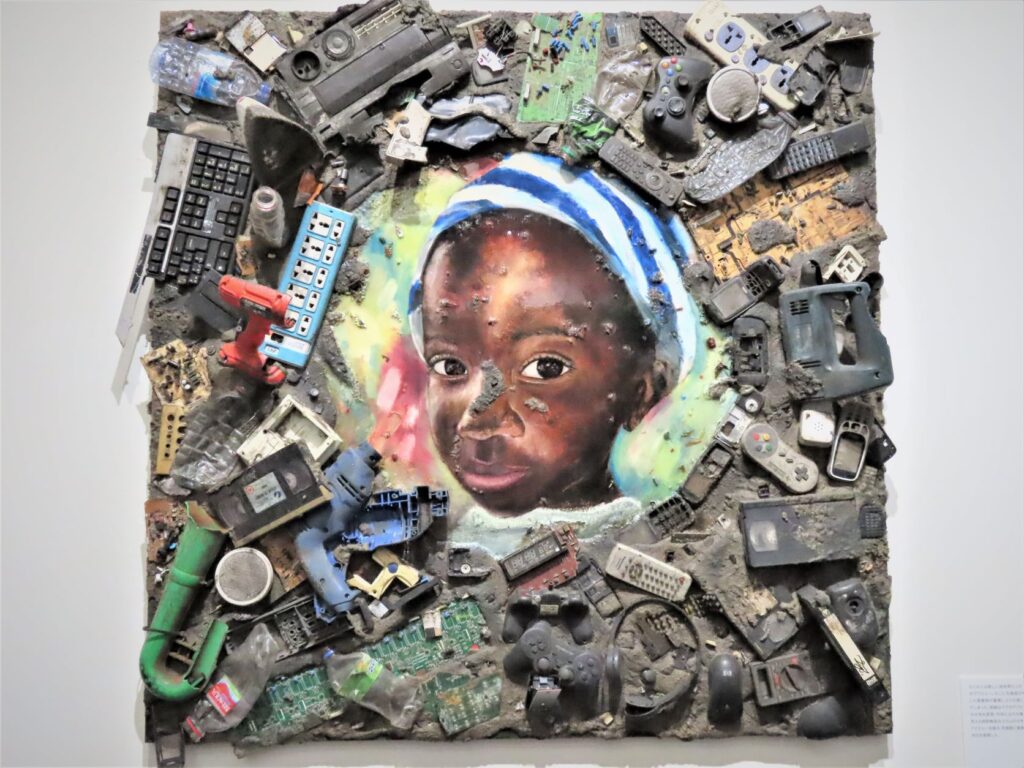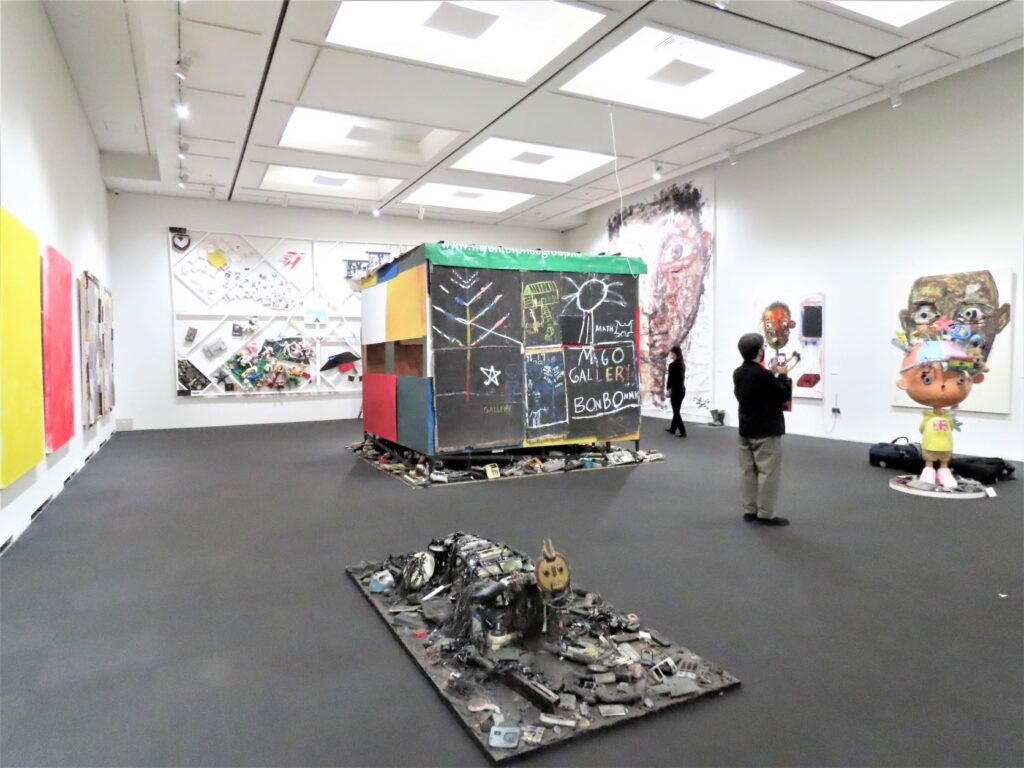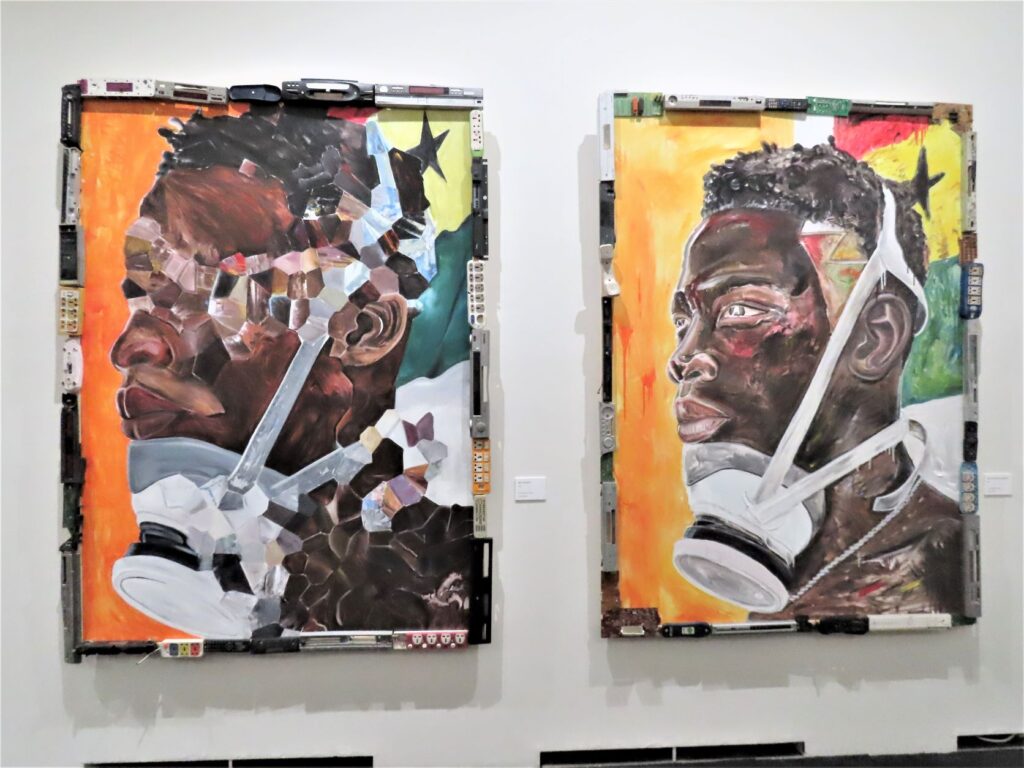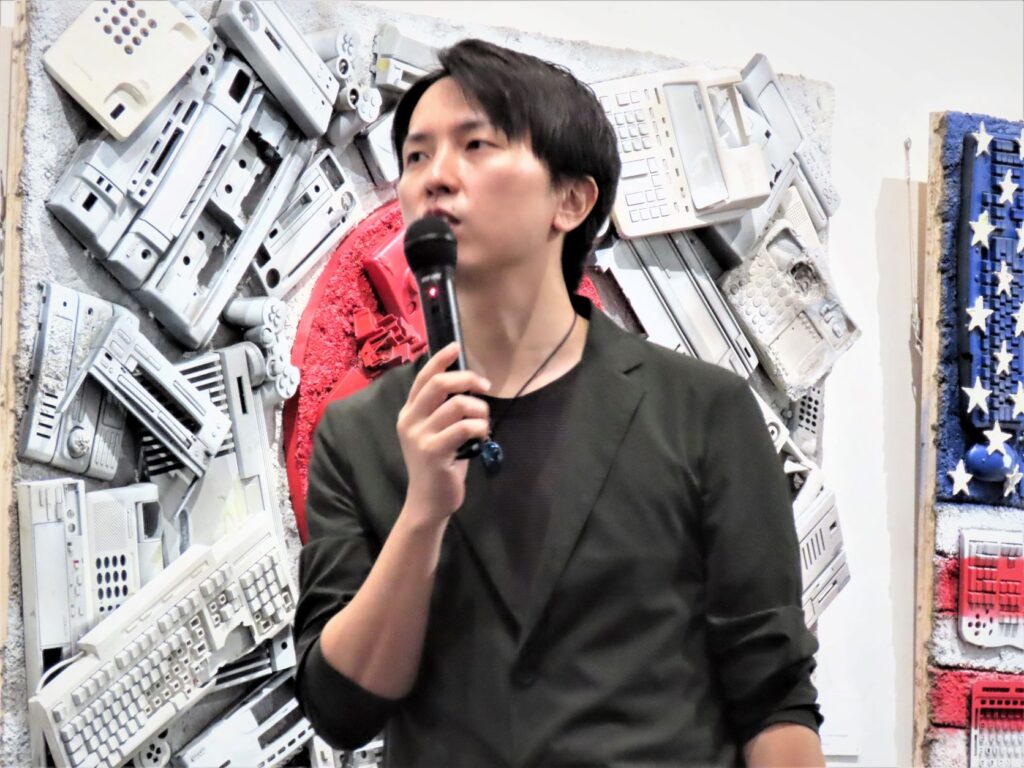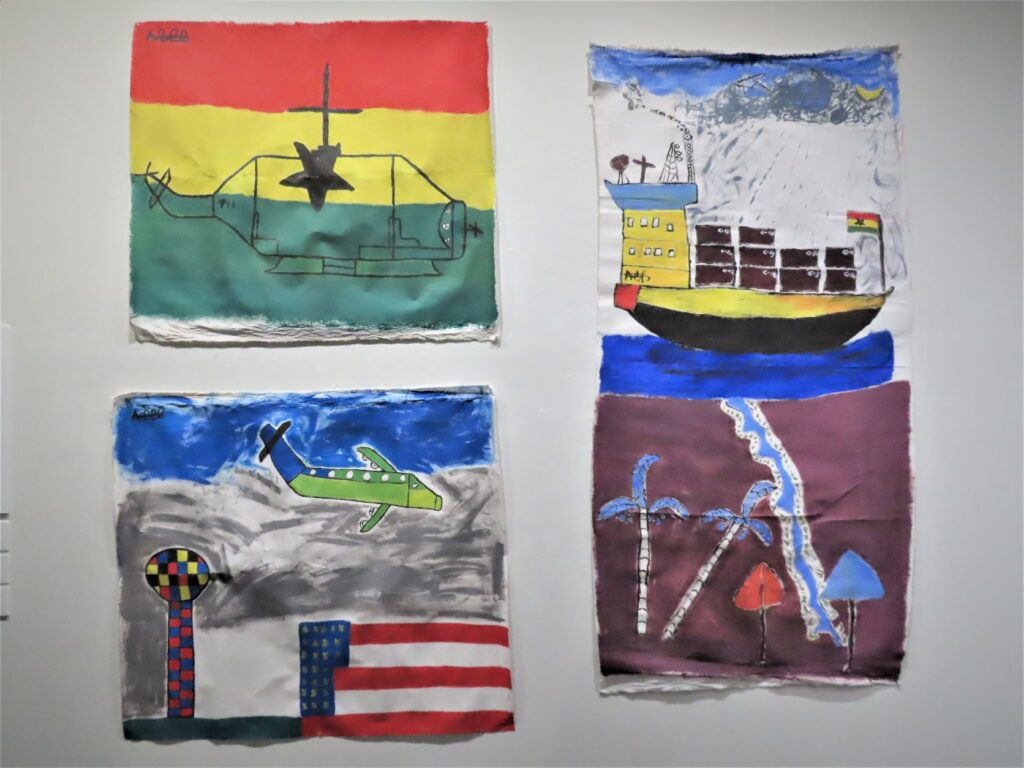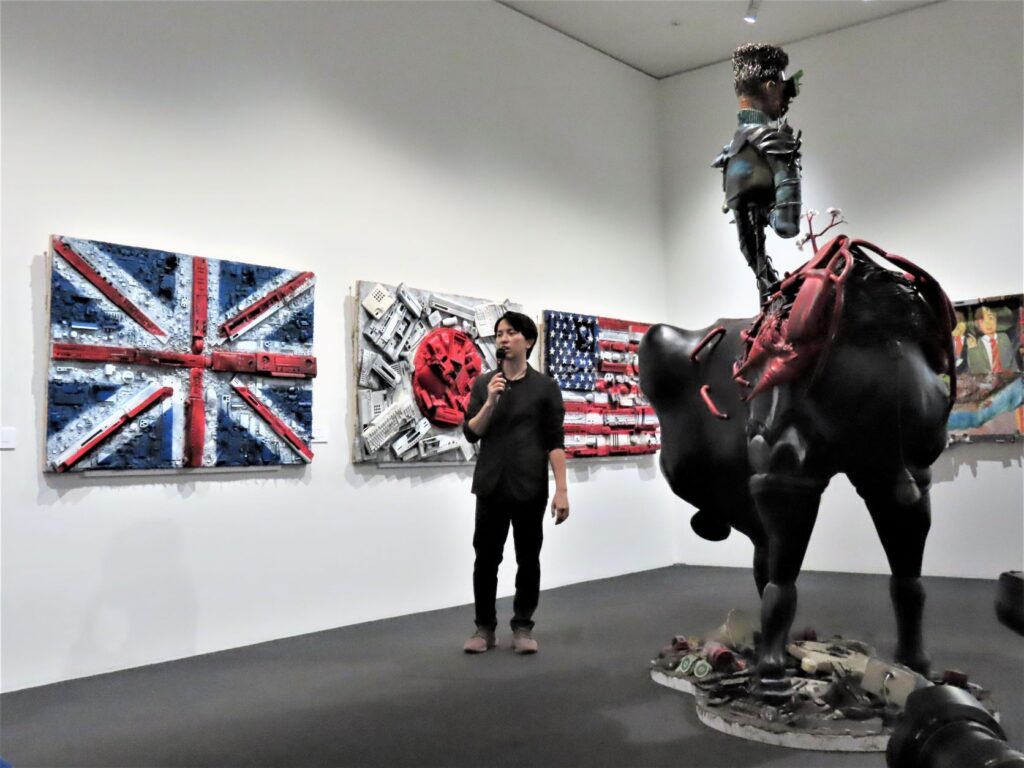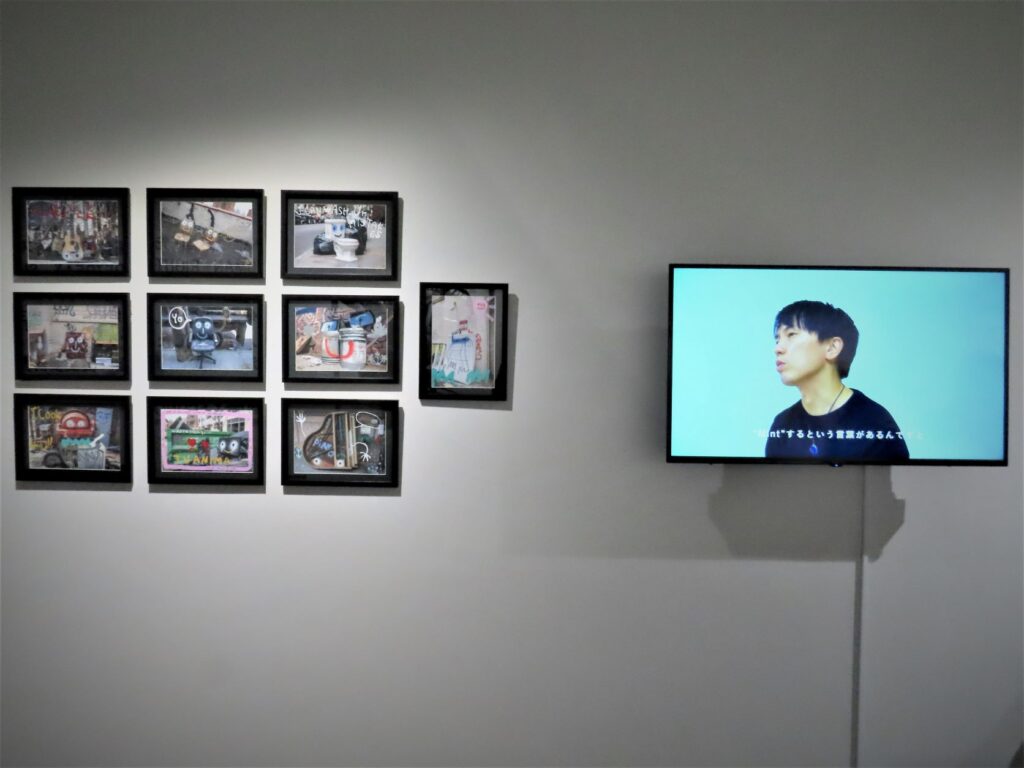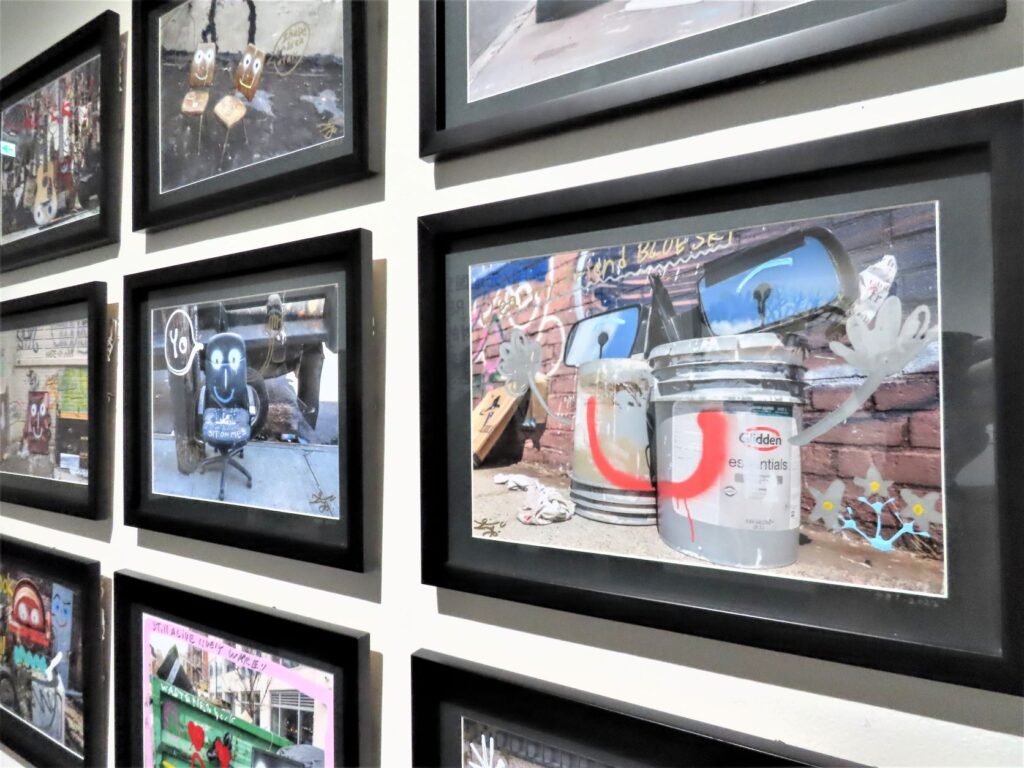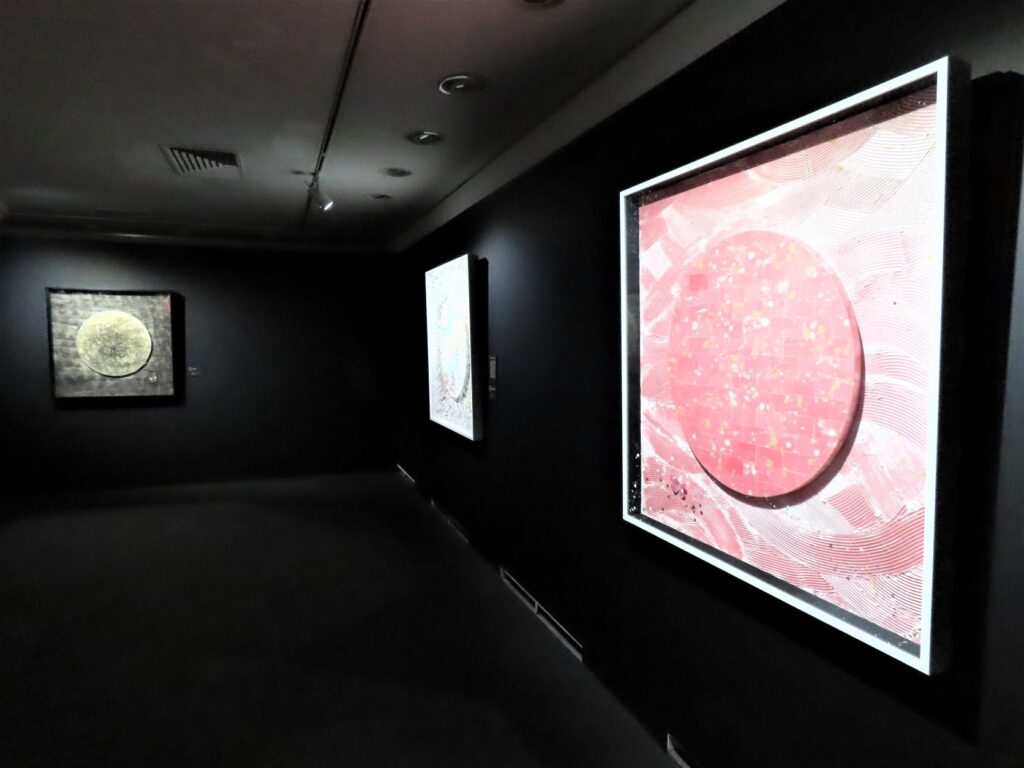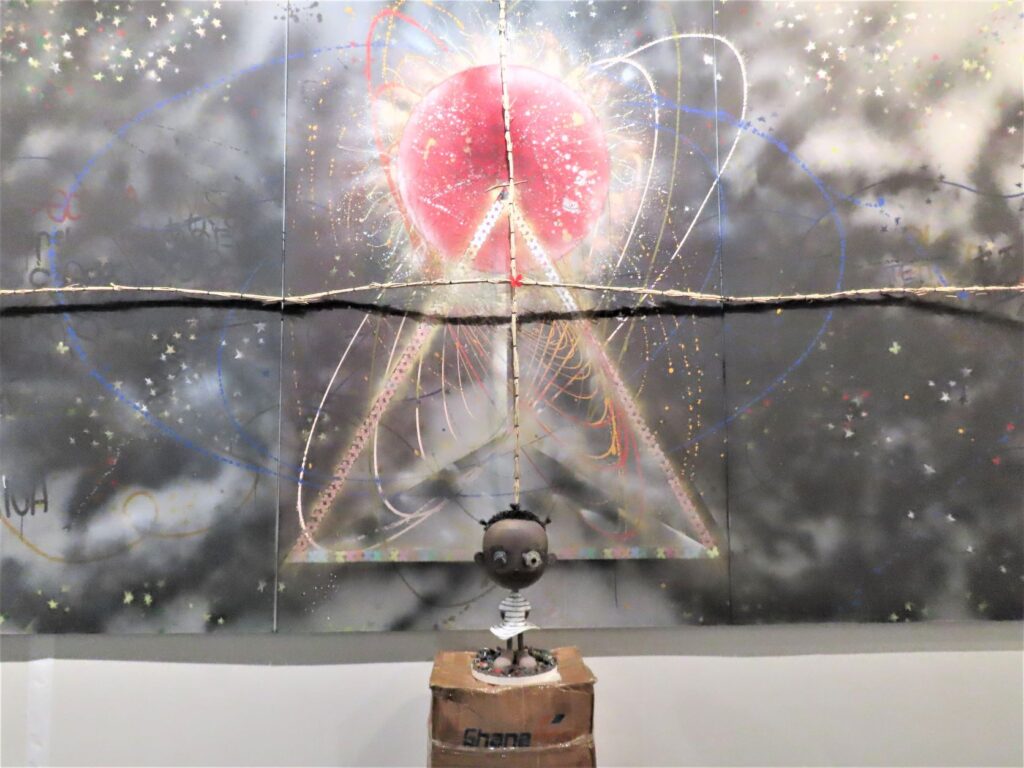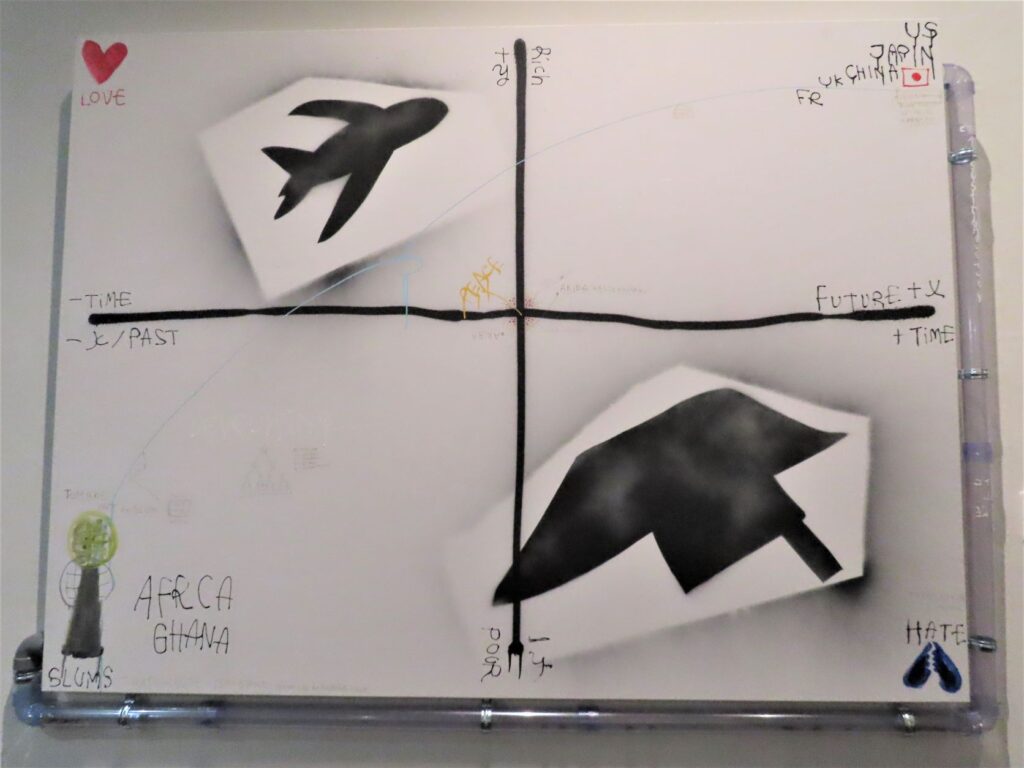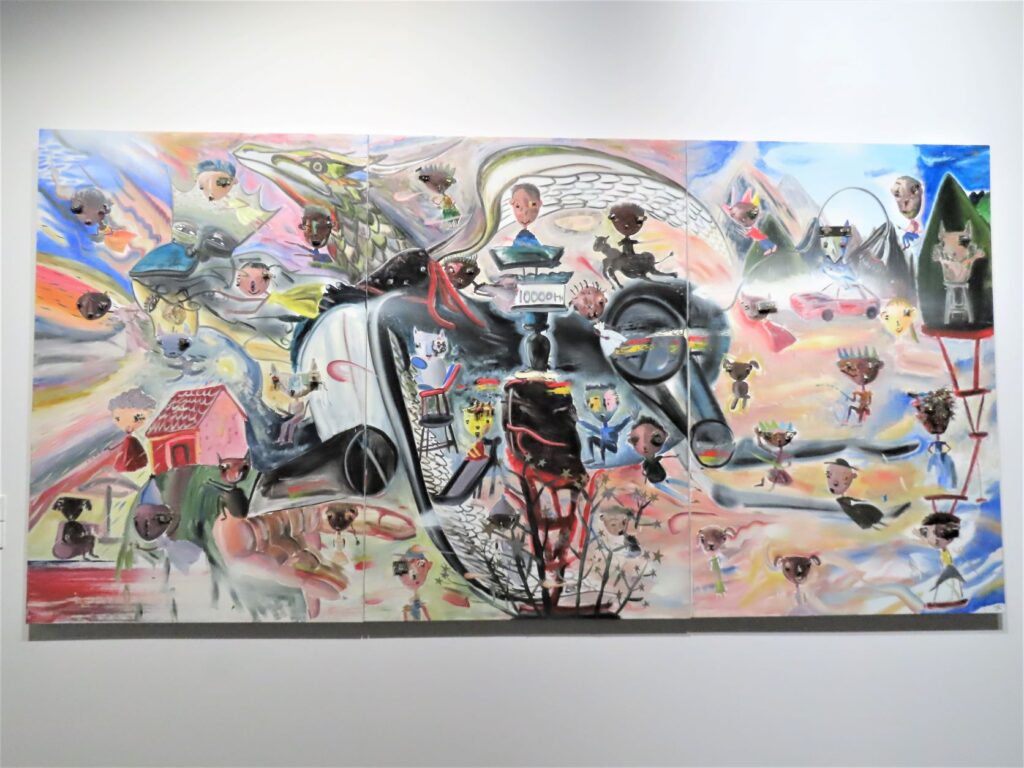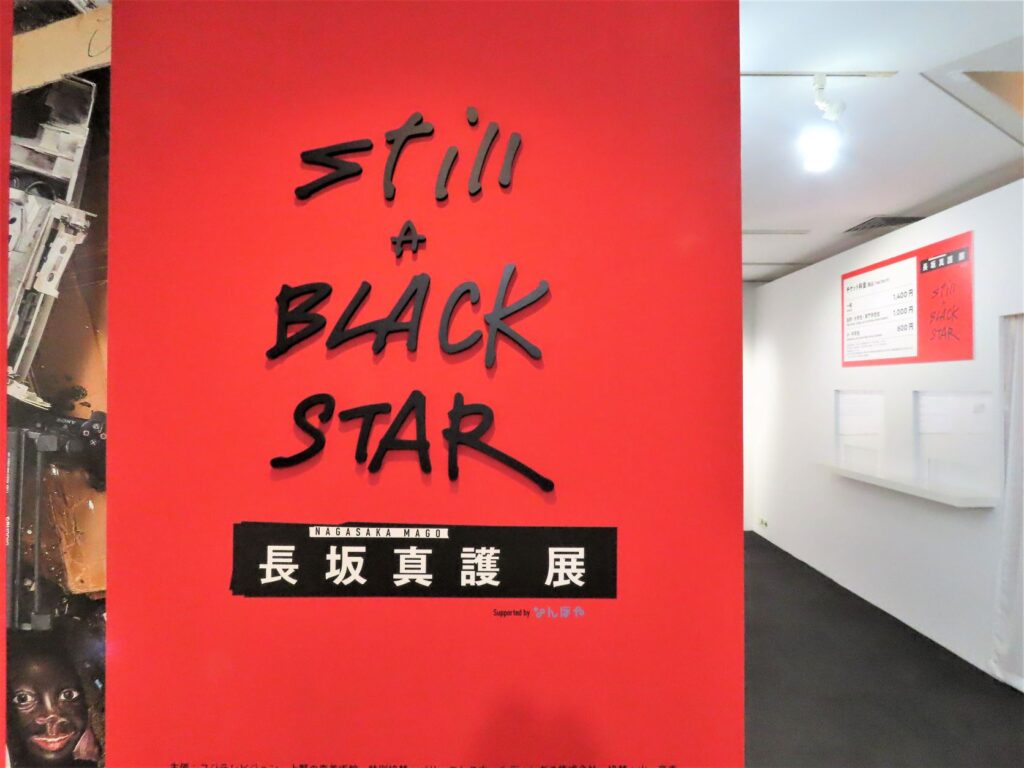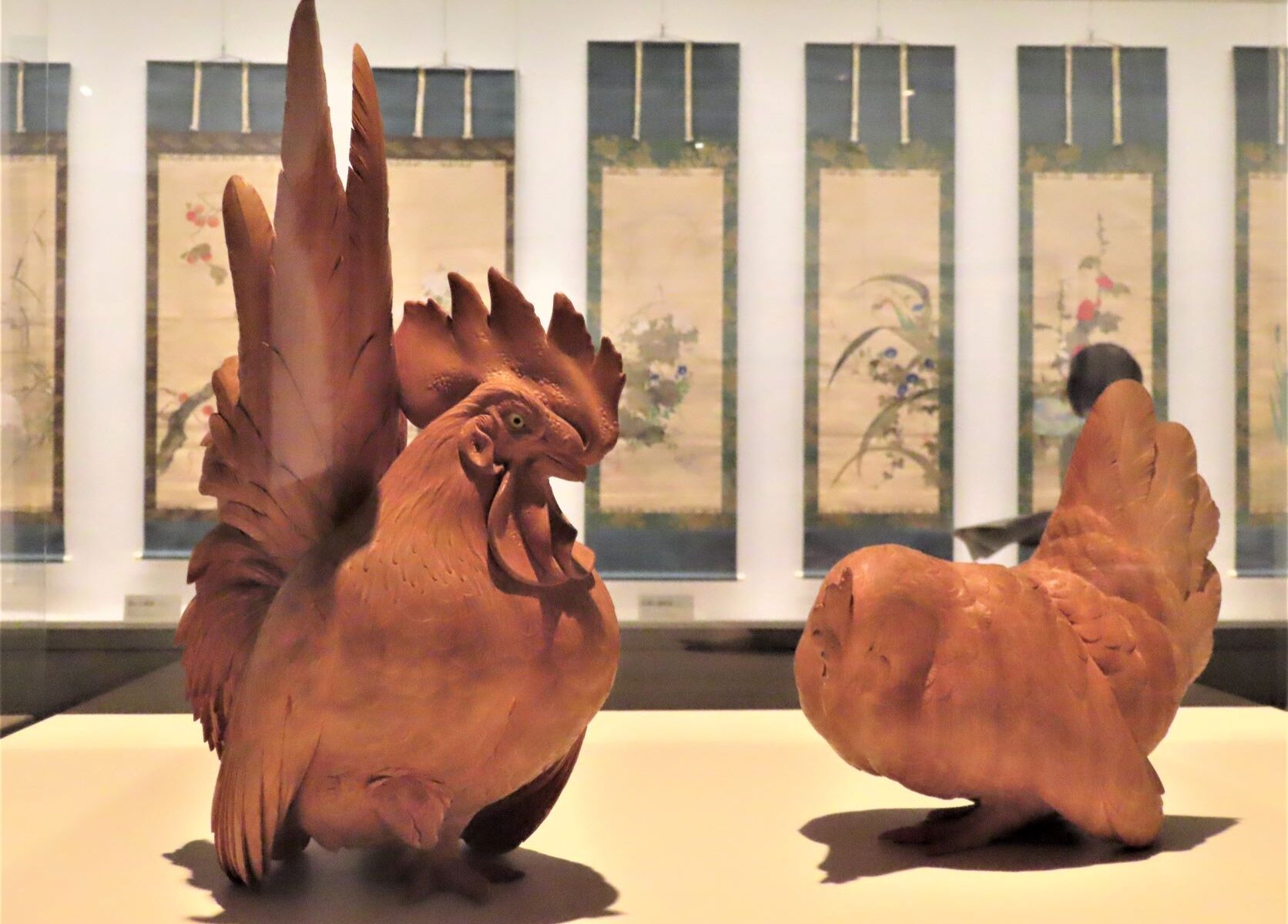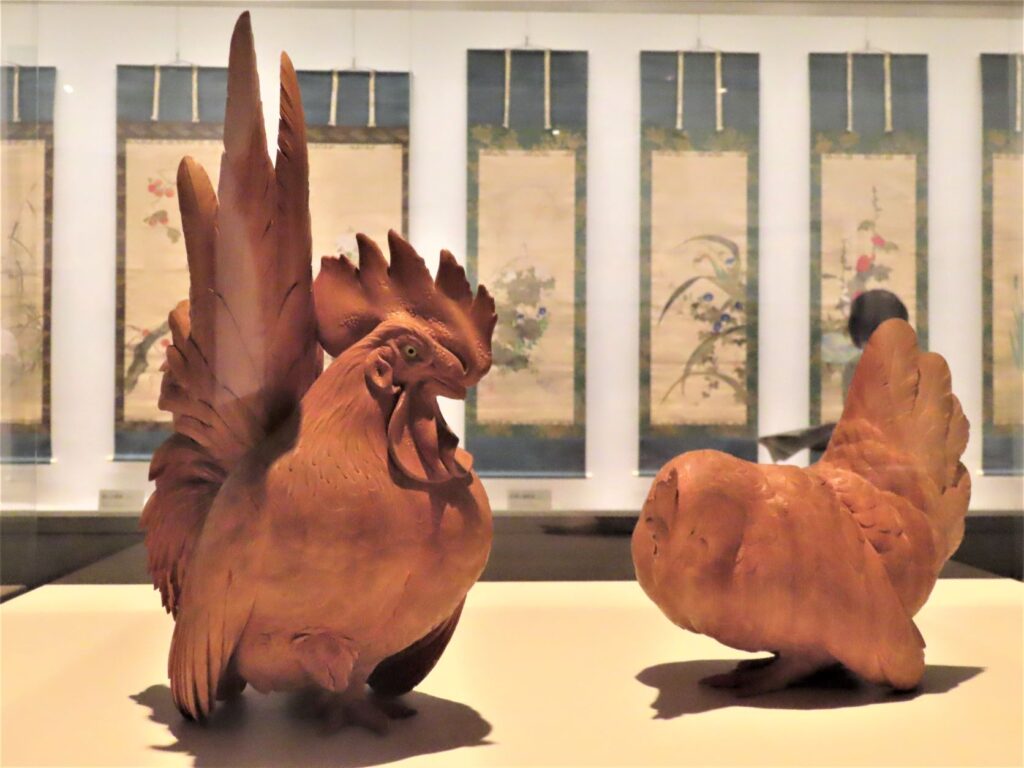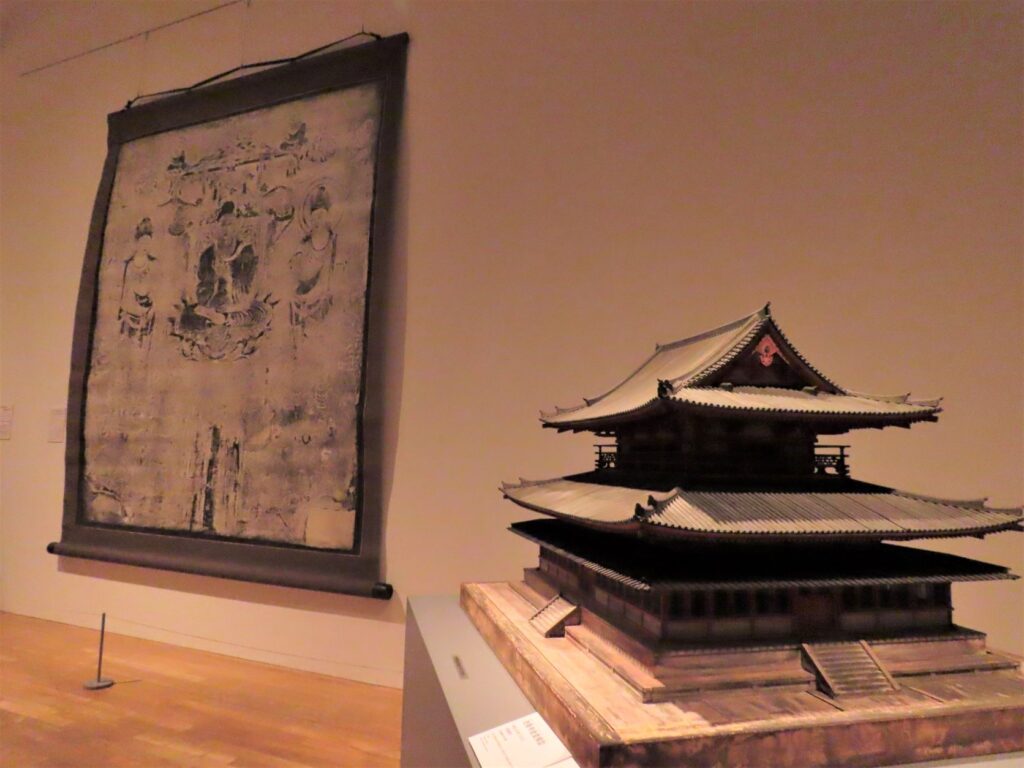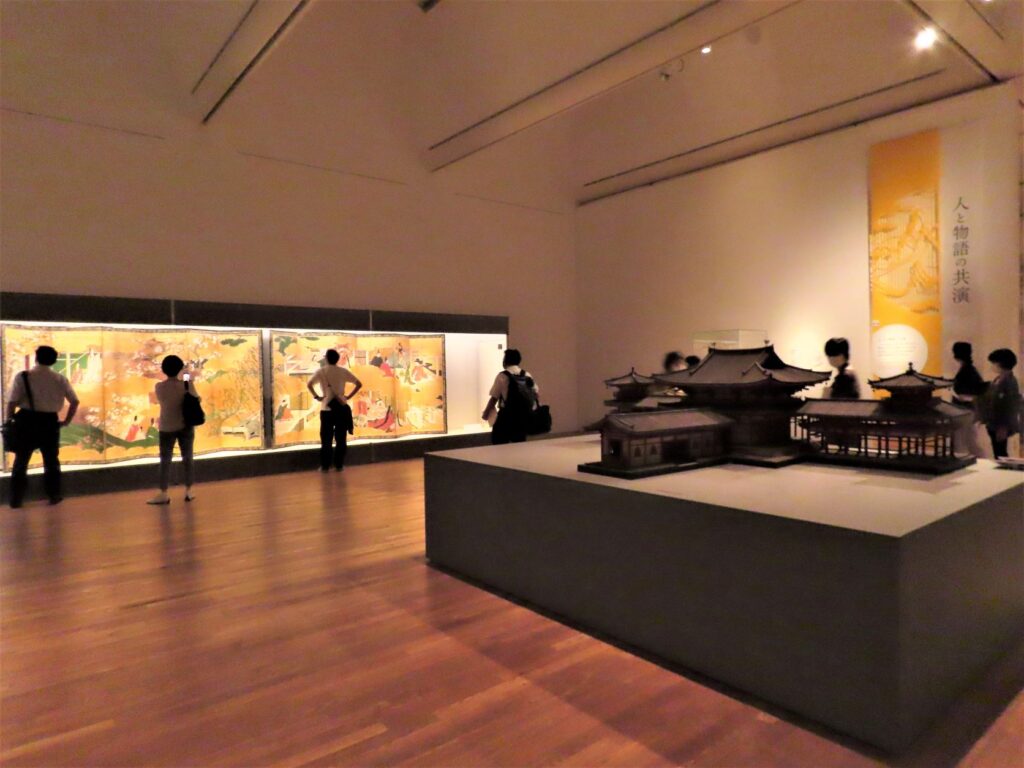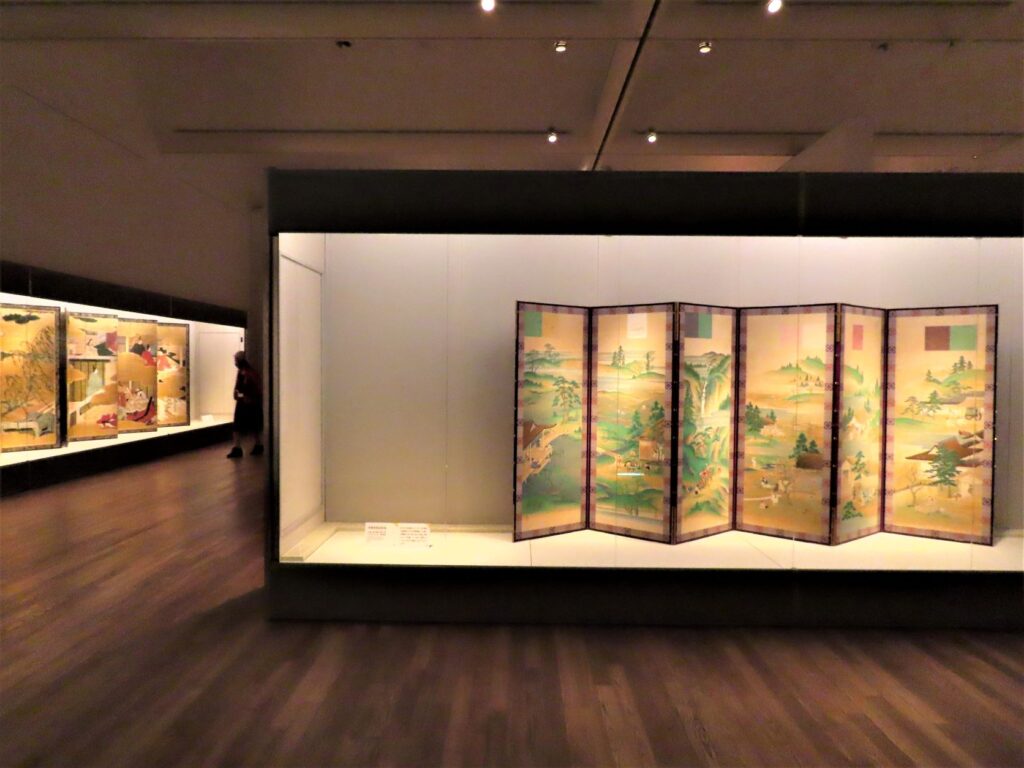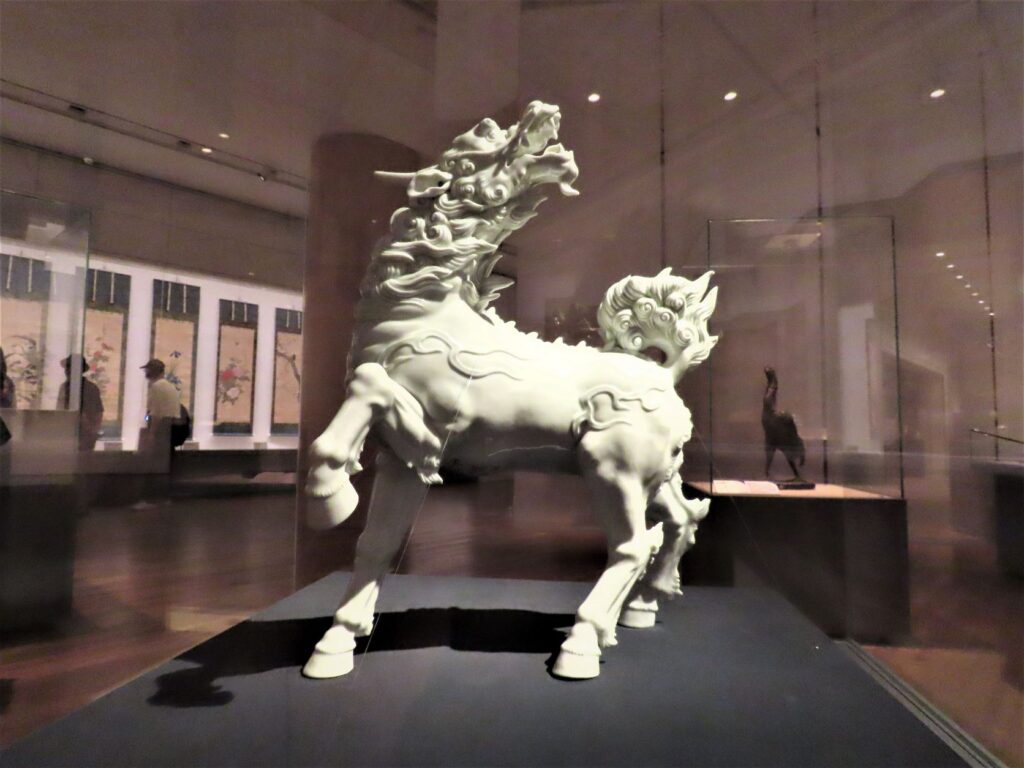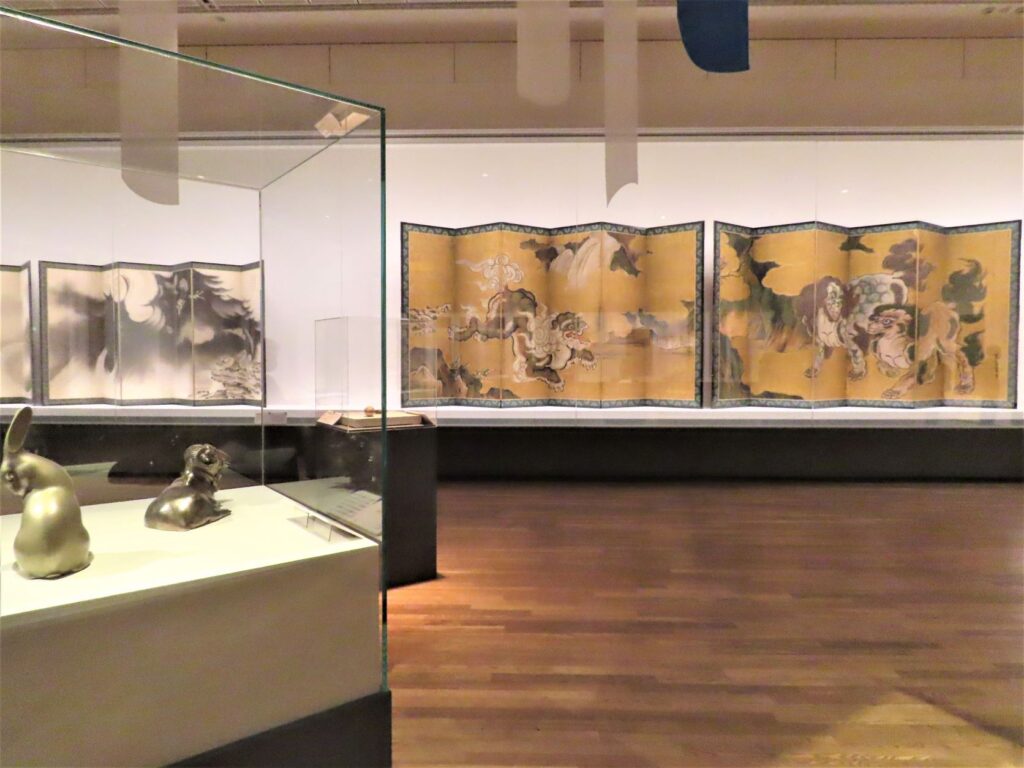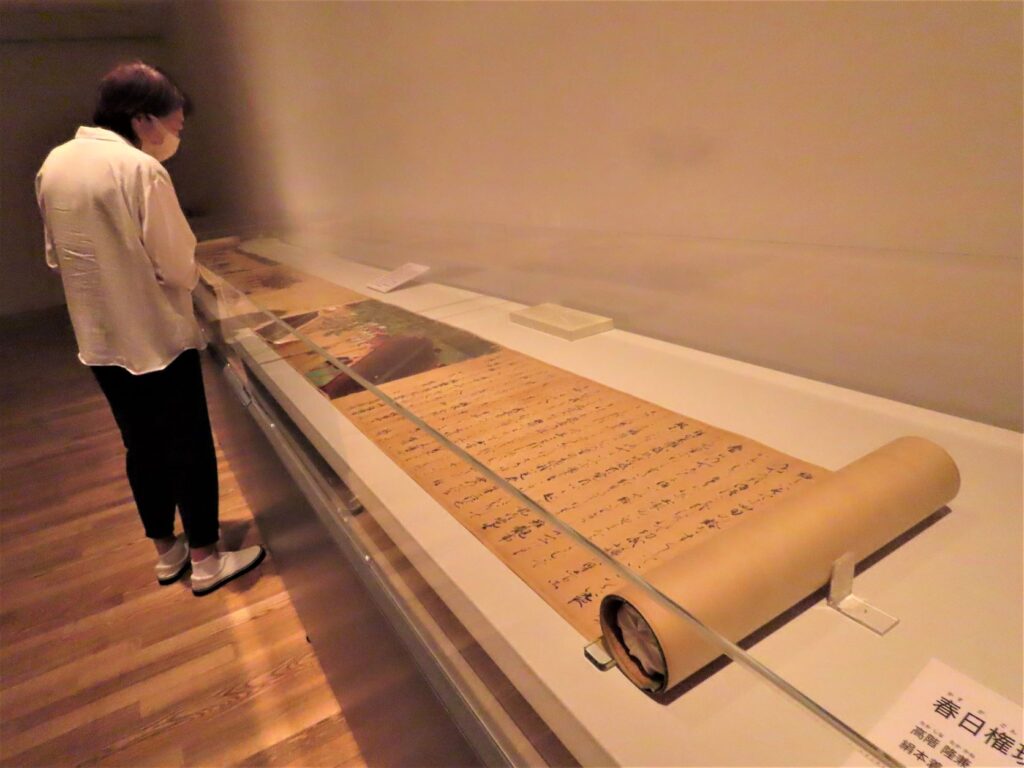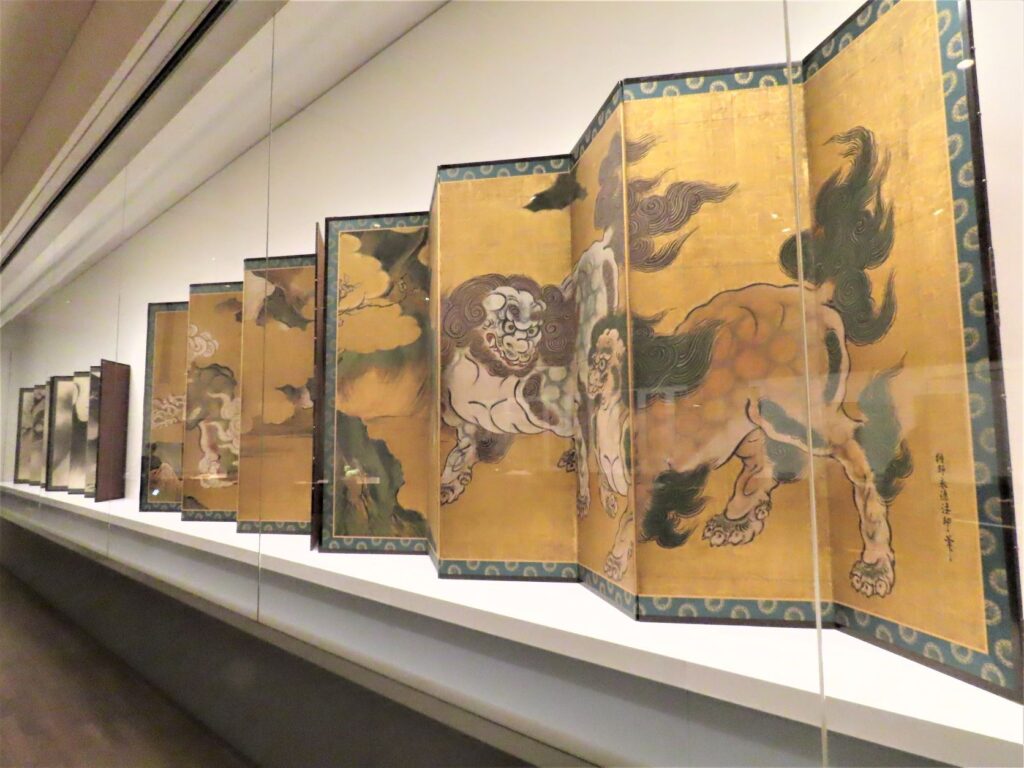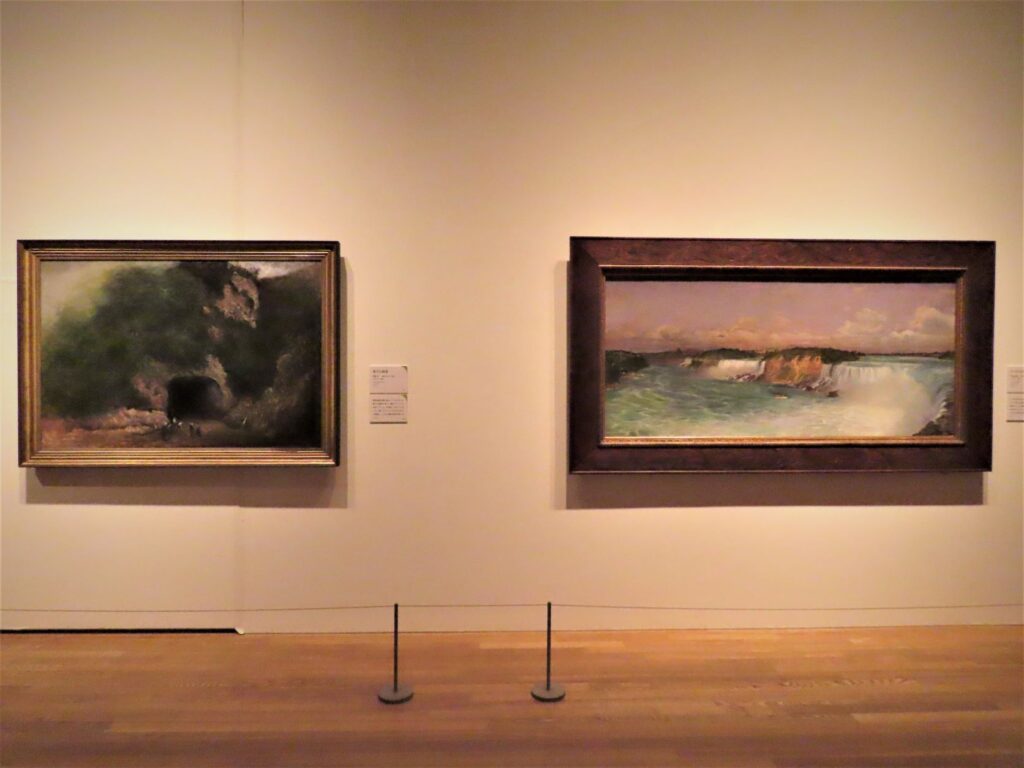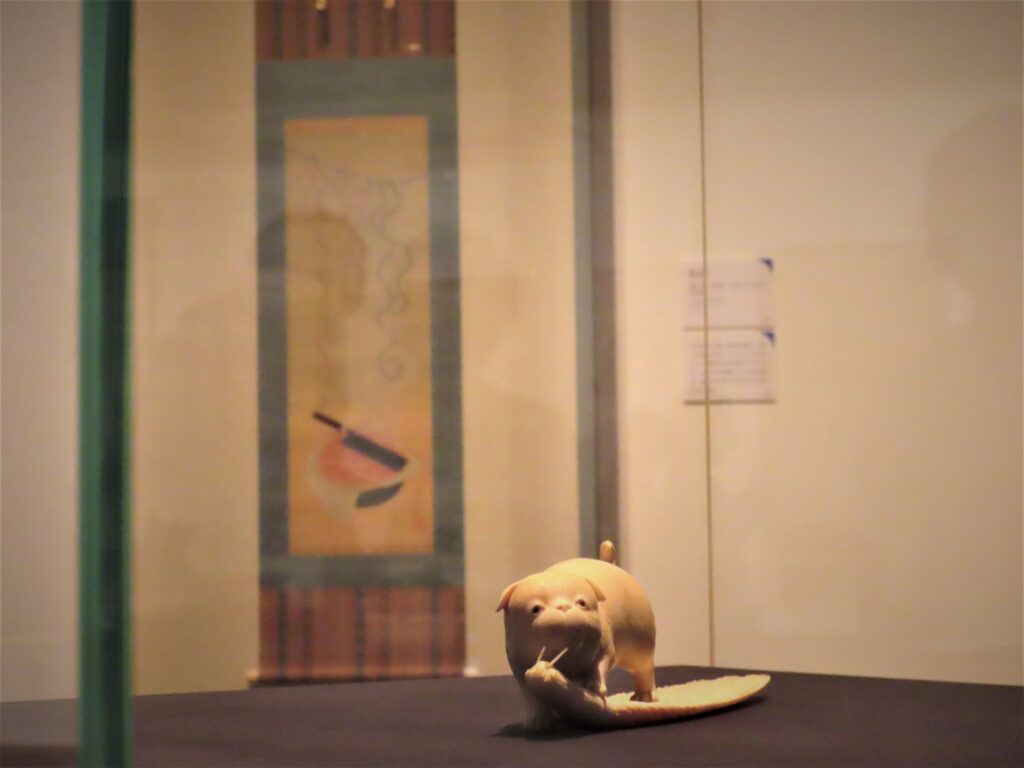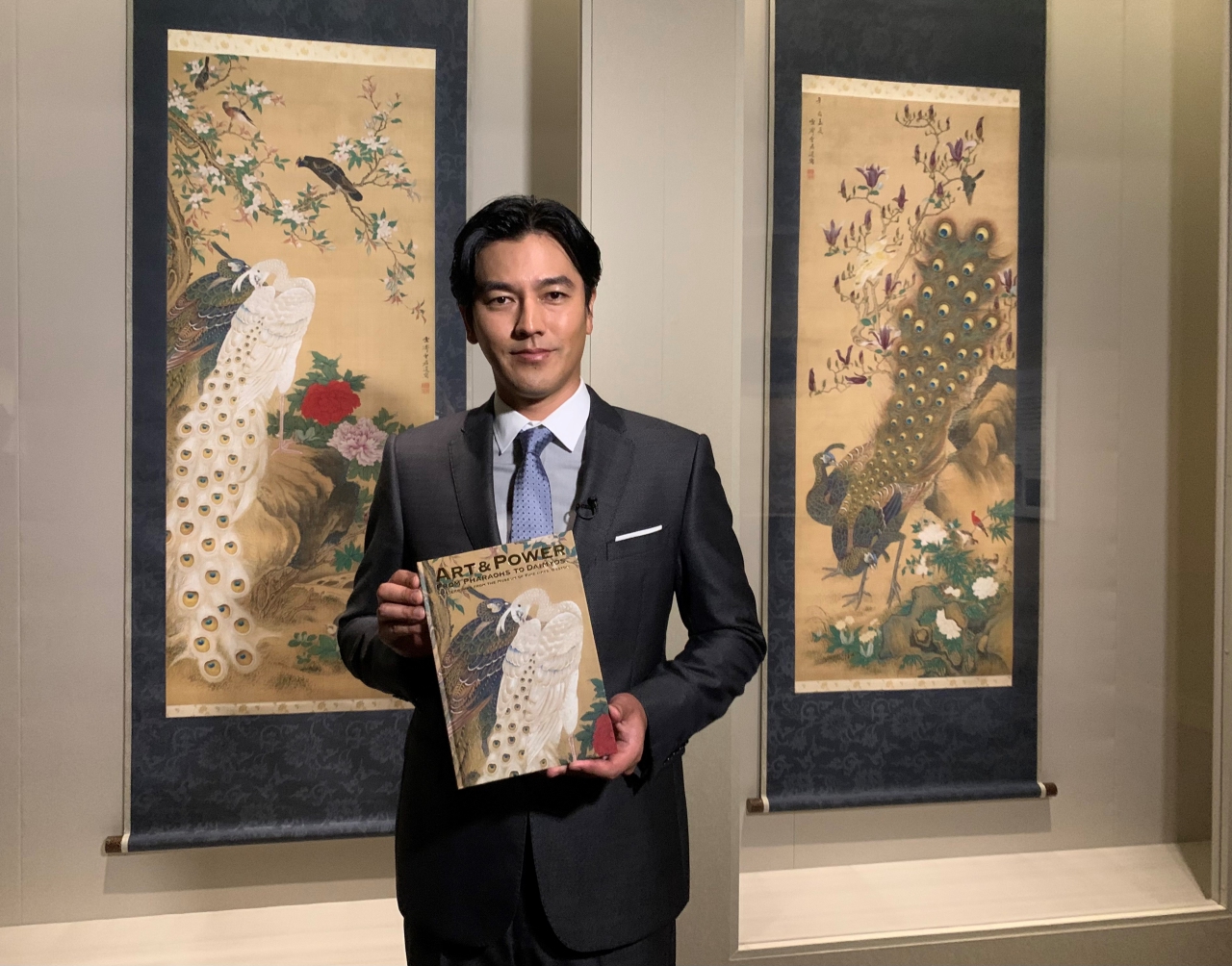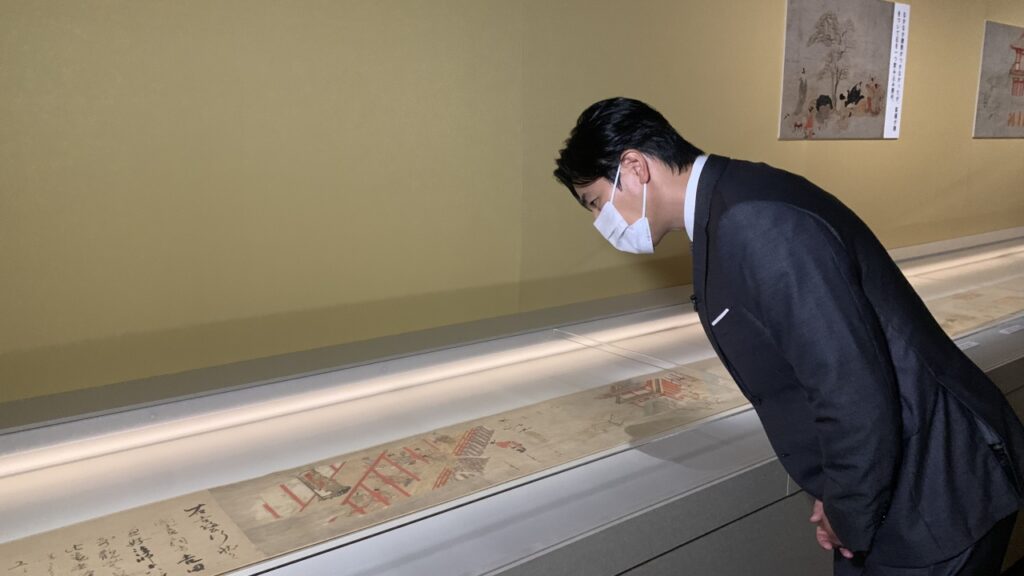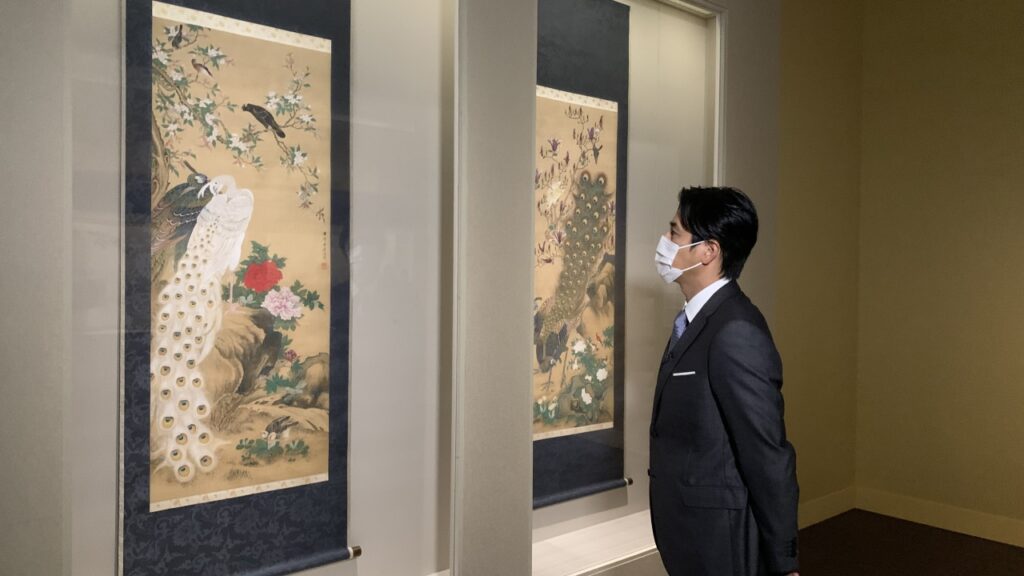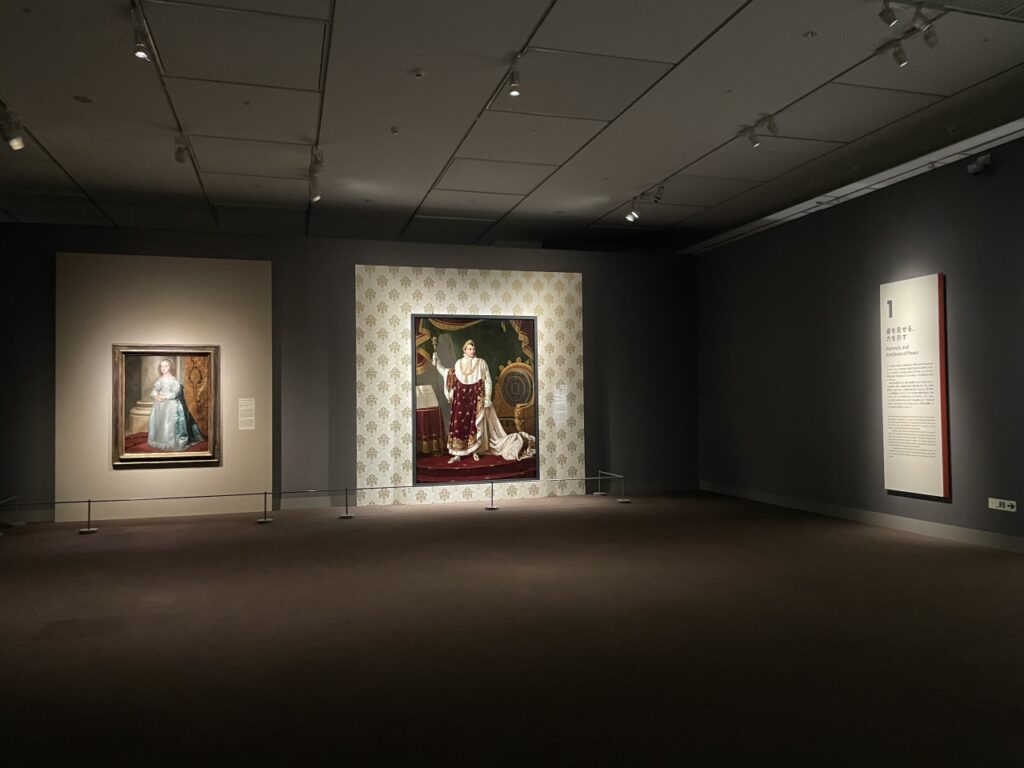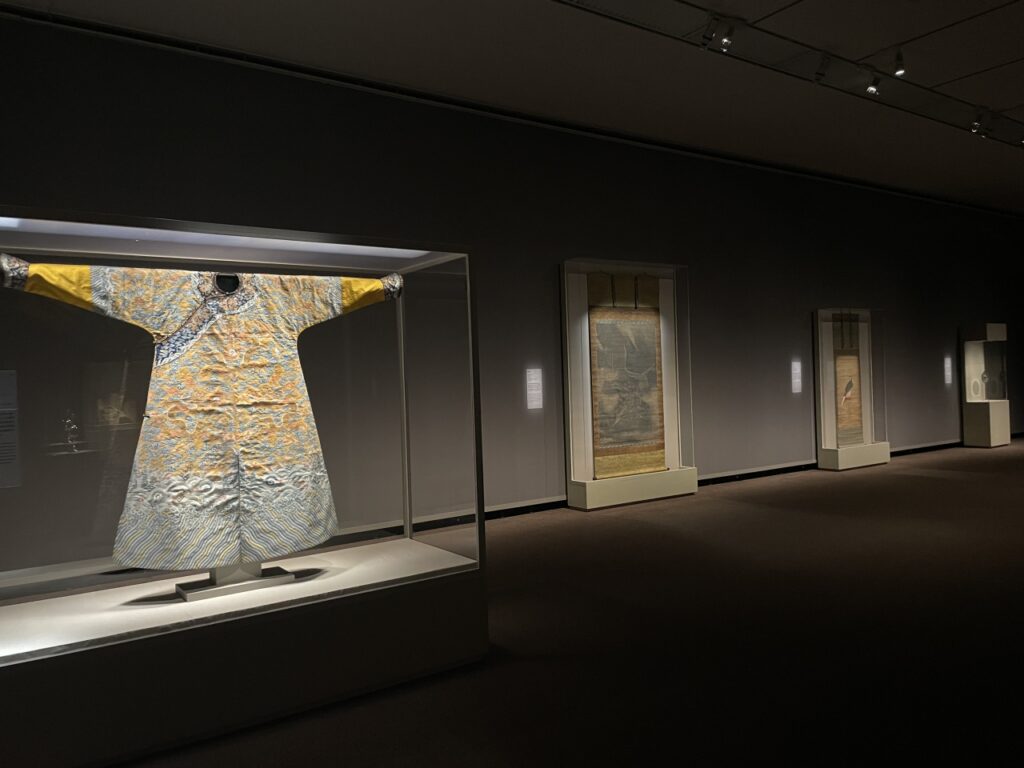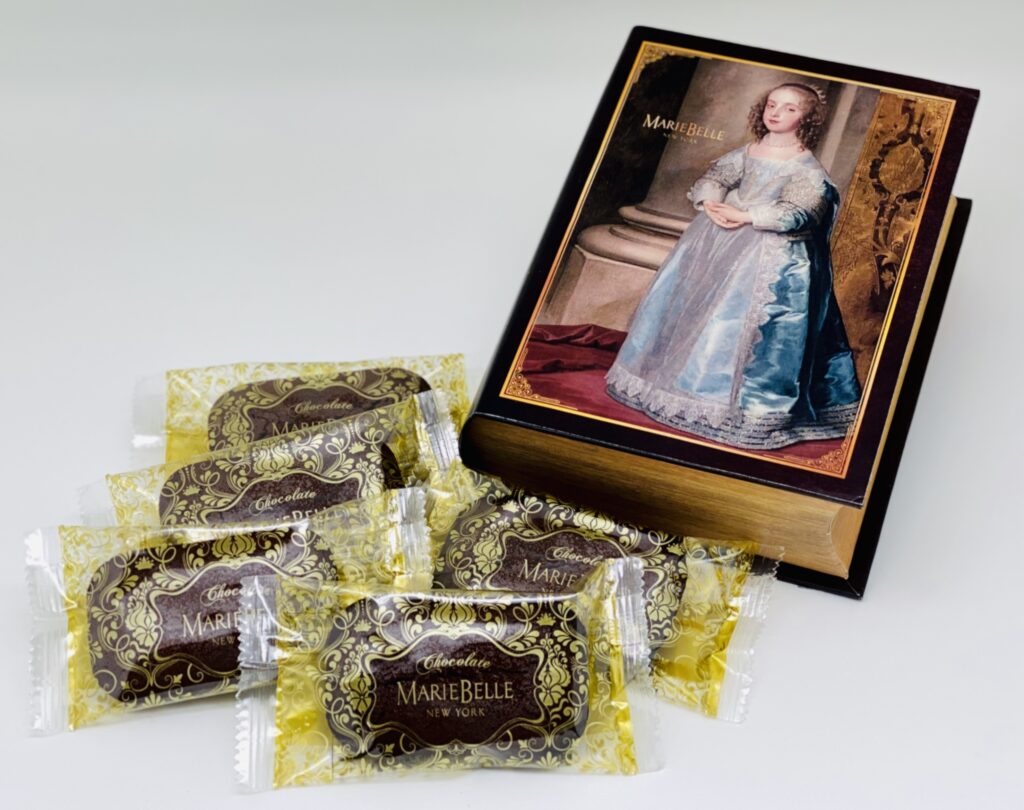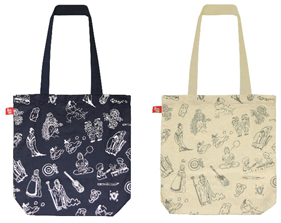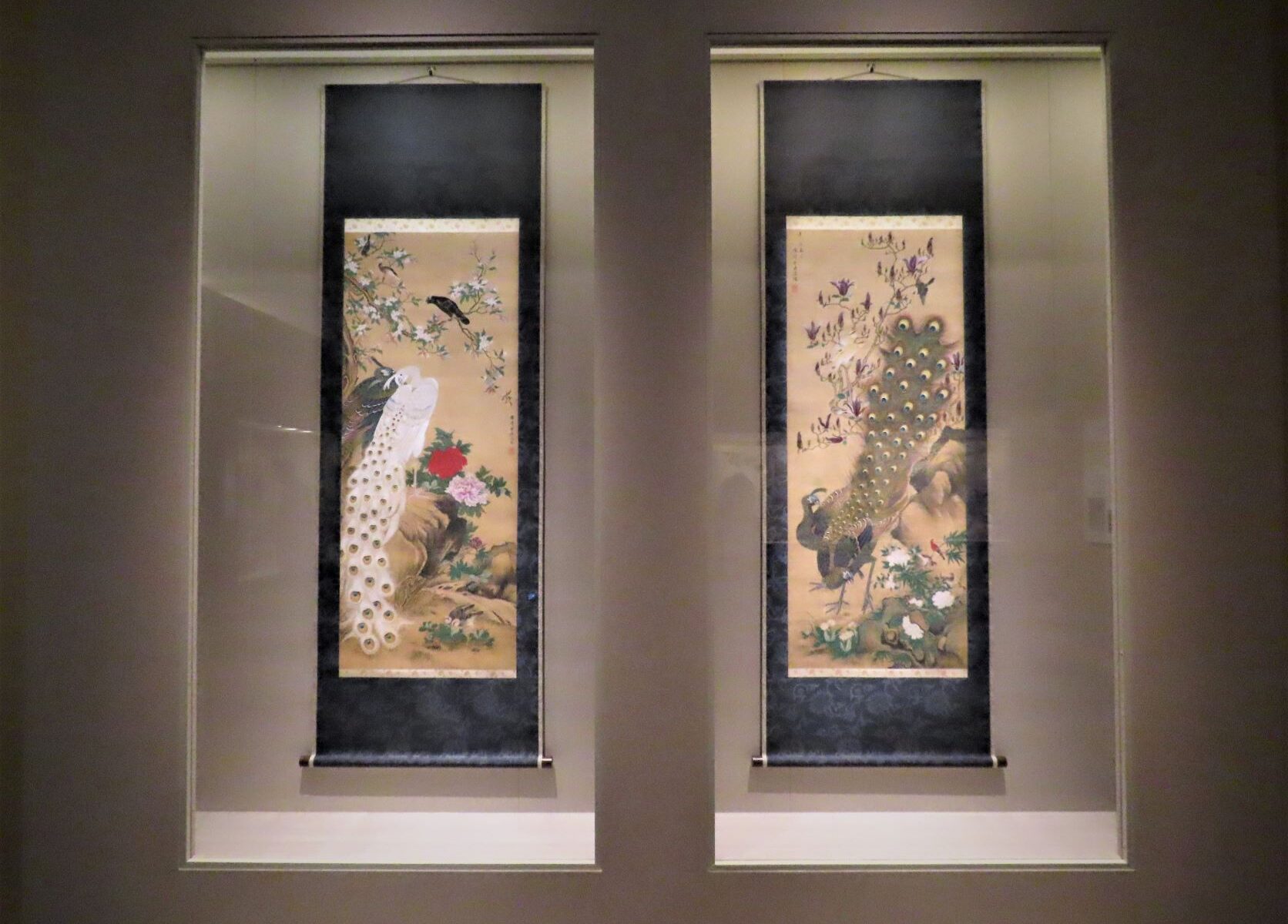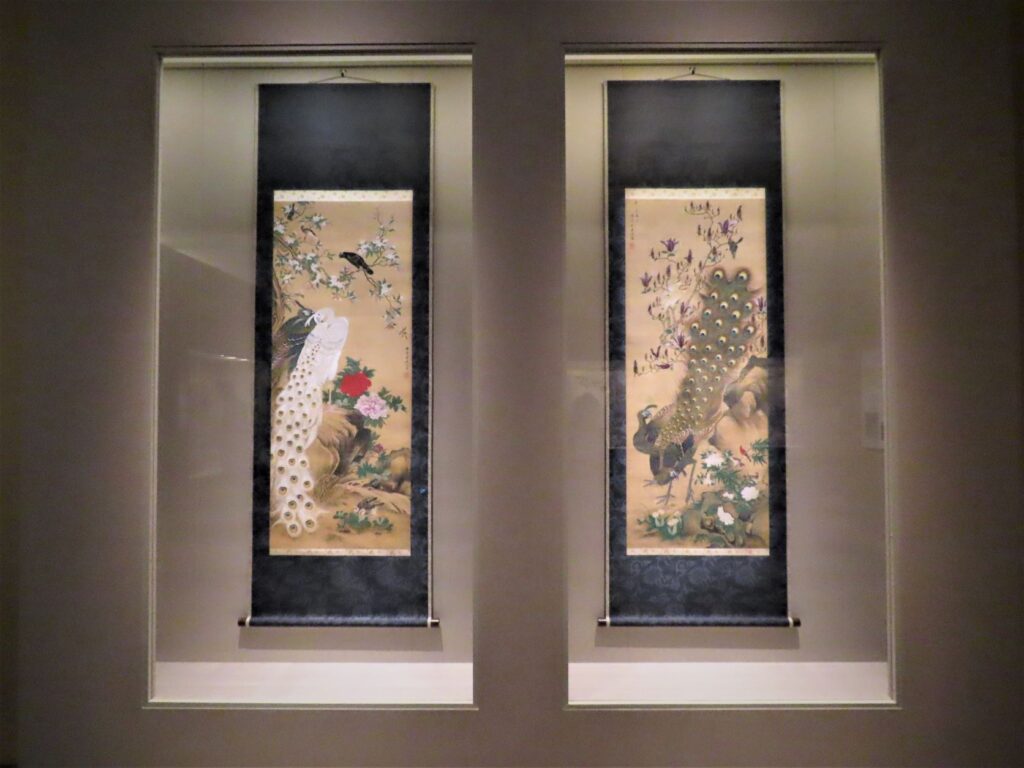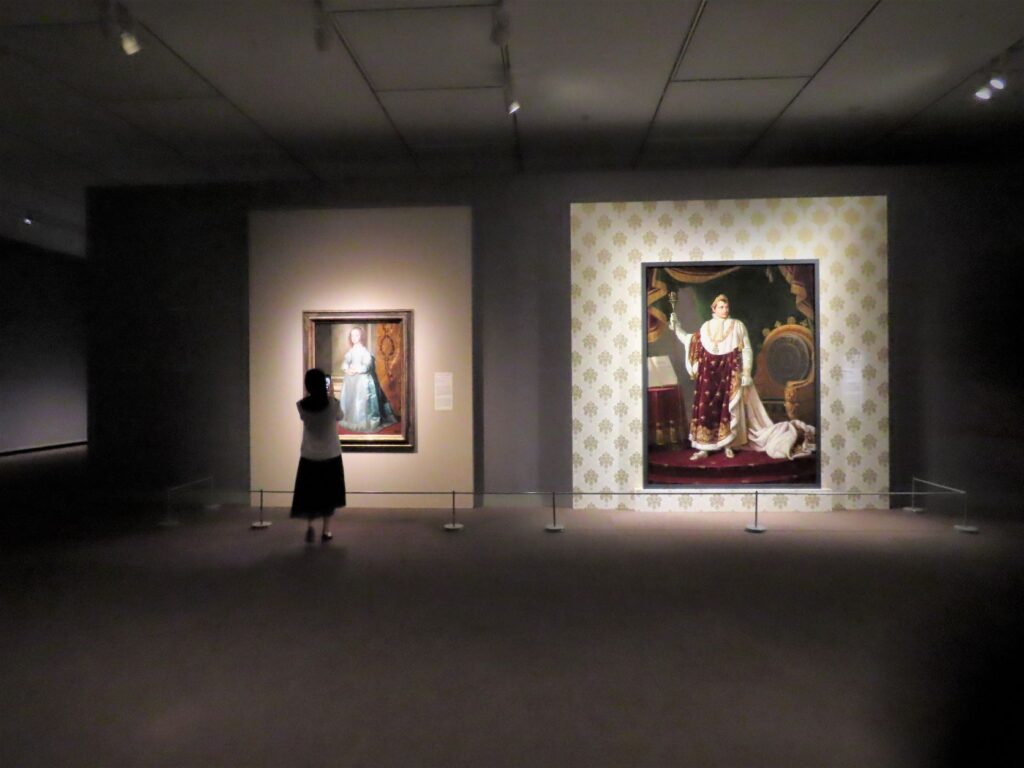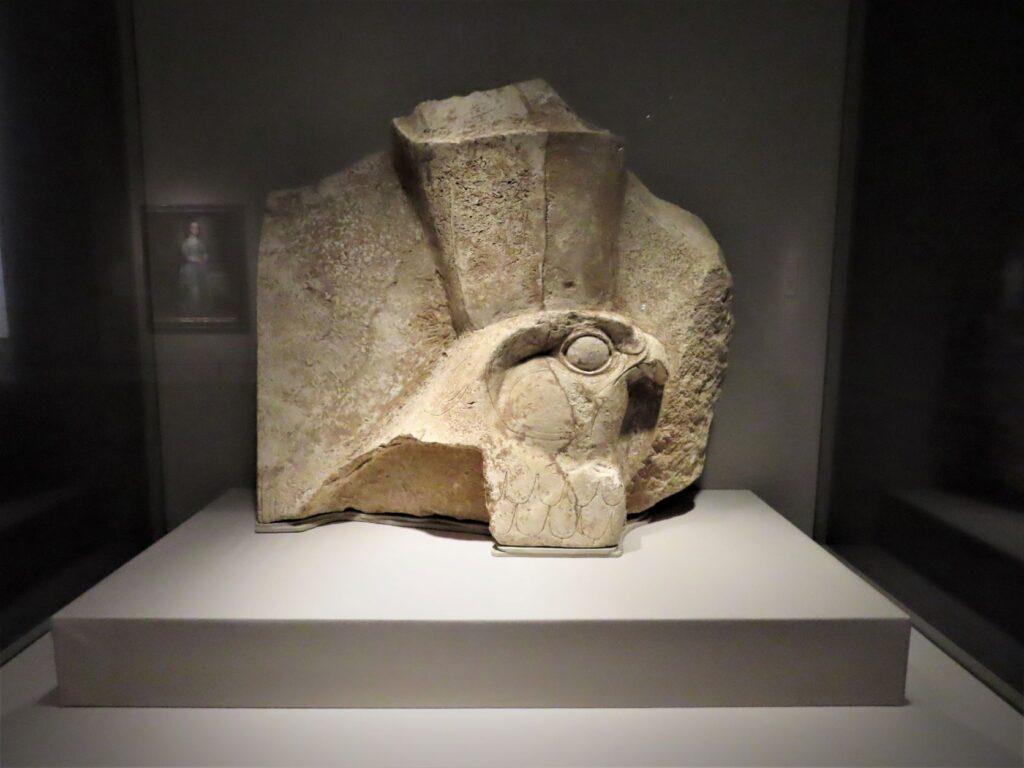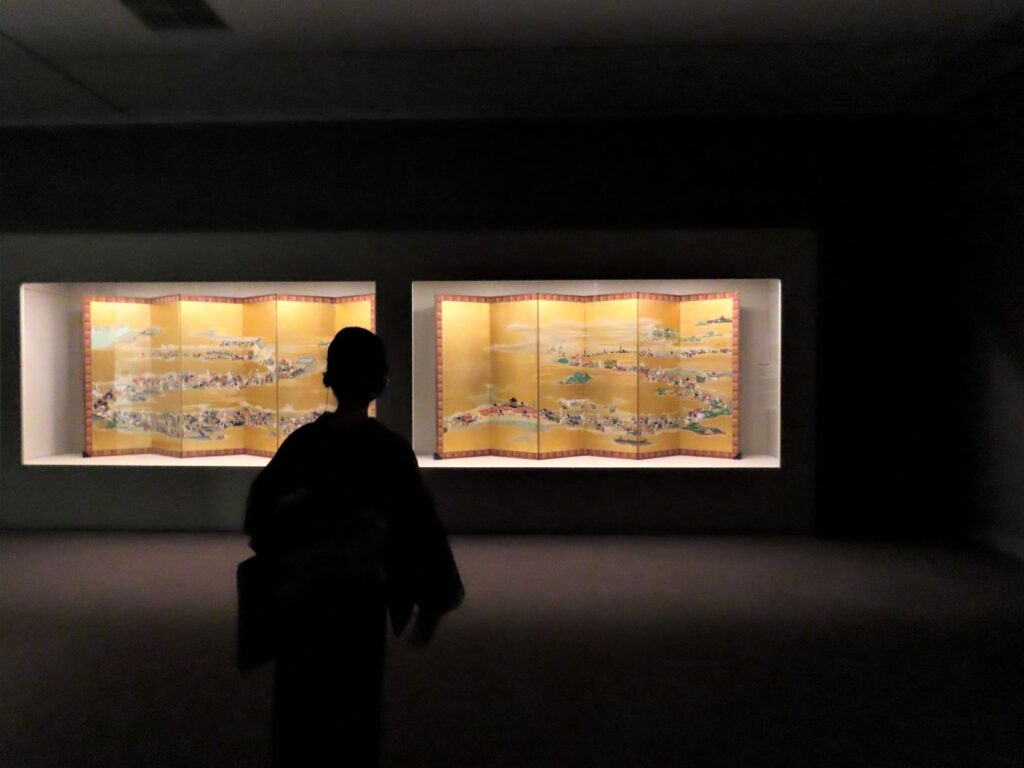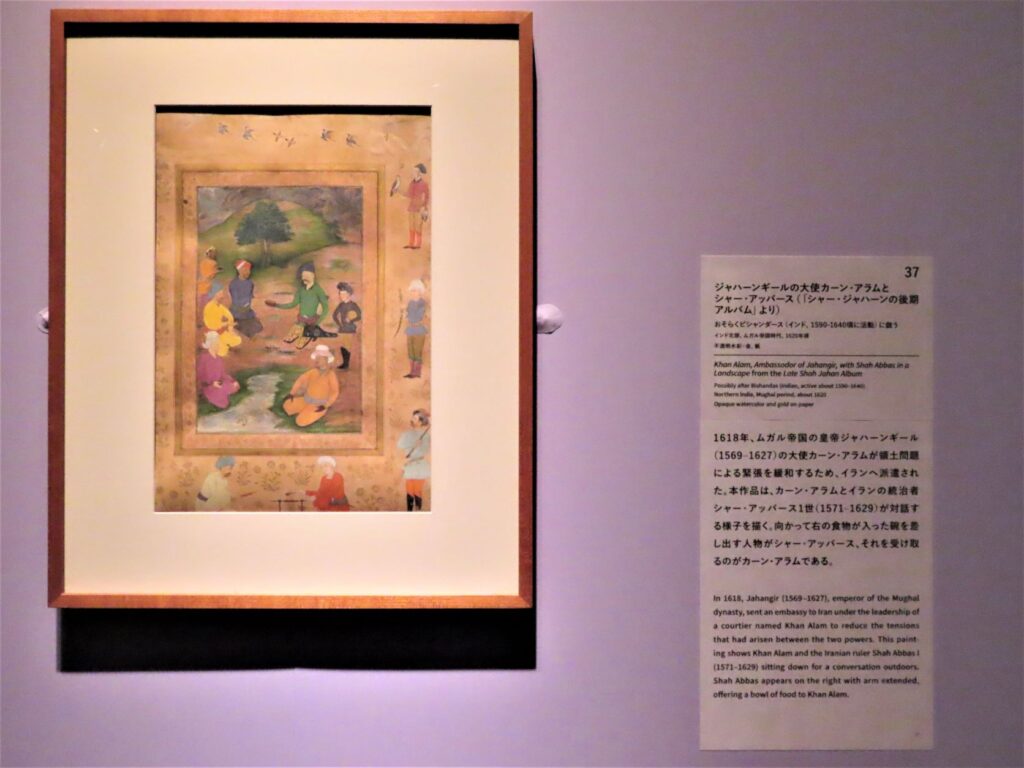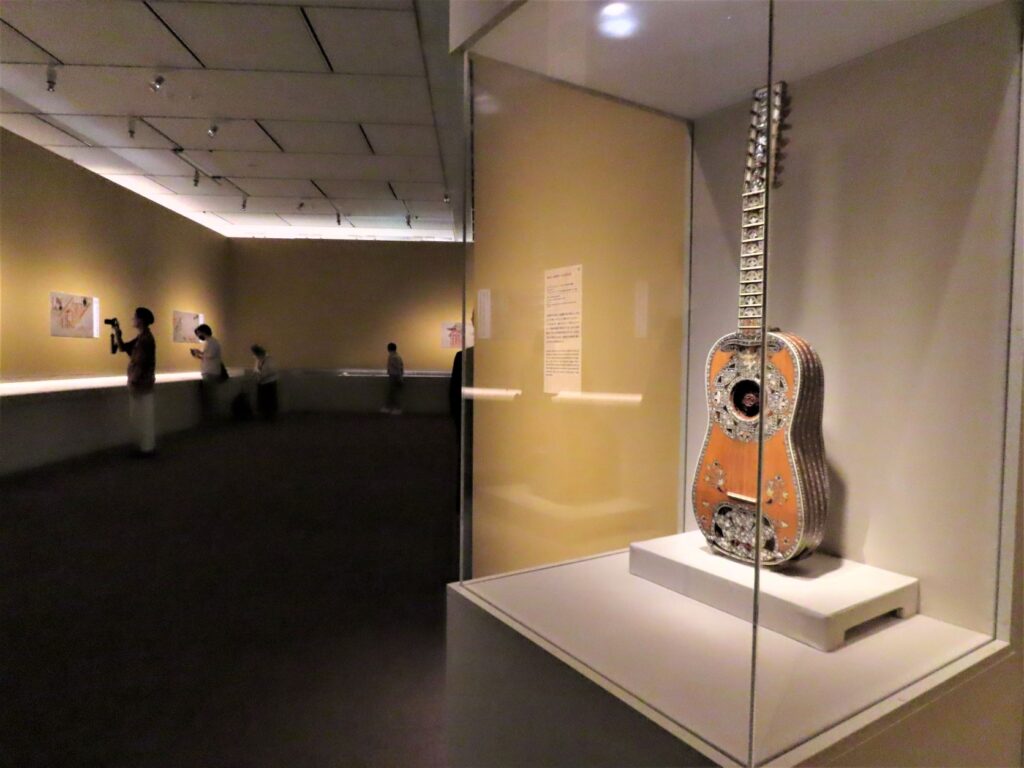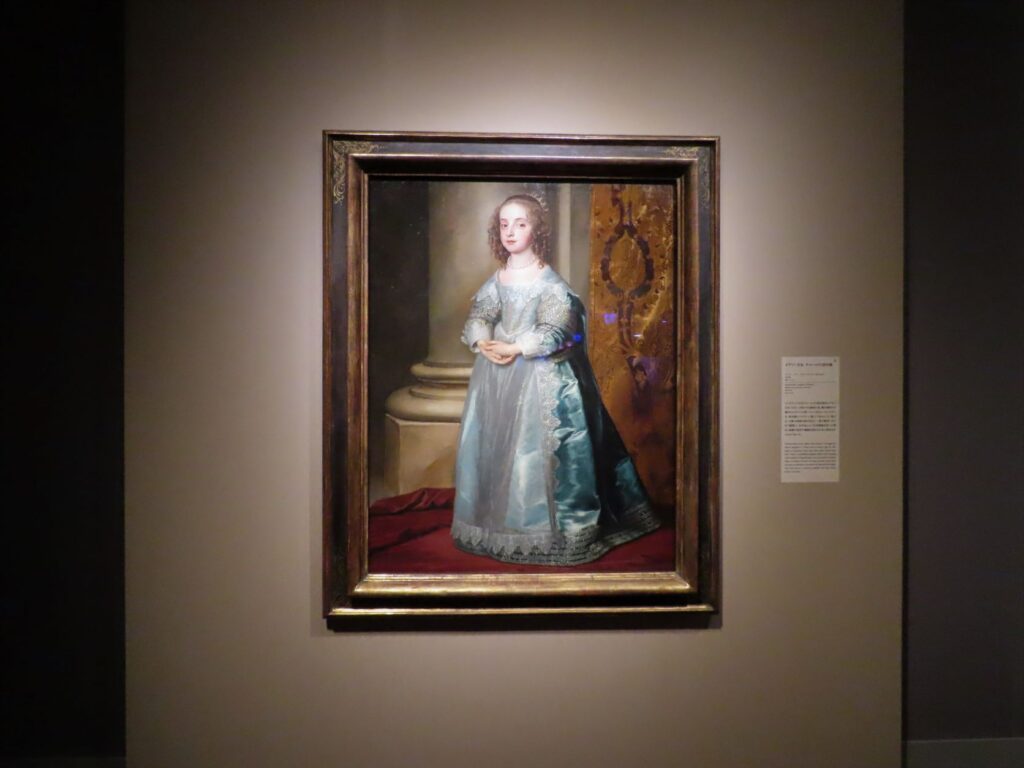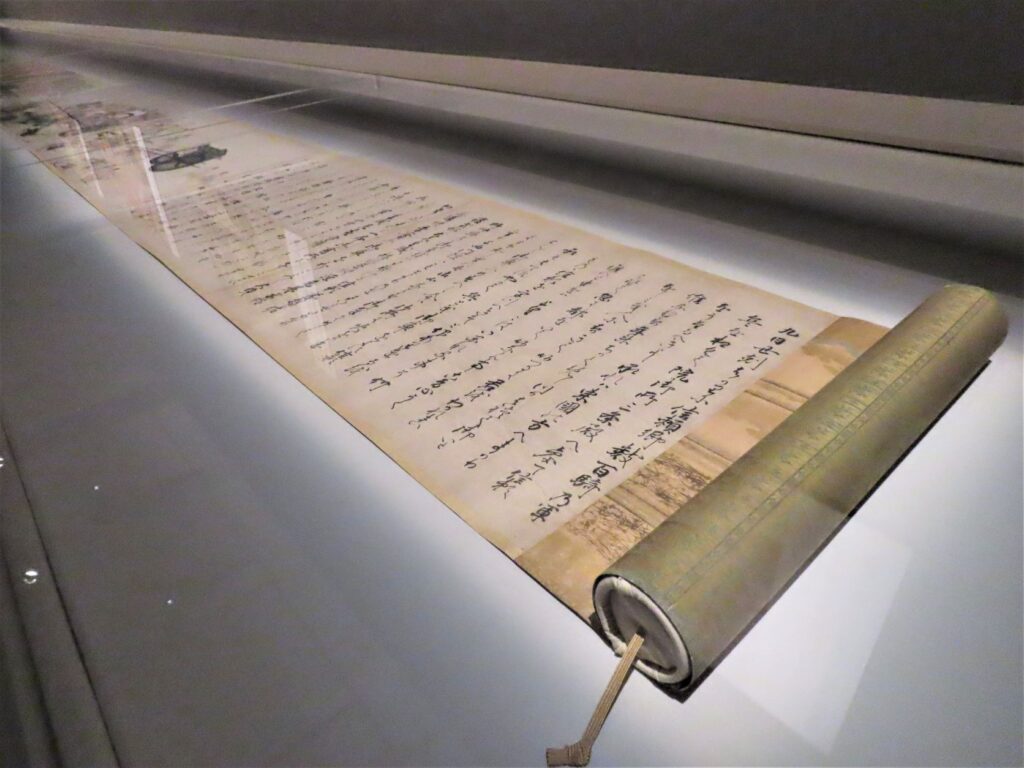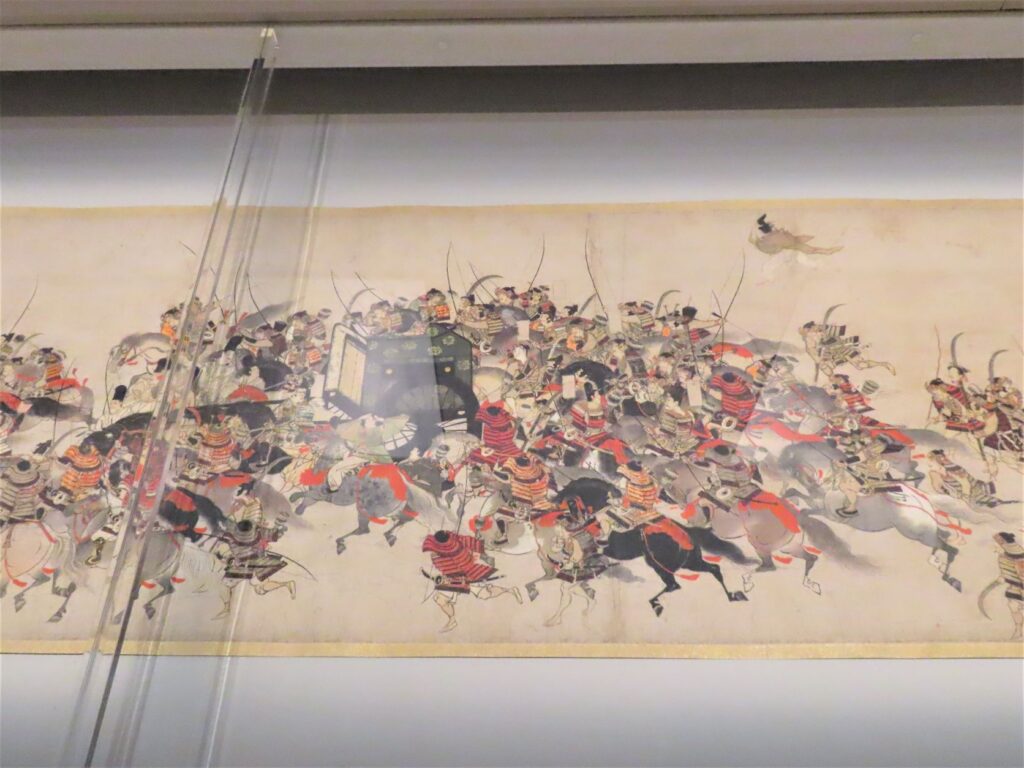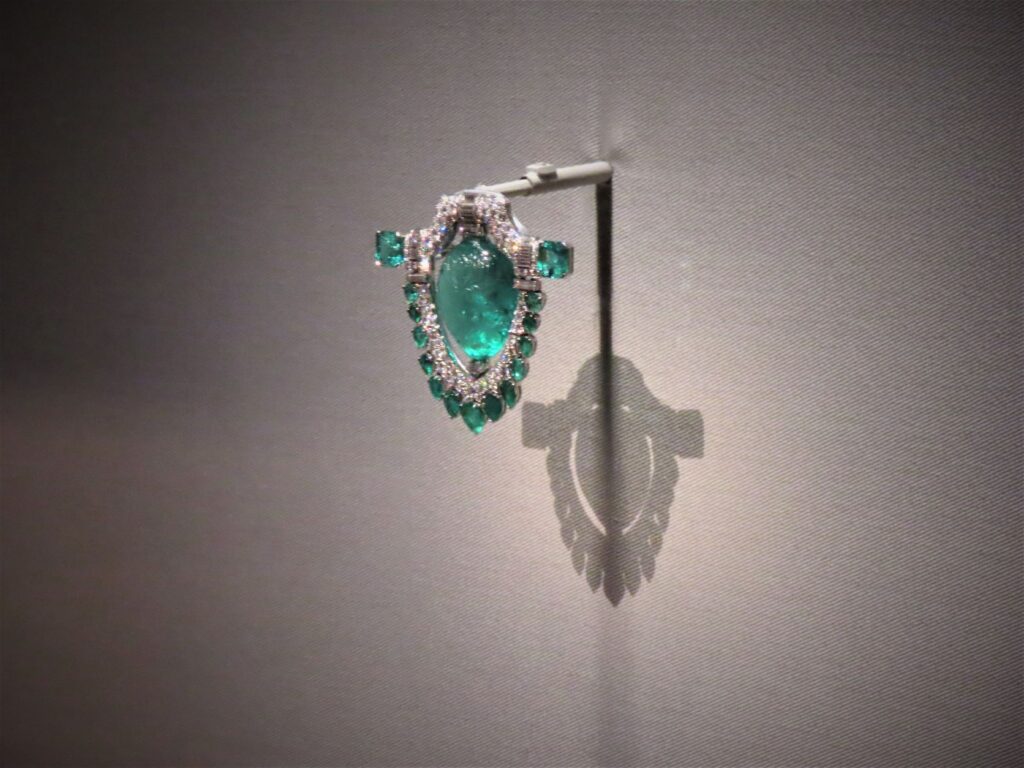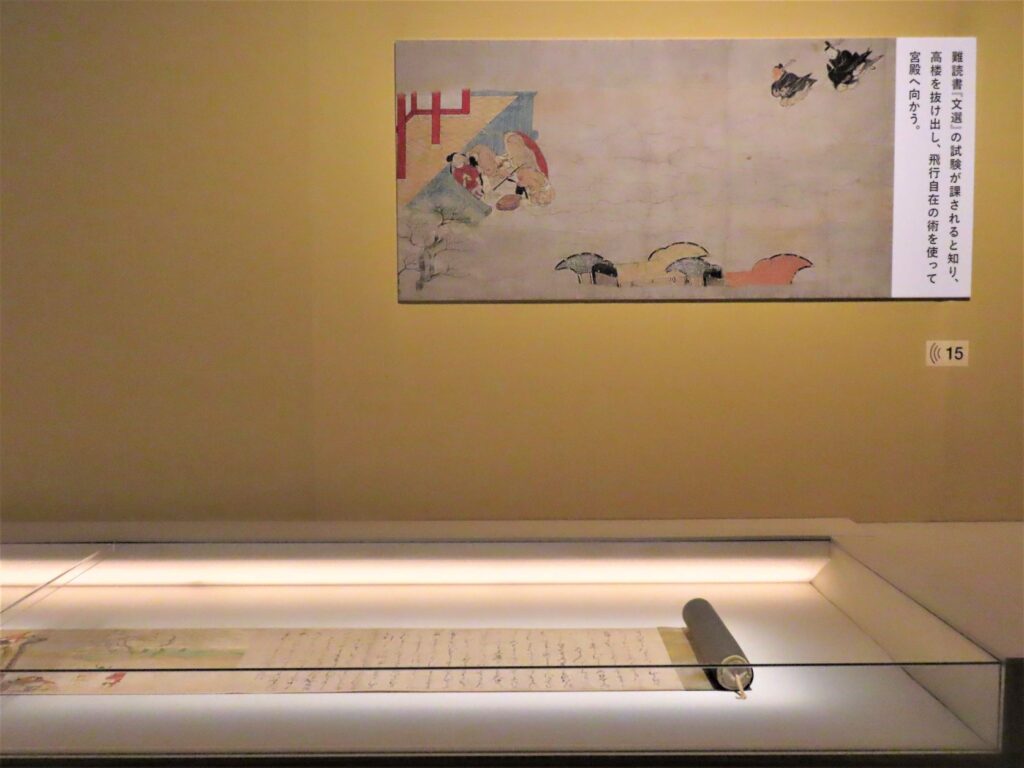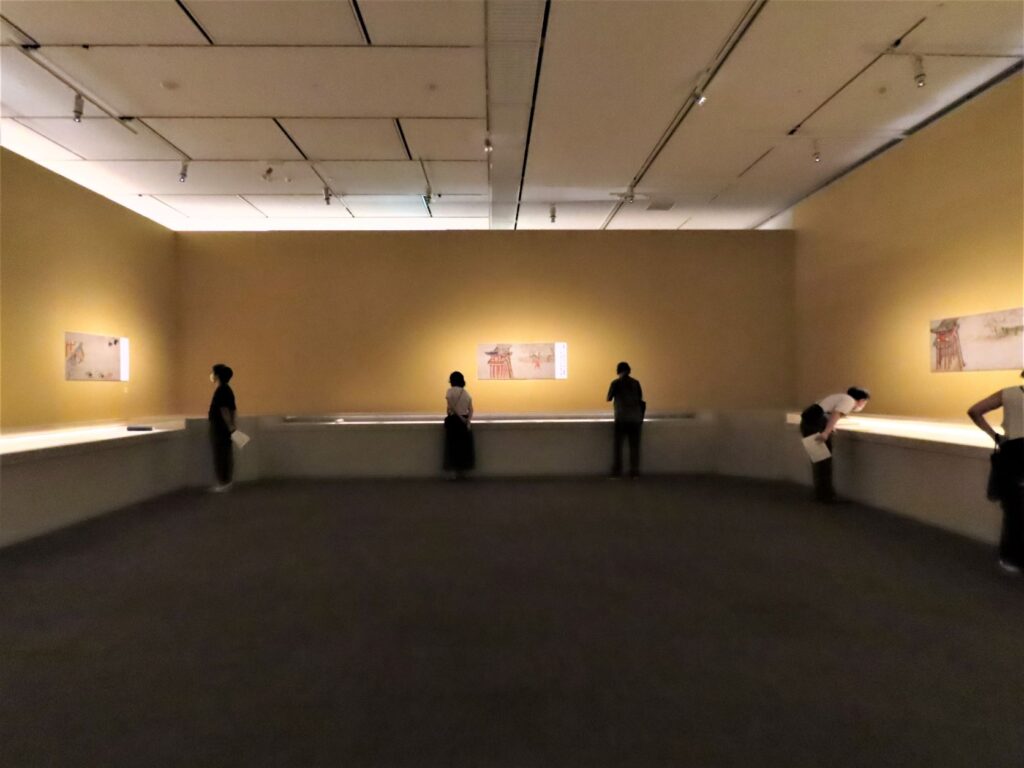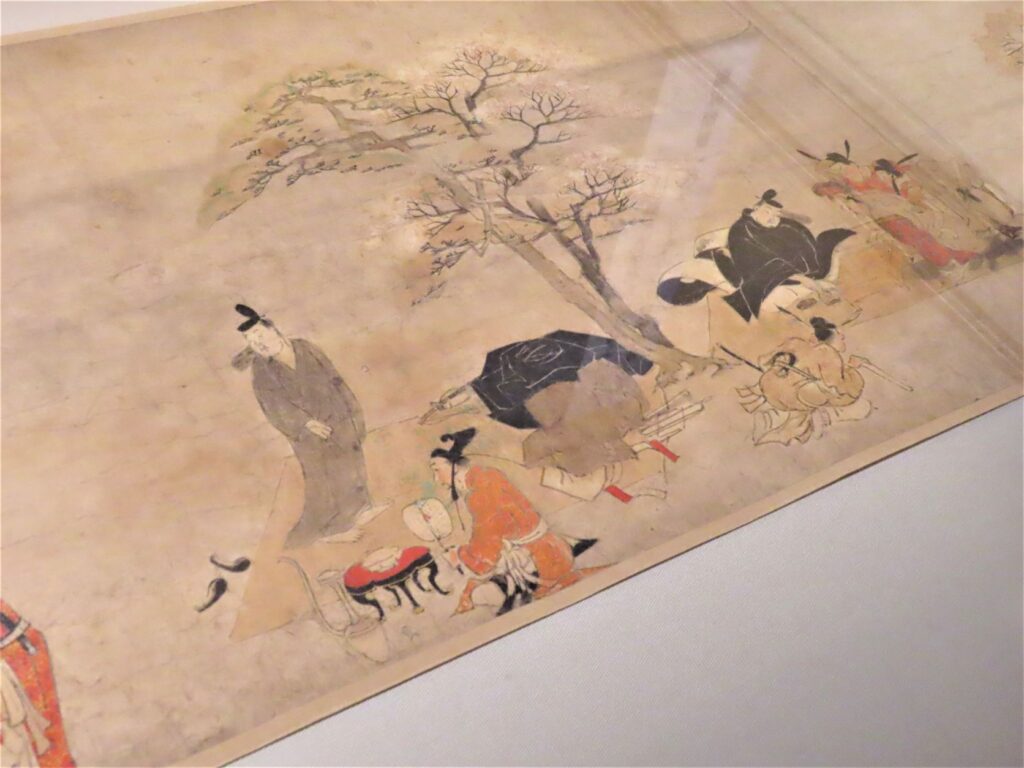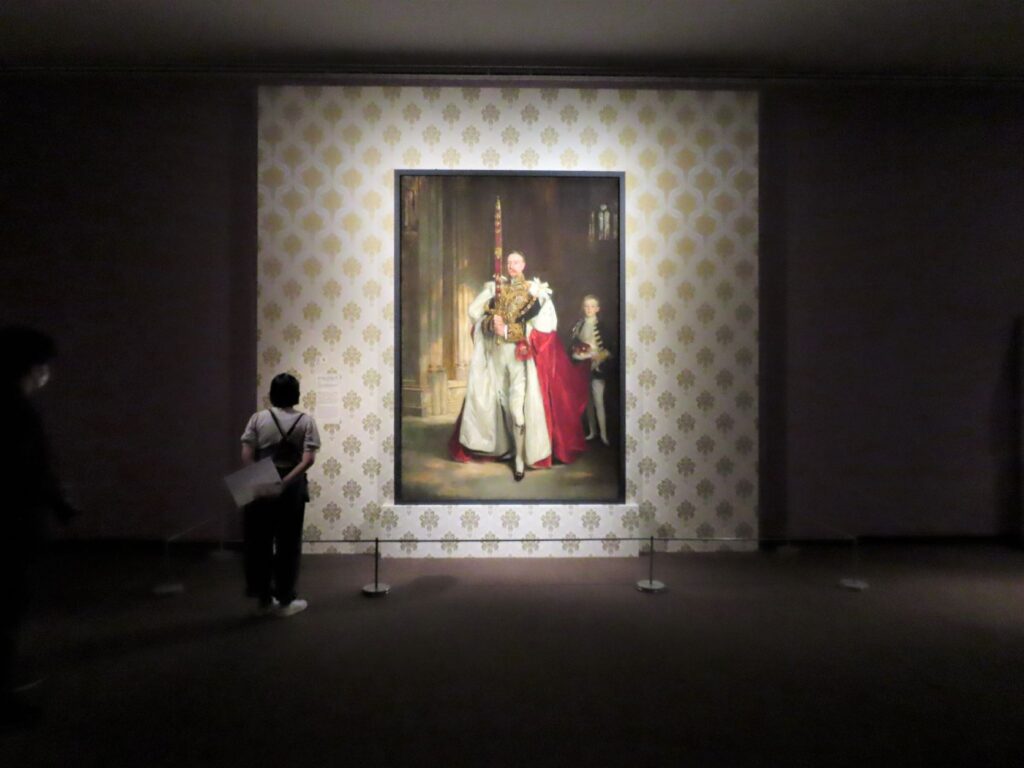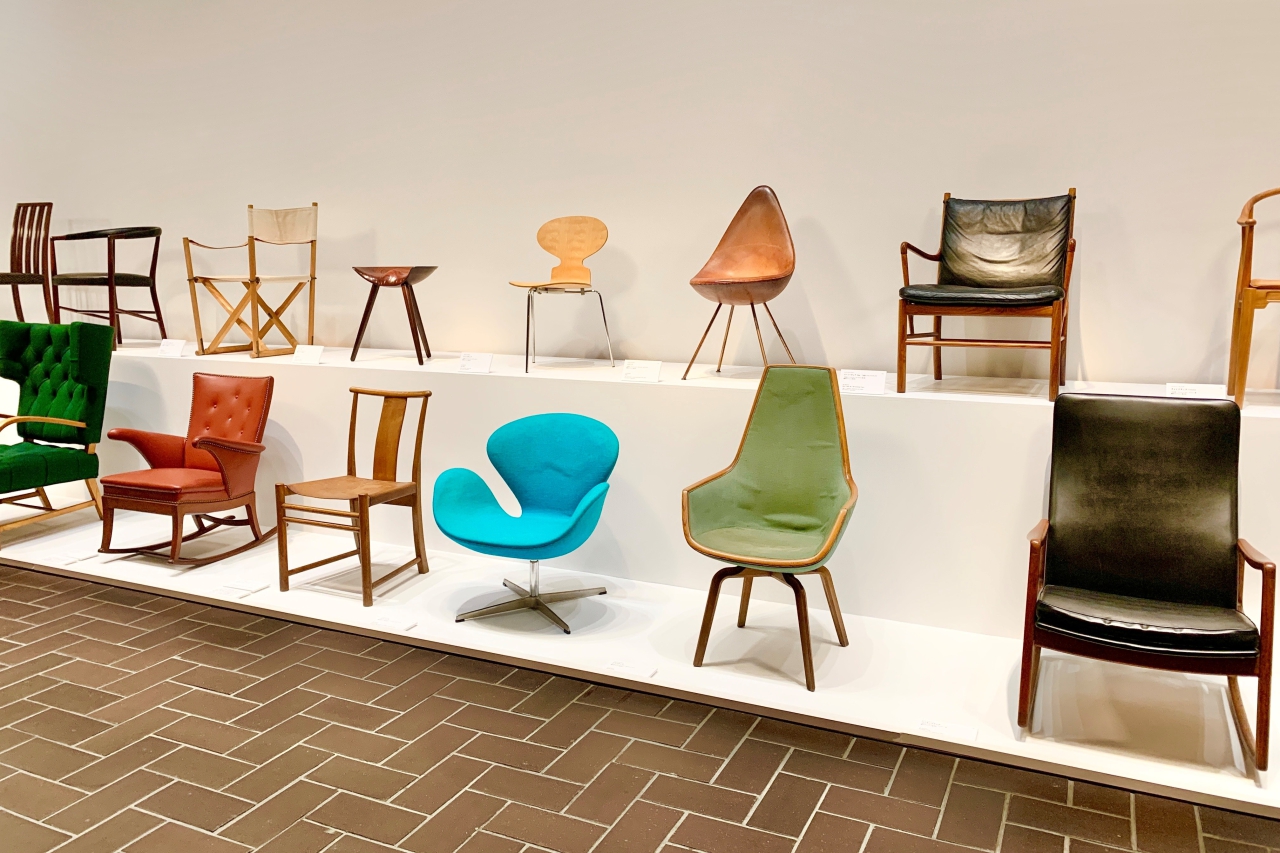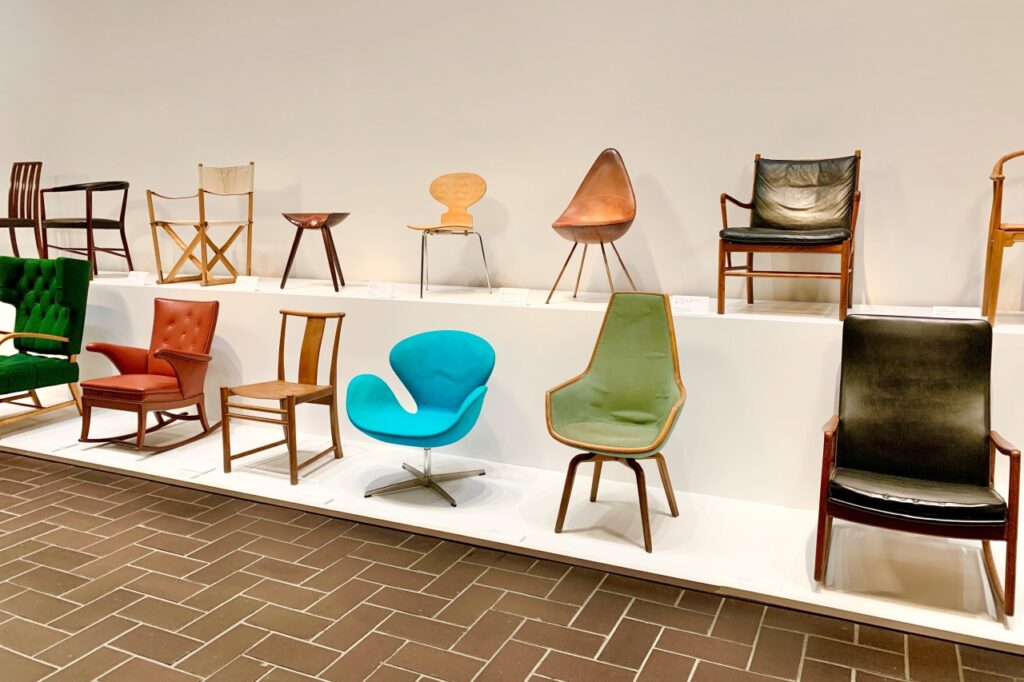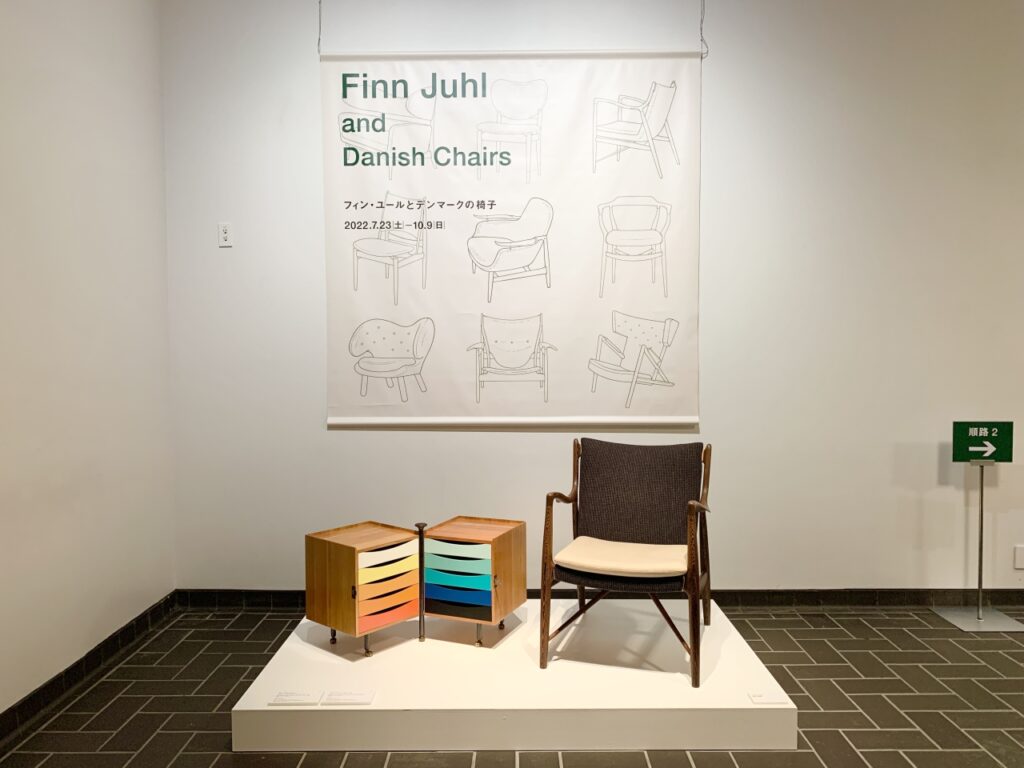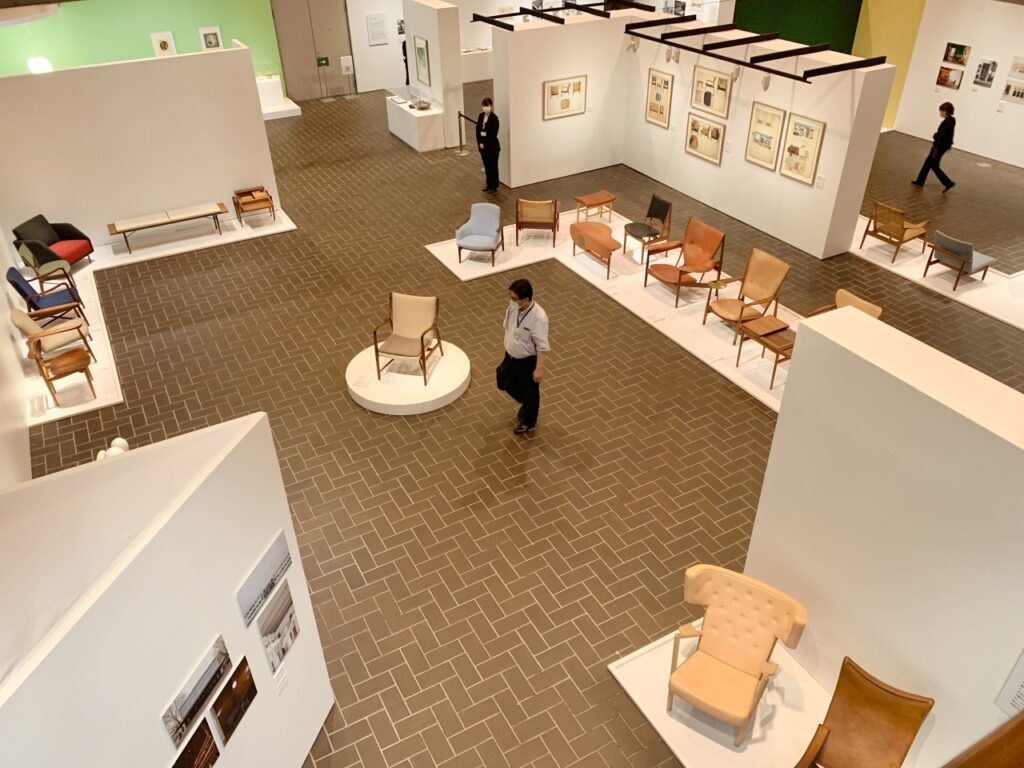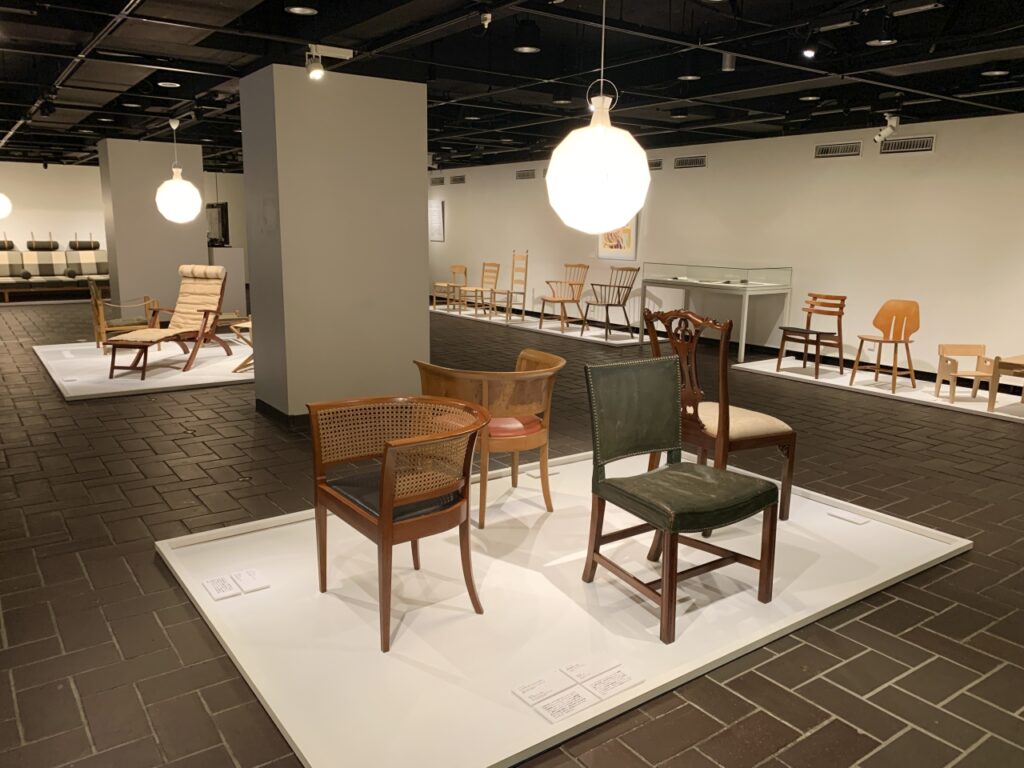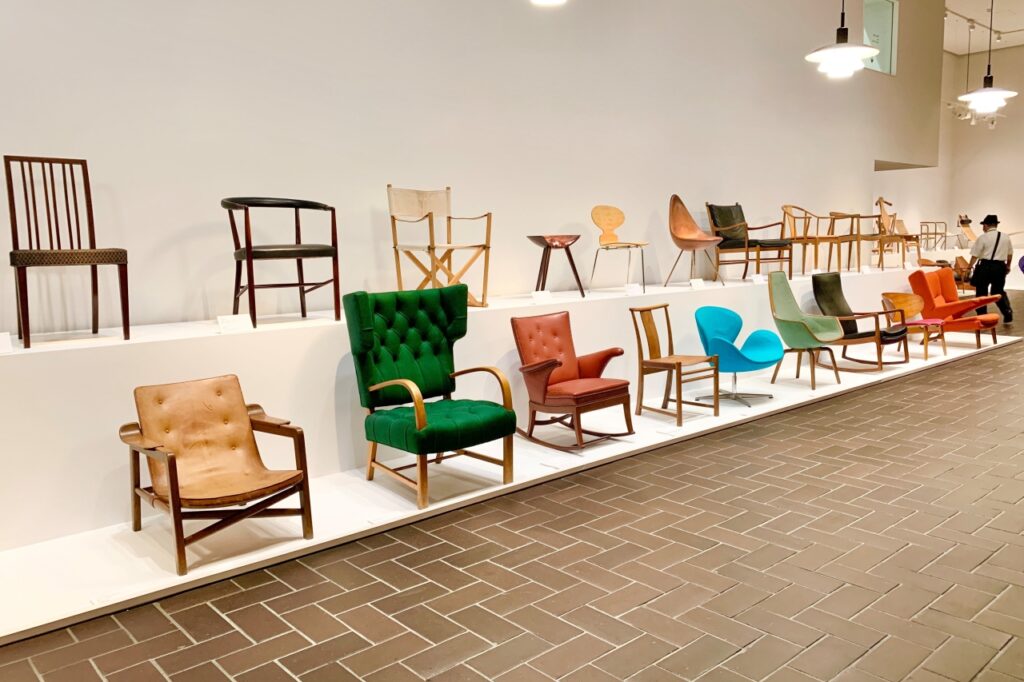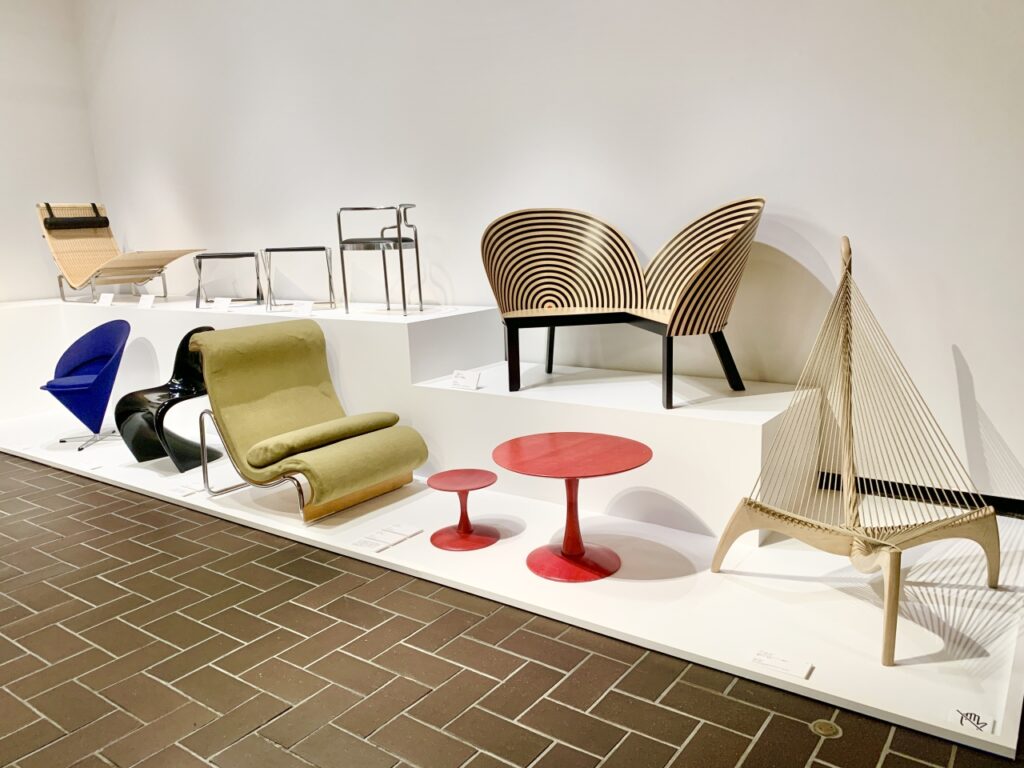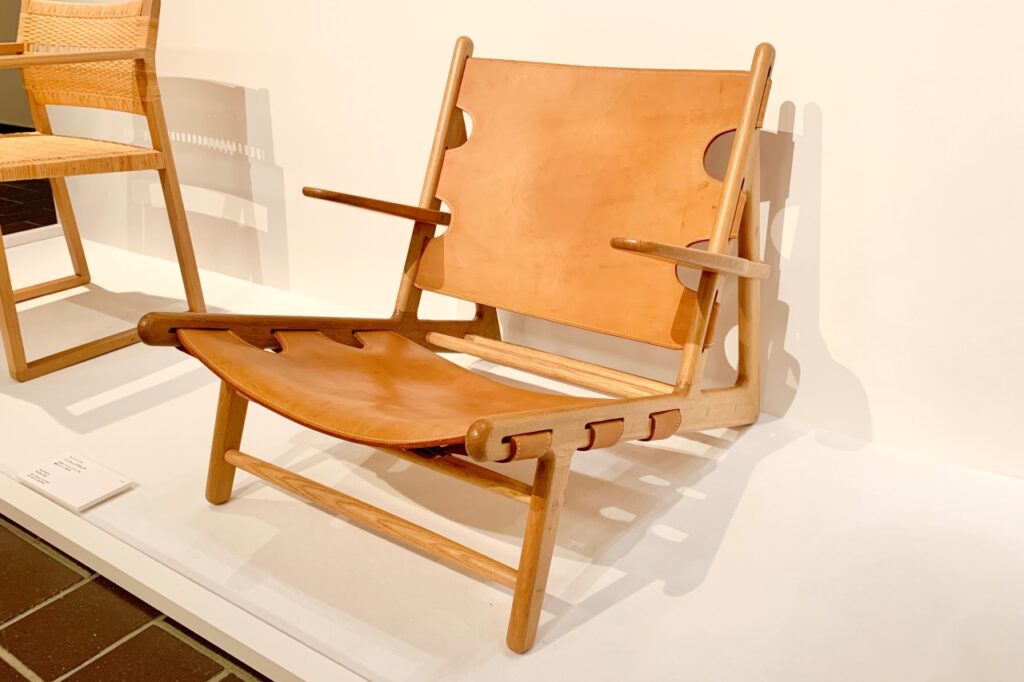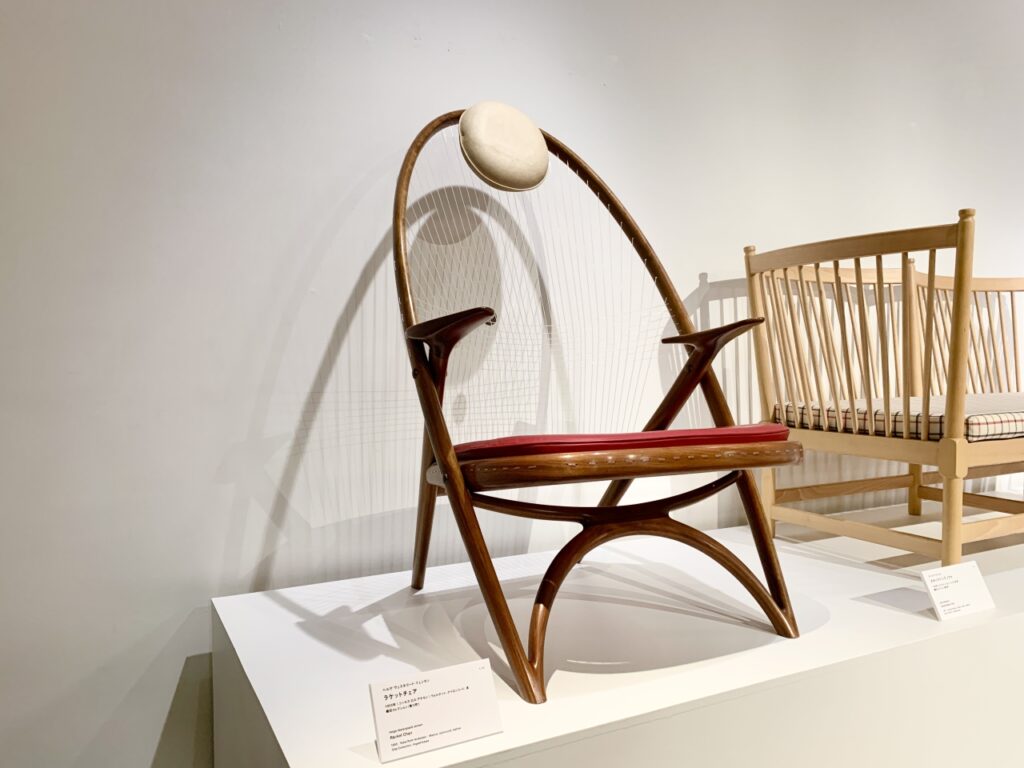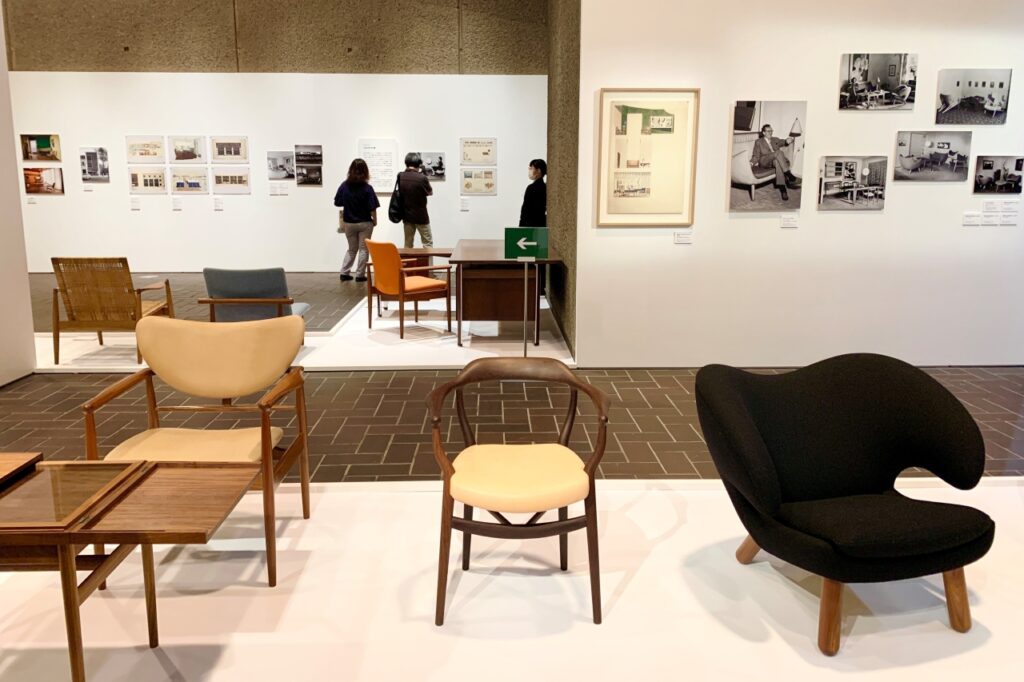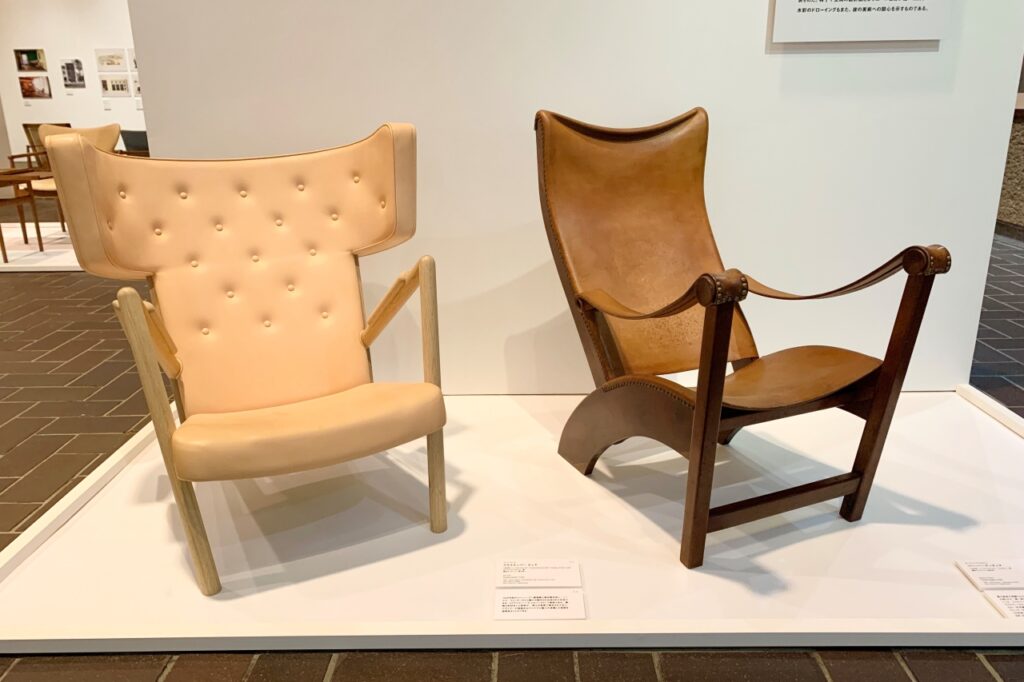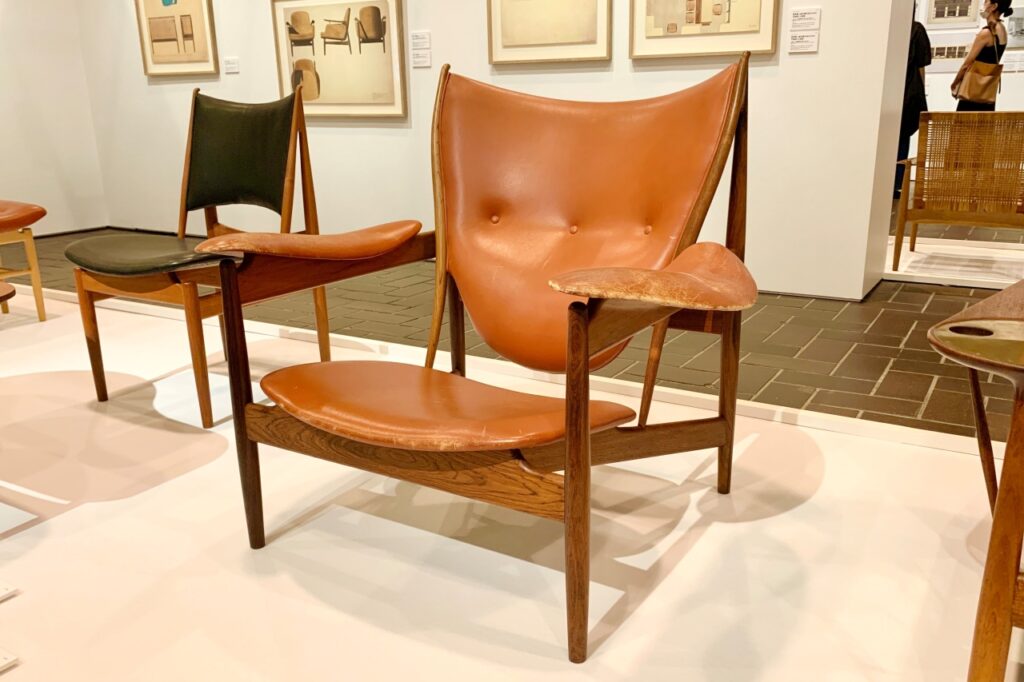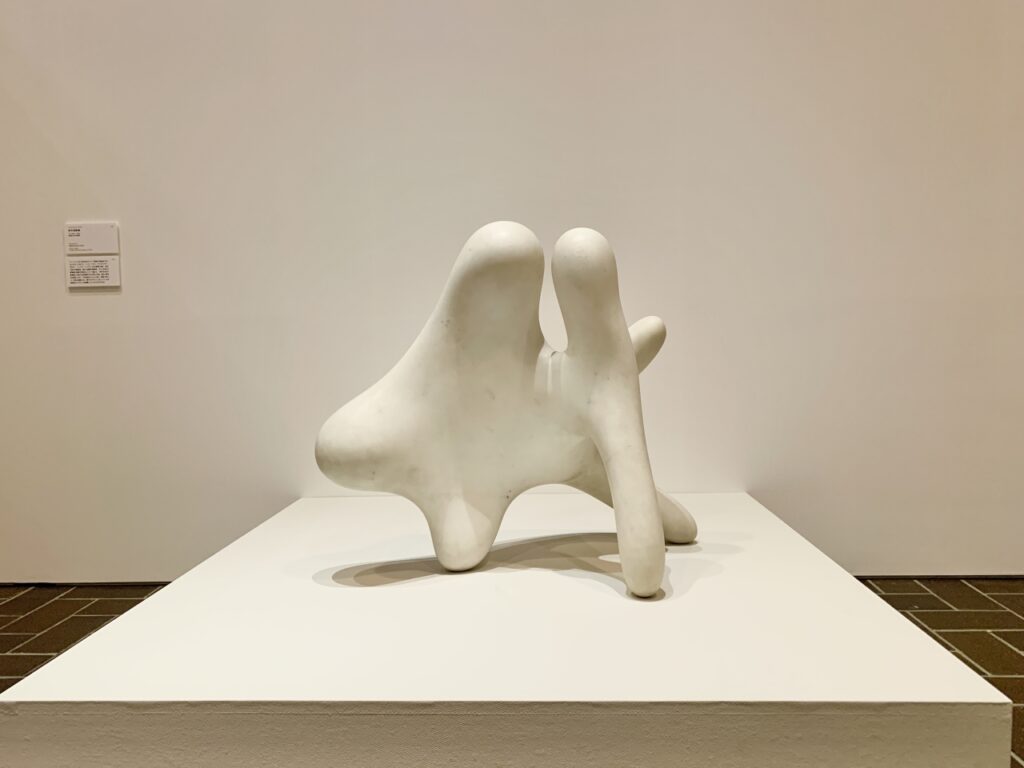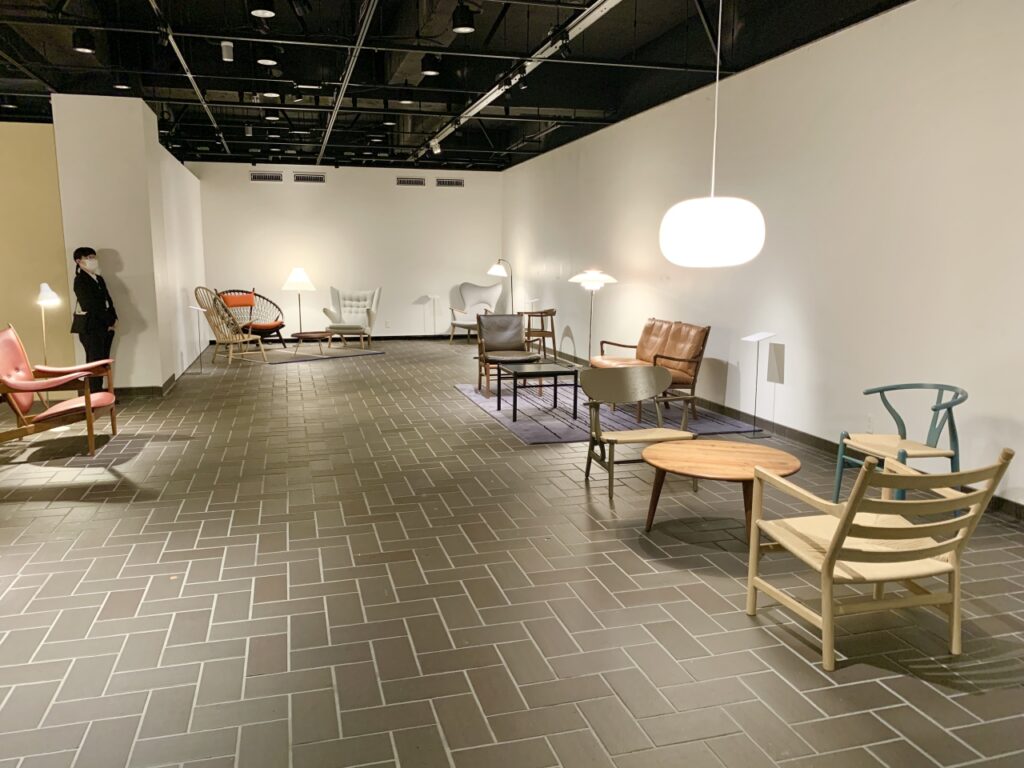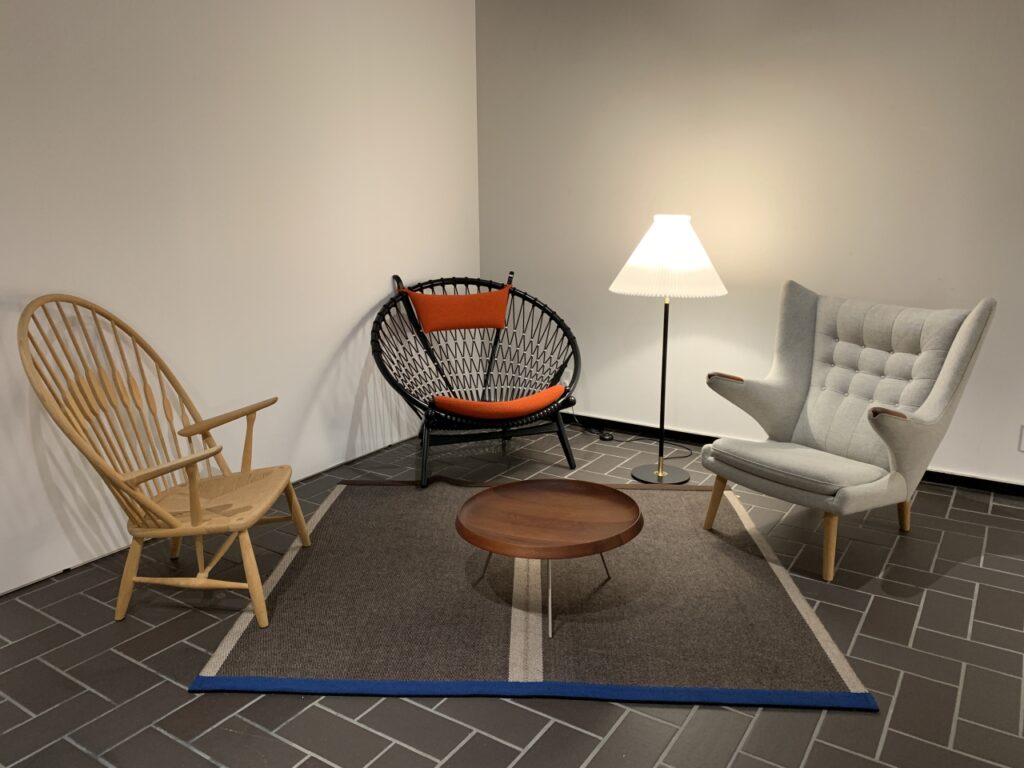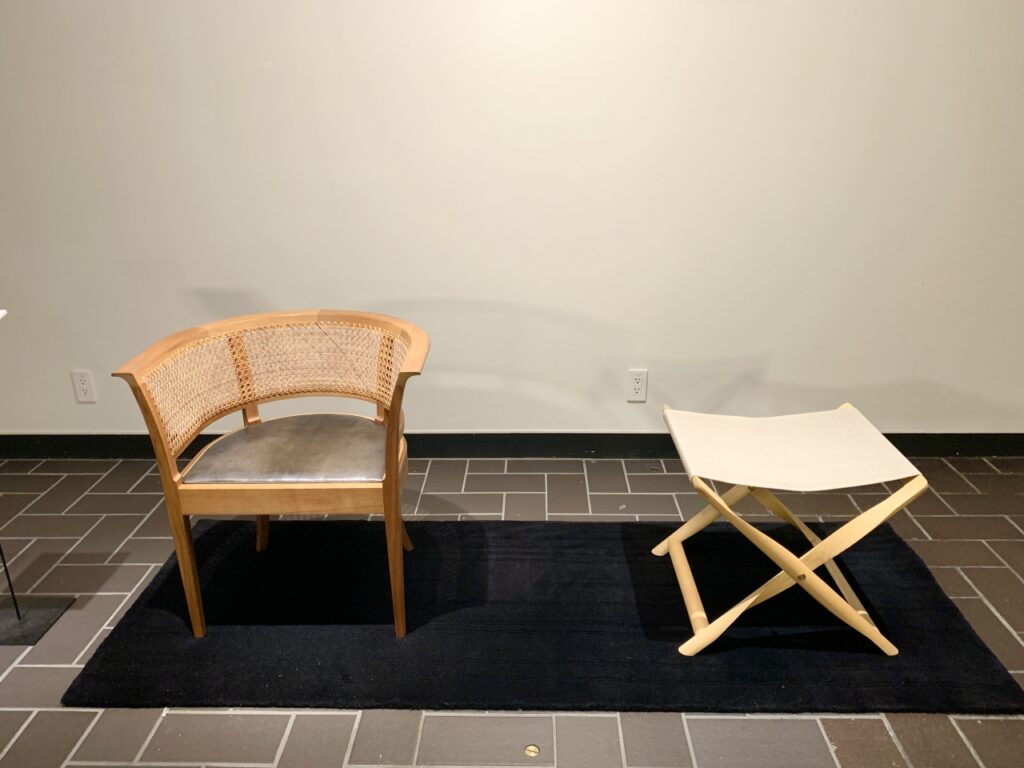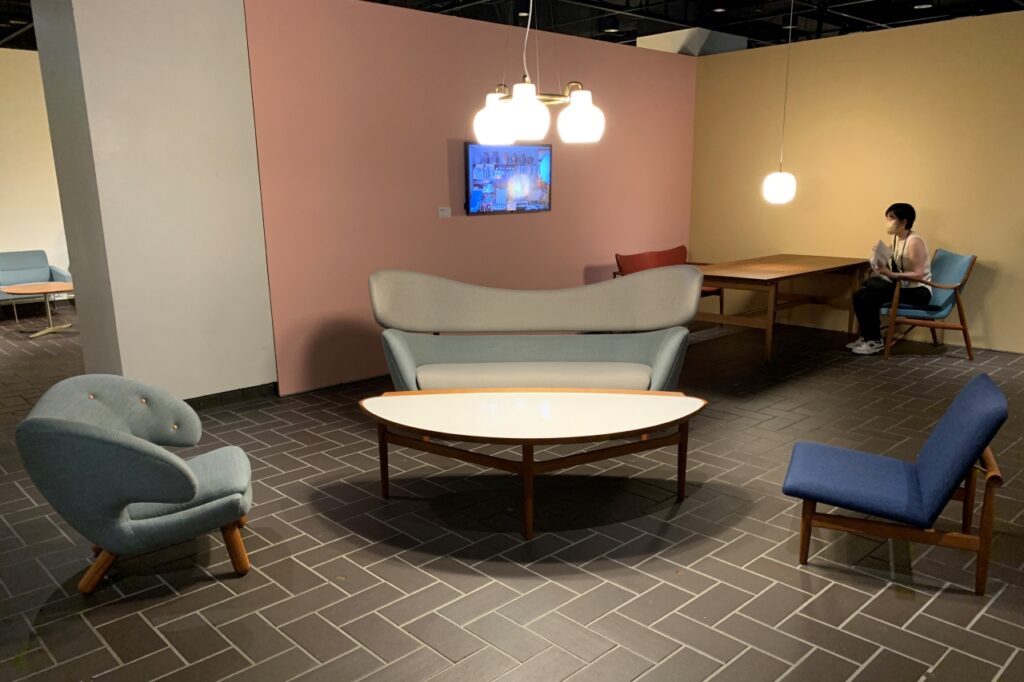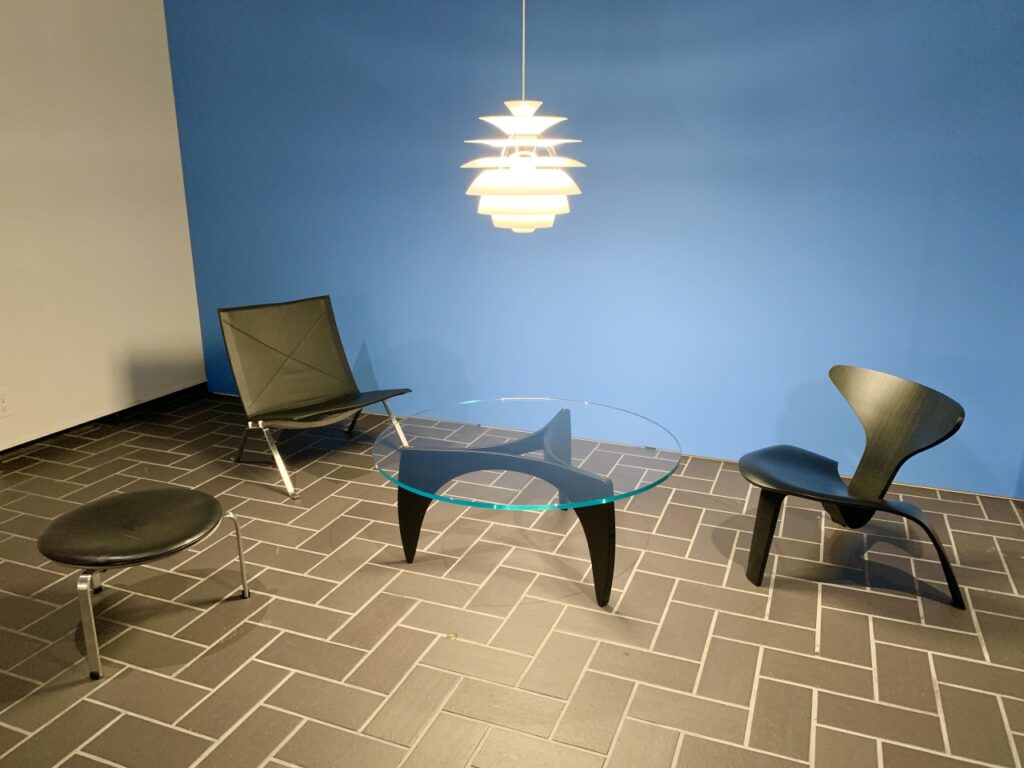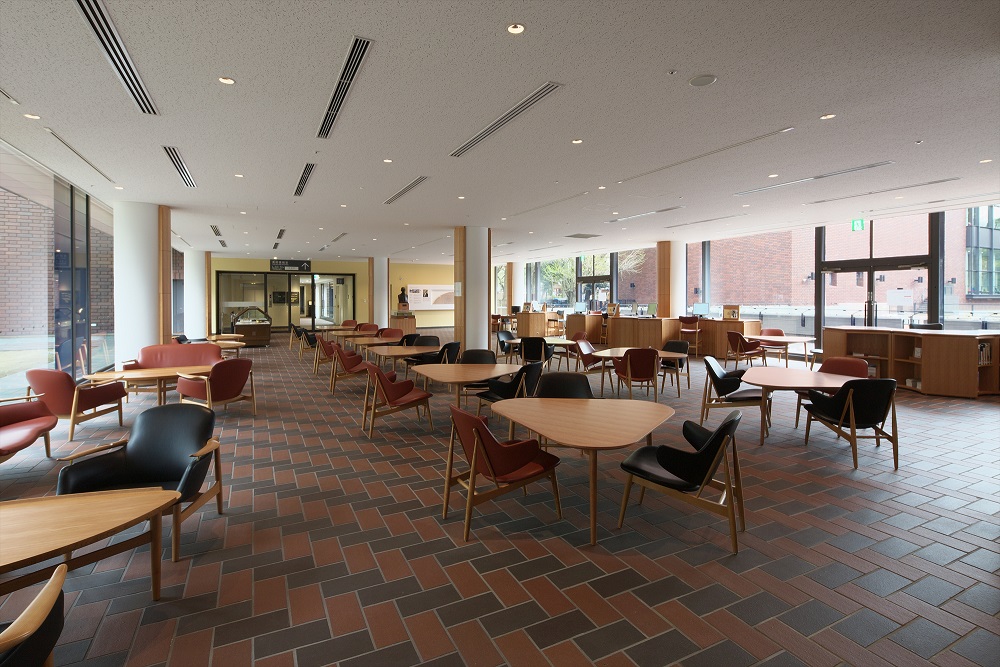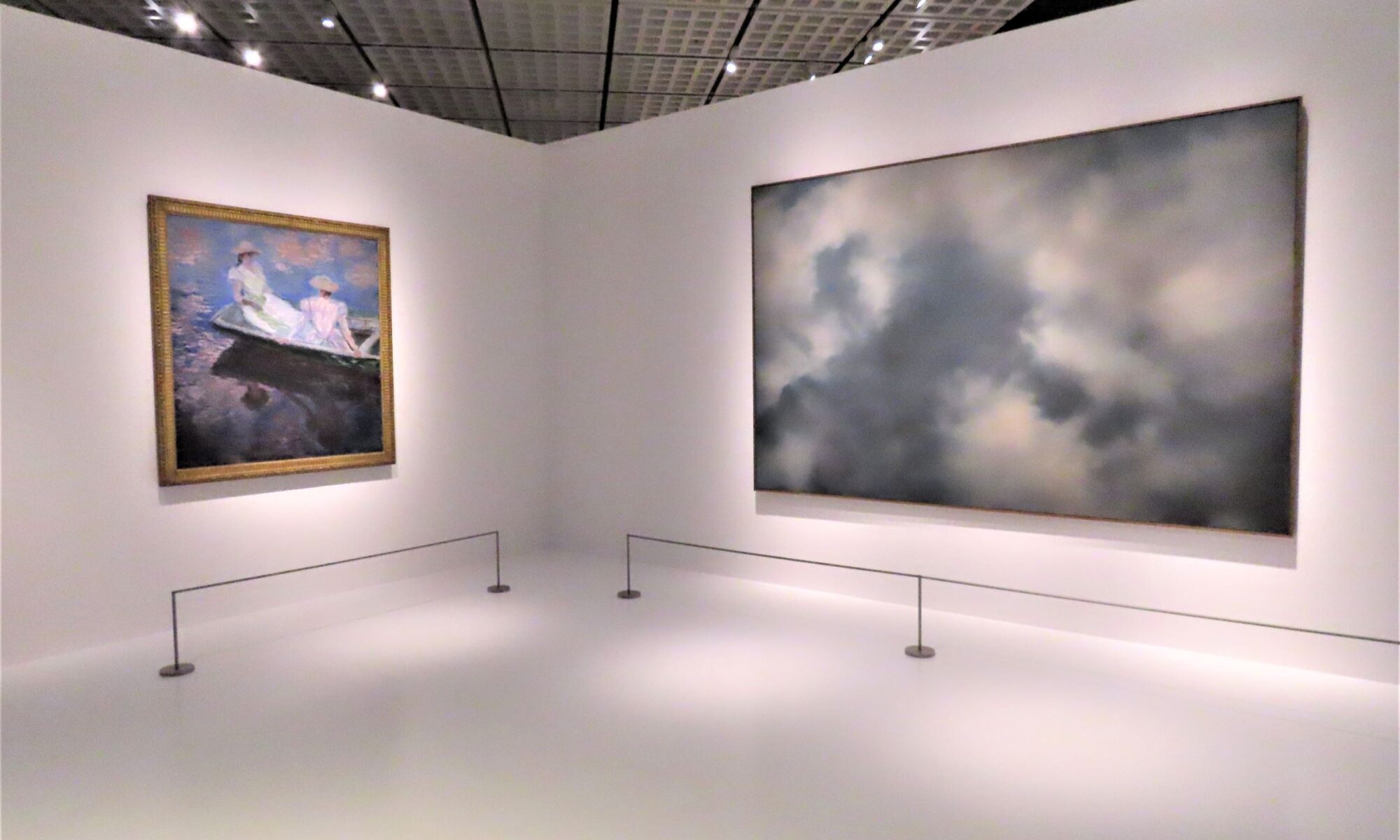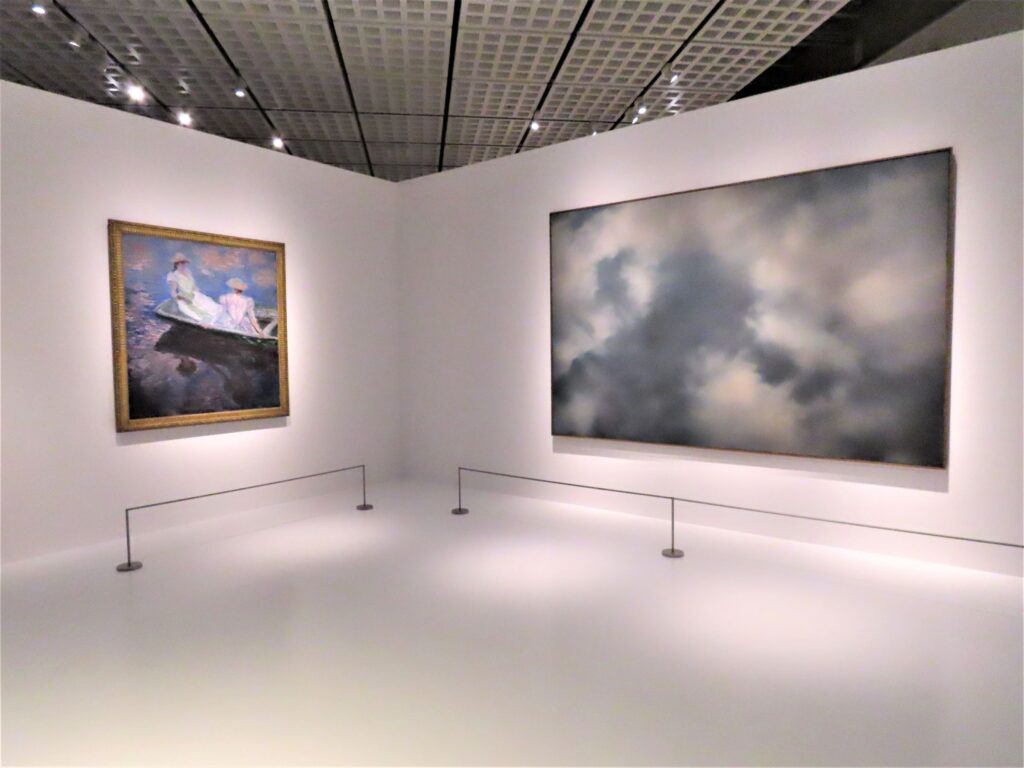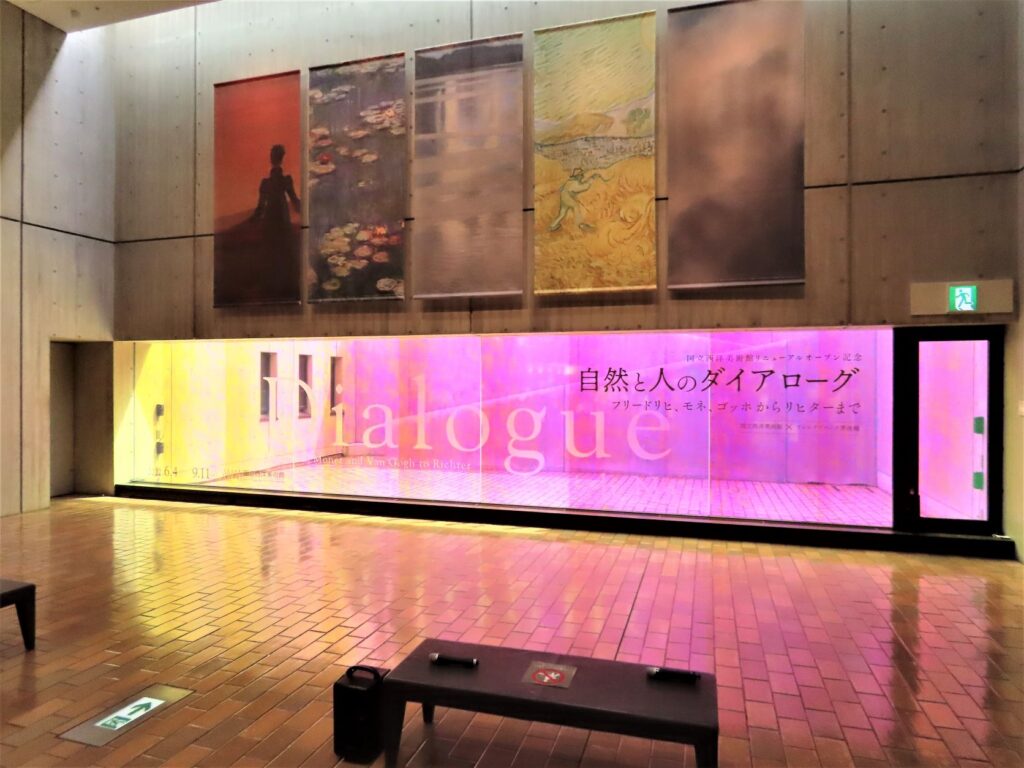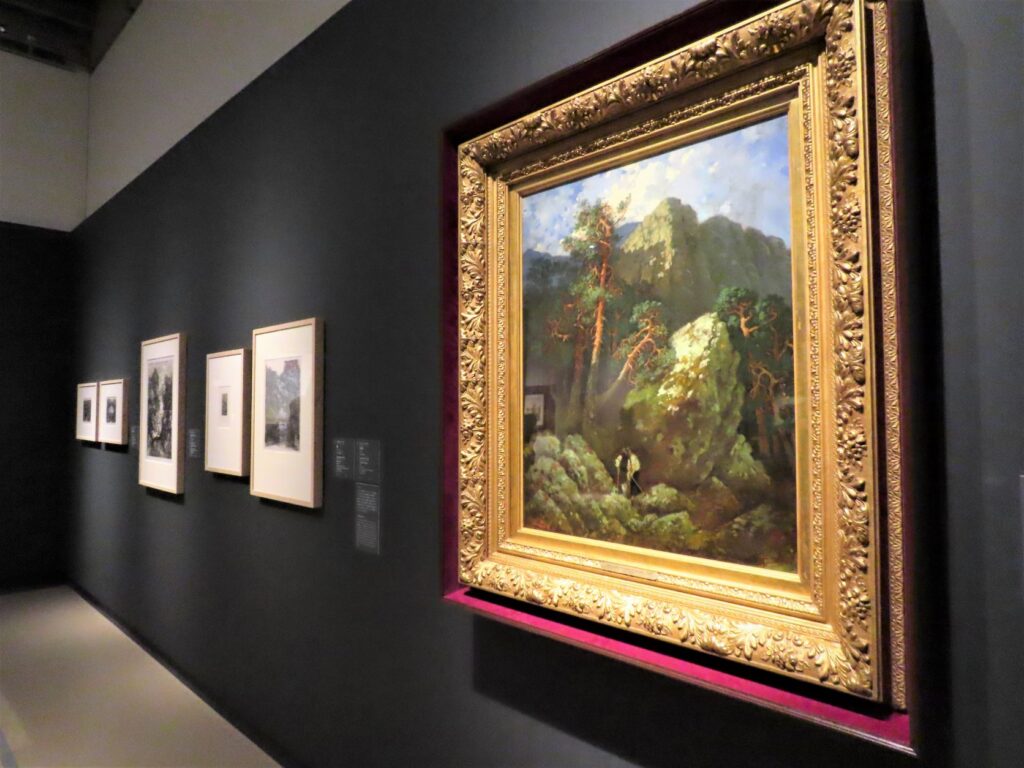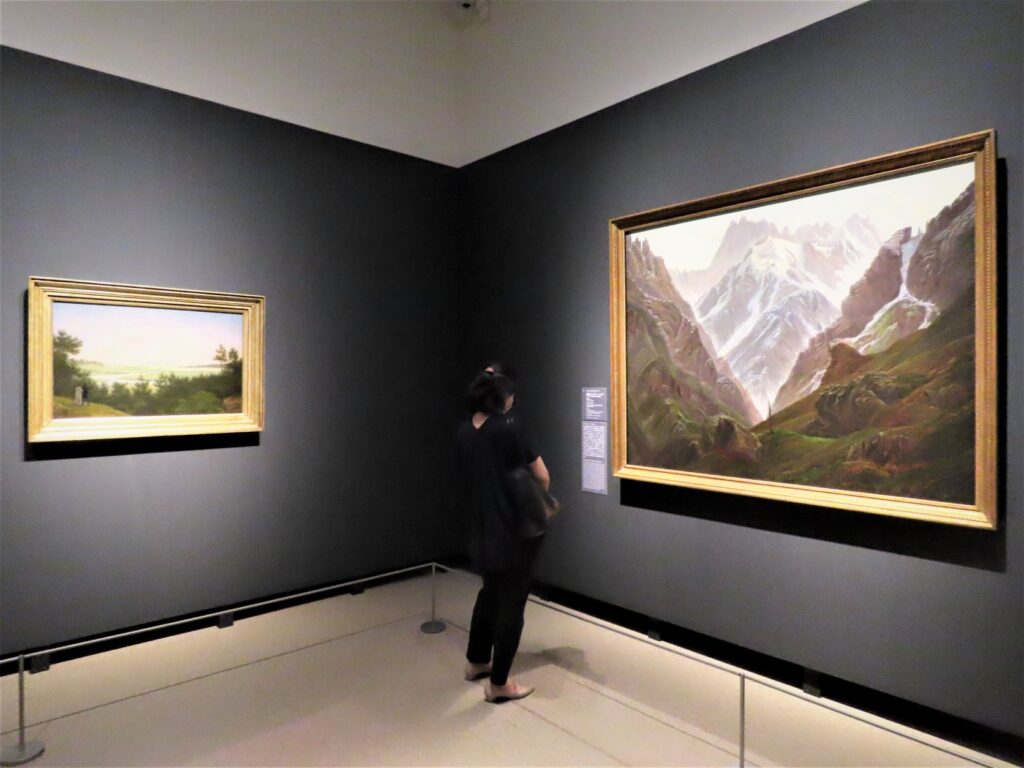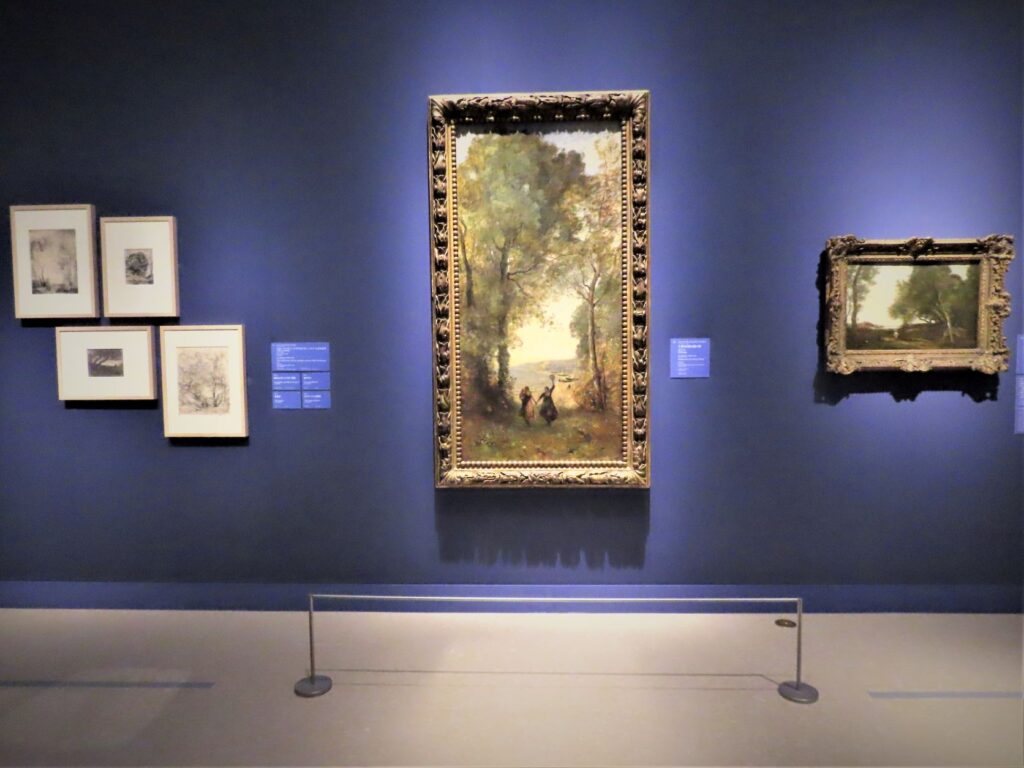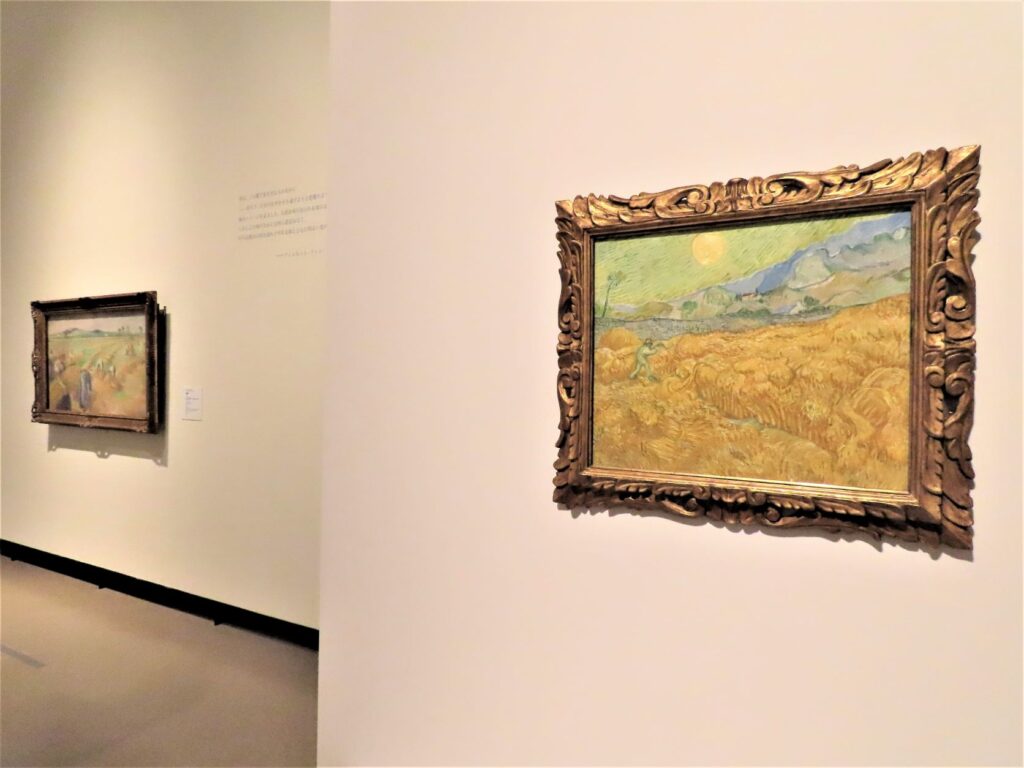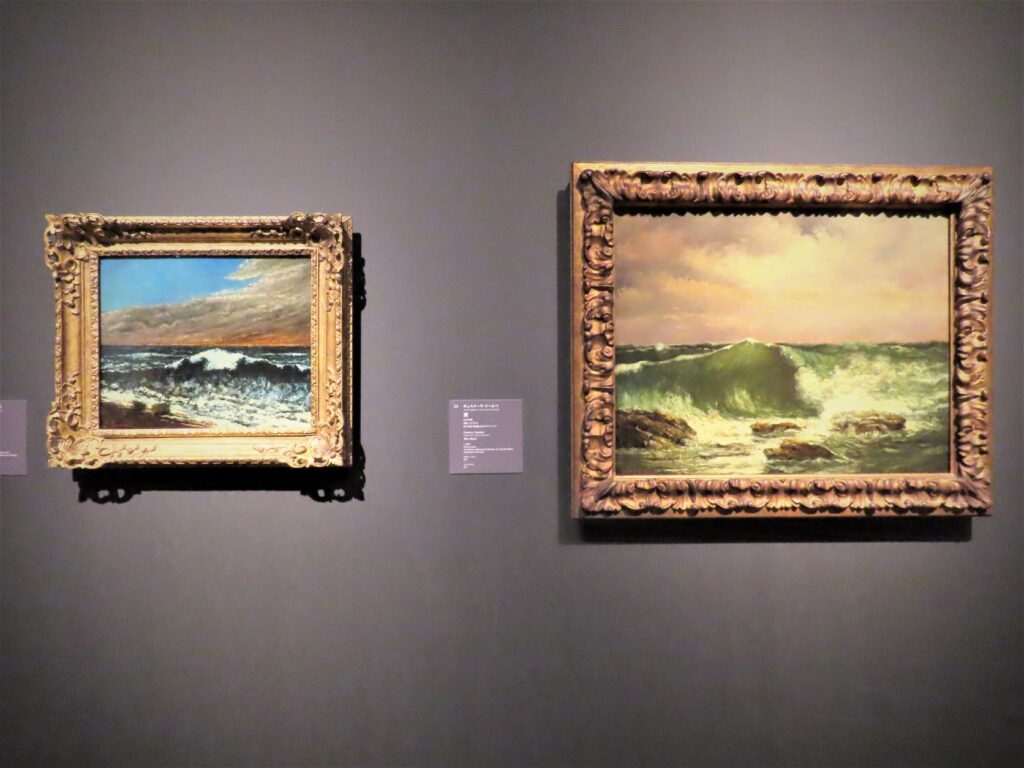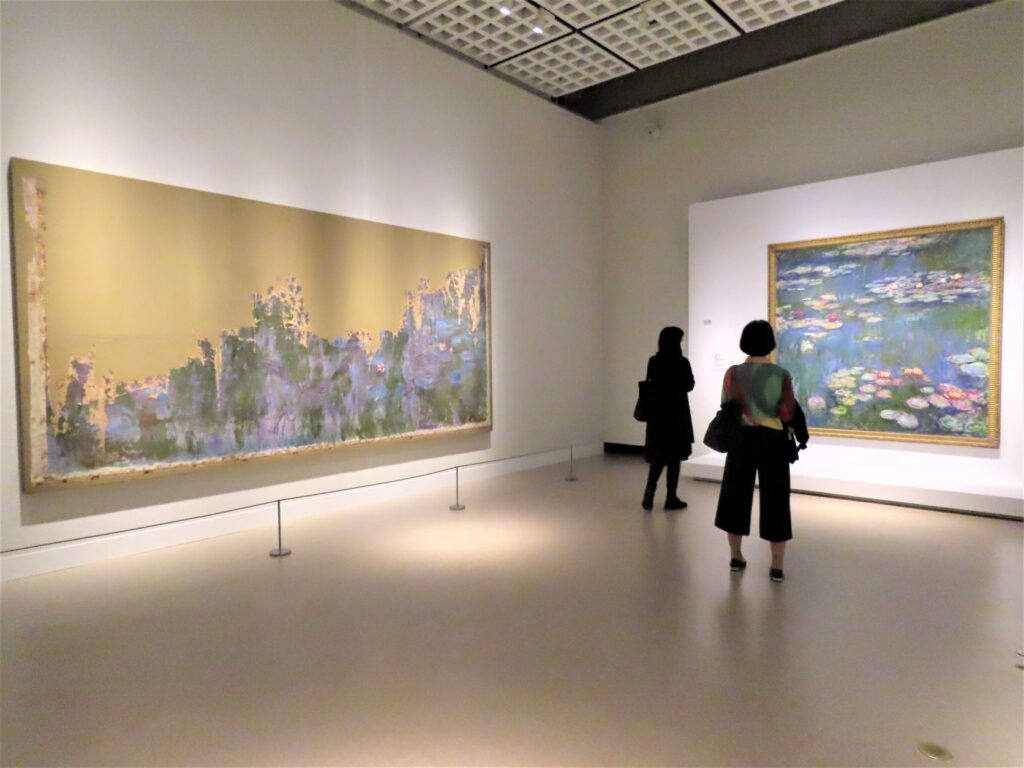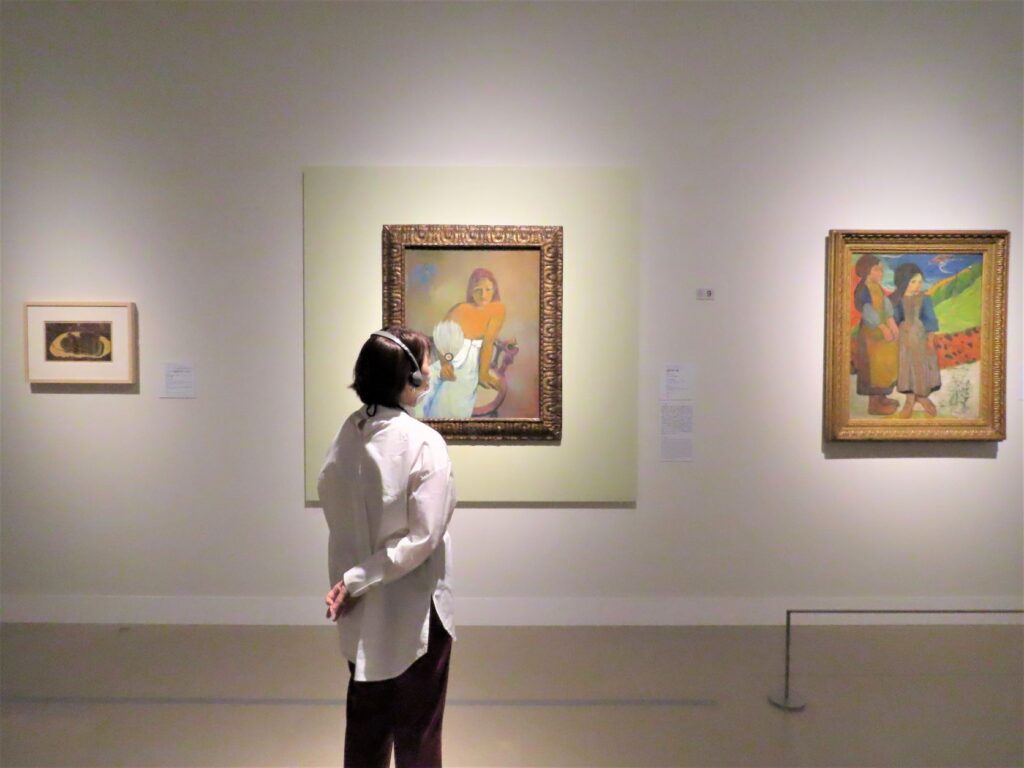
〇 "Super Station Expo Ueno" is a cultural creation event where you can experience the history of 150 years since the opening of the railway, as well as the local culture and future, set in the magnificent station space of Ueno Station, which was once called "the gateway to Tohoku and Shinetsu". will be held from October 14th (Friday) to 30th (Sunday), 2022.
〇 As part of the "Beyond Stations Concept" to transform stations into platforms for "connected" living, events that "connect" with 150 years of culture, history, and towns, provision of stages and food that "connect" with rural areas and lifestyles, and stations We will create new value by utilizing railway assets such as trains and rolling stock.
〇In addition, we will deploy modern state-of-the-art technology in the station space and experimentally create new experiences that “connect” with the future.
"Super Station Expo Ueno -From the station to the cultural creation station-"
Concept: Culture is a trajectory that has been handed down without form. Over 150 years.
Overview: Ueno Station proposes a new station and travel style as a cultural creation hub (base).
The target area for 2022 is “Niigata/Sado”. This is an event where you can enjoy traditional performing arts and food with cutting-edge technology, experience culture, and create while looking back on the 150-year history of the railway.
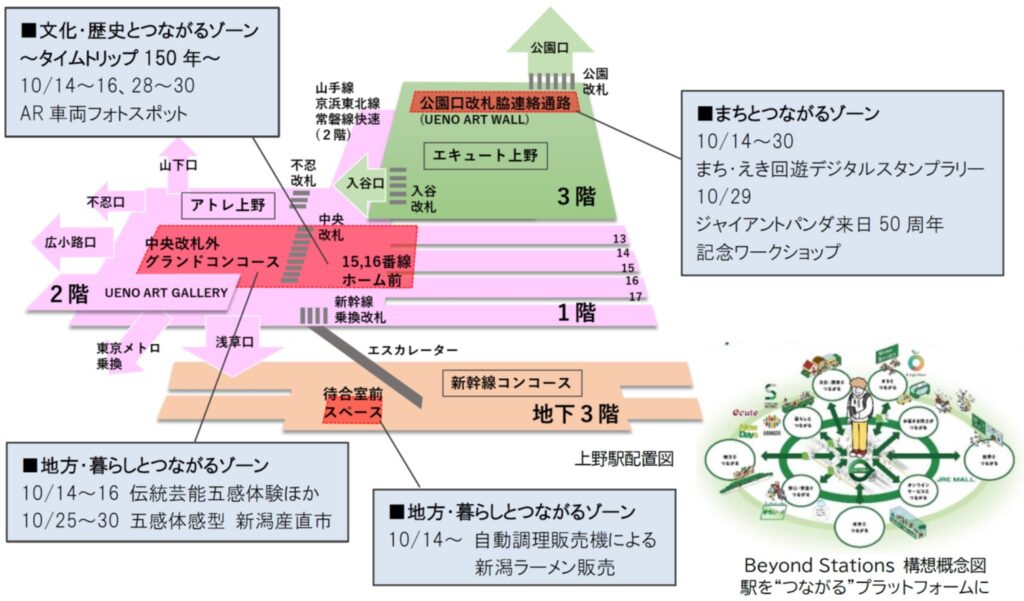
1 Connect with culture, history, and towns ~Time trip 150 years~
(1) Journey beyond reality “AR vehicle photo spot”
〇 Date and time: October 14th (Friday) to 16th (Sunday), 28th (Friday) to 30th (Sunday), 2022
Every day 11:00-16:00 (replacement system every 30 minutes) *Scheduled to end at 15:00 on 10/30 (Sun)
Yes Venue: In front of Ueno station 15, 16 platform
○ Contents: Using AR (Augmented Reality) technology, we will exhibit the EF64 electric locomotive that has connected Ueno, Joetsu, and Hokuriku for many years, and the 115 series train that has also been used as a commuter vehicle in the Niigata area.
*See Reference 1 for details on AR technology.

At the photo spot, you can choose how to arrange the AR vehicles in two patterns.
① 115 series train 2 trains (Shonan color / Niigata color)
② Series 115 and EF64 electric locomotive
You can choose your favorite pattern and take a commemorative photo of the AR vehicle and the customer.
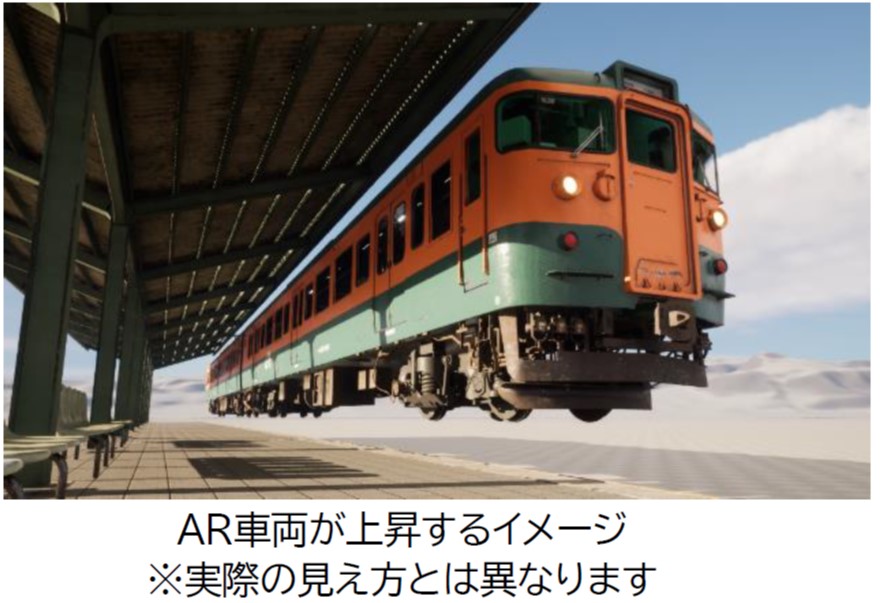
In addition, you can raise the AR vehicle to see the underside of the vehicle, which you cannot normally see, and the elaborately reproduced interior of the 115 series train. In addition, you can enjoy the vehicle operation sound BGM that reminds you of the 115 series train, and you can experience various tricks unique to AR vehicles, such as turning on the headlights and changing the sabot (destination indicator). .
*To participate, please download the "115 Series Electric Locomotive File & Coaster Set (2,000 yen including tax)" from the JRE MALL page ( https://www.jreastmall.com/shop/c/cI9xx/ ). Purchase required.
(For sales from October 28th (Friday) to October 30th (Sunday), sales start from 14:00 on October 4th (Tuesday))
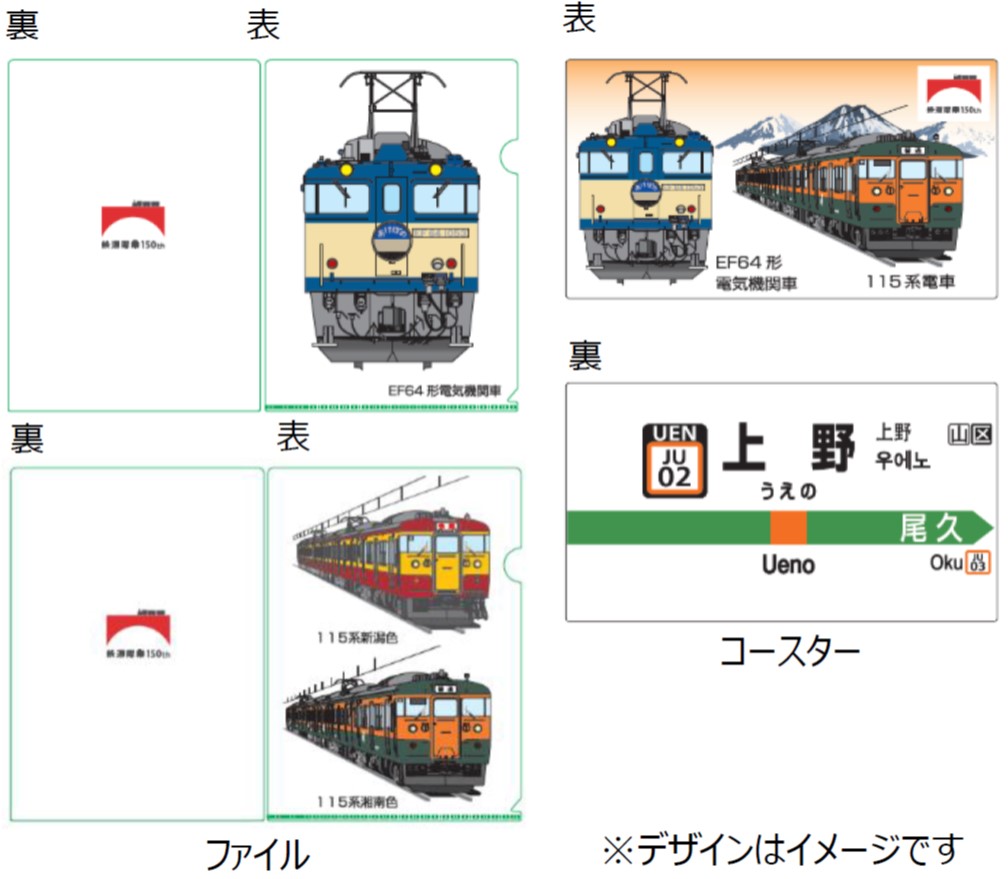
Note 1: Sales will end as soon as the capacity is reached.
Note 2: Since it is an electronic ticket, a smartphone is required to participate in the event on the day.
Note 3: One group (up to 1 adult and 2 children (under 12 years old) can participate once per electronic ticket. Products will be handed over on the day of the event.
Note 4: If you take a train from another station and participate in the event, please purchase a ticket that includes JR East Ueno Station as a section. If you are participating in the event from outside the ticket gate, please purchase a ticket or admission ticket that includes JR East Ueno Station, or use the IC admission service "Touch de Ekinaka" to enter.
Admission ticket and IC admission service can be used within 2 hours from ticketing or admission time. If it exceeds 2 hours, an admission fee is required every 2 hours.
(2) Ueno “Machi-Eki” stamp rally “150 Years of Travel”
〇 Period: October 14 (Friday) to October 30 (Sunday), 2022
Yes Venue: Ueno Station ~ Ueno Station area ~ Okachimachi Station 10 locations
〇 Details: A digital stamp rally will be held around Ueno Station and the surrounding area while experiencing the 150-year culture and history of the Ueno area.
〇 Cooperation: Ueno Station Area Development Promotion Council, Ueno Tourism Federation, Taito Ward
○ How to participate
① Download the "SpotTour" app from your smartphone device.
② Search for the tour code "61500" from the search screen in the "SpotTour" app, select "Ueno Town/Eki Excursion Stamp Rally '150 Years of Travel'" and press the "Participate" button.
③ When you move near the spot displayed on the map of the app, you can get the past scenery image and keyword of that spot on the app.
④ If you come to "Eki Tabi Concierge Ueno" at Ueno Station with all 10 images and keywords, you will receive a commemorative gift (special postcard).
* Commemorative gift delivery is limited to the business hours of "Eki Tabi Concierge Ueno" during the implementation period.

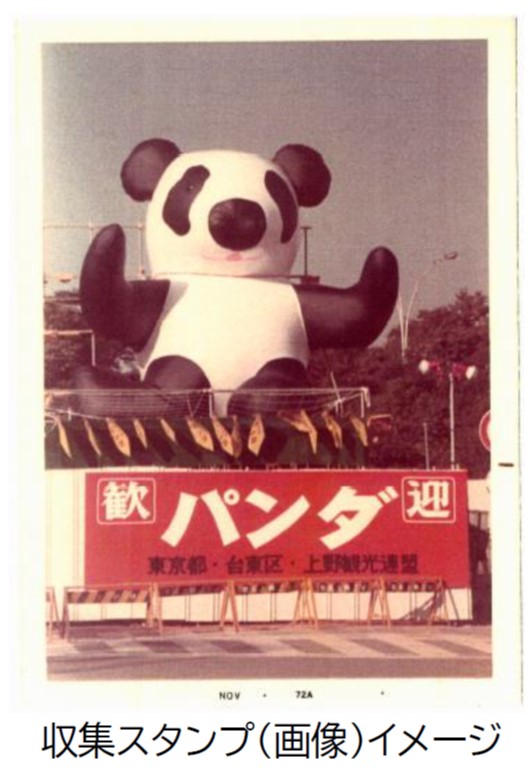
(3) The 50th anniversary of the giant panda's arrival in Japan workshop
Yes Date: Saturday, October 29, 2022
〇Venue: Ueno Station 3F Park Exit ticket gate side passageway
〇Details: To commemorate the 50th anniversary of the giant panda's arrival in Japan, we will hold a workshop for children to add colors to a tote bag with a sketch.
*Actually, it will be finished with a watercolor taste that makes use of the quality of the tote bag fabric.
〇 Cooperation: Artist NiJi$uKe (Ryo Doi)
〇 Participation method: Please purchase in advance from JRE MALL.
① Sales period October 4, 2022 (Tuesday) to October 29, 2022 (Saturday)
② Sales page https://www.jreastmall.com/shop/c/cI9xx/
③ Sales price 3,300 yen (tax included)
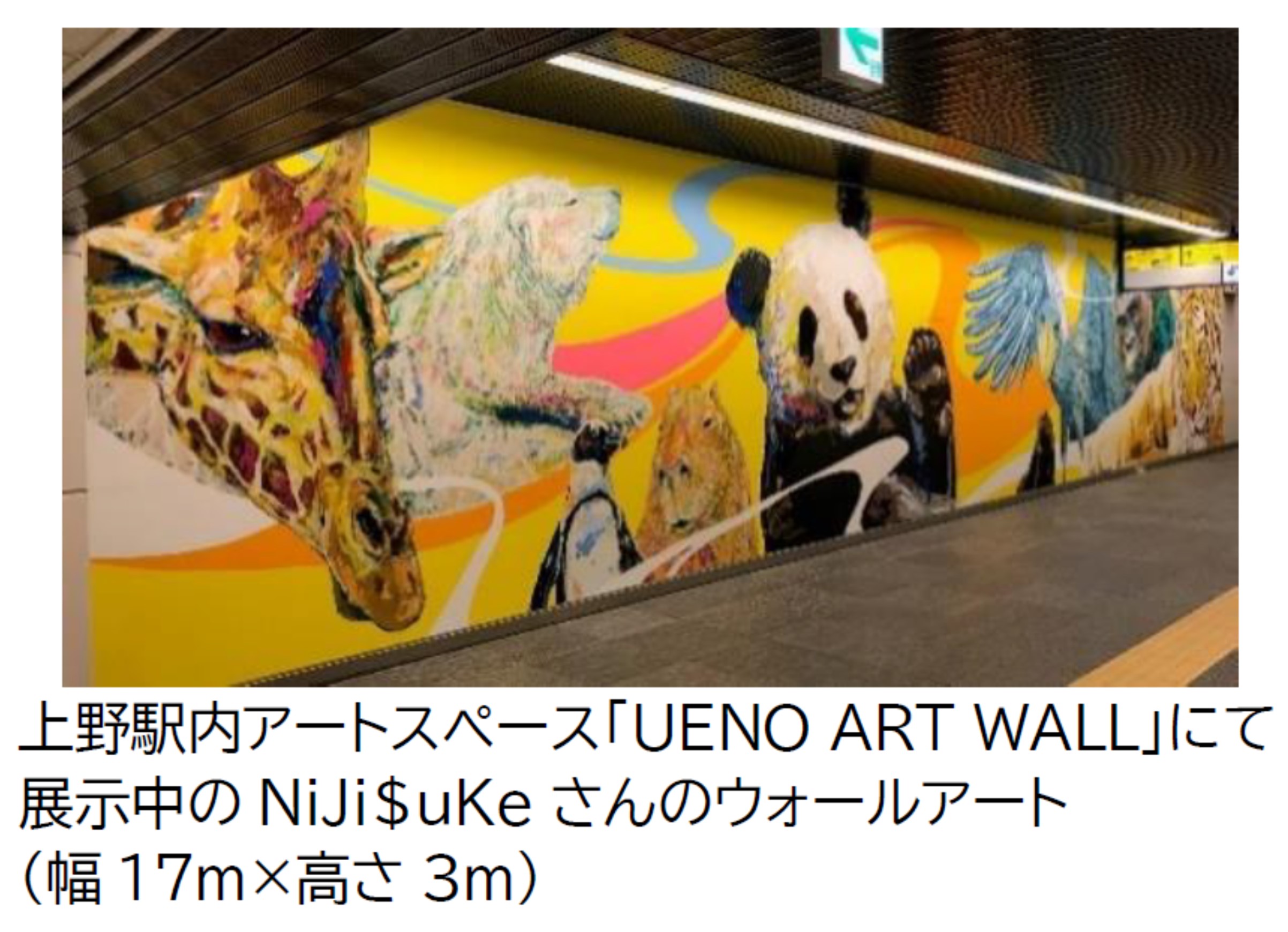
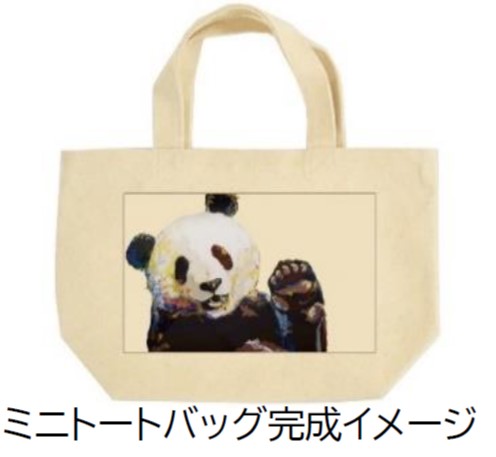
2. Connect with local communities and lifestyles ~Transmitting the culture of the Niigata and Sado regions from diverse perspectives and methods~
(1) Experience traditional performing arts with the five senses, disseminate and create the diverse charms of the region
○ Period: October 14th (Friday) to October 16th (Sunday), 2022
○Venue: Grand concourse outside the central ticket gate of Ueno Station
○Details: Three days to learn about, experience, and want to visit Sado. In addition to introducing Sado culture on 55-inch three-sided extra-large panels, various events will be held, including demonstrations of traditional performing arts and fragrance using a special diffuser.
〇 Main events: Traditional performing arts "Ondeko", folk songs "Sado Okesa, Aikawa Ondo, Ryotsu Jinku"
"Sado Okesa" video distribution by Youtuber from Sado
Slow Neighborhood* Presentation “Sake brewed by 20-year-olds at Sado school brewery”
* JR East's new initiative to feel closer to and enjoy rural areas and cities
*For details, please check the official website ( https://www.jreast.co.jp/tokyomovingground/exhibition/chouekihakuueno/) .
(2) Five senses experience type Niigata Sanchokuichi
○ Date: October 25 (Tue)-October 30 (Sun), 2022 10: 00-20: 00
*Ends at 18:00 only on the last day (30th)
○Venue: Grand concourse outside the central ticket gate of Ueno Station
○ Contents: With 55-inch three-sided extra-large panels, you can experience images as if you were actually visiting the site. In addition, directional speakers and a dedicated diffuser express local sounds and scents. Local products from each region will be sold while feeling the scenery, sounds, scents, tastes and textures. On 10/29 (Sat), a life-size avatar will guide you through Niigata, and on 10/30 (Sun), a live broadcast with the Nagaoka and Settaya districts will be scheduled. *Refer to "Reference 2" for the five senses experience device.
〇 Participation method: Anyone can participate freely. (In the case of a large number of participants, admission may be limited)
(3) Birth of “Ramen STAND”! Experience Niigata ramen with the latest ramen vending machine
○ Date and time: October 14, 2022 (Friday) 9:00 opening
○Venue: In front of the waiting room on the 3rd basement floor of the concourse inside the Shinkansen ticket gate at Ueno Station
*If you are entering from outside the ticket gate, please purchase a Shinkansen ticket that includes JR East Ueno Station or an admission ticket for Ueno Station.
You cannot enter with the IC admission service "Touch de Ekinaka" or tickets for conventional lines.
○Details: In front of the waiting room for Shinkansen concourse on the 3rd basement floor of Ueno Station, “Ramen STAND” was created to provide local flavors and information. Together with "Yo-Kai Express Inc.", a start-up company from Silicon Valley in the United States, we will reproduce local ramen at Ueno Station. For the first step, we have developed “back fat ramen” in the Tsubamesanjo area of Niigata.
〇 Sales price: 980 yen (tax included) * Only transportation electronic money such as Suica can be used for payment.
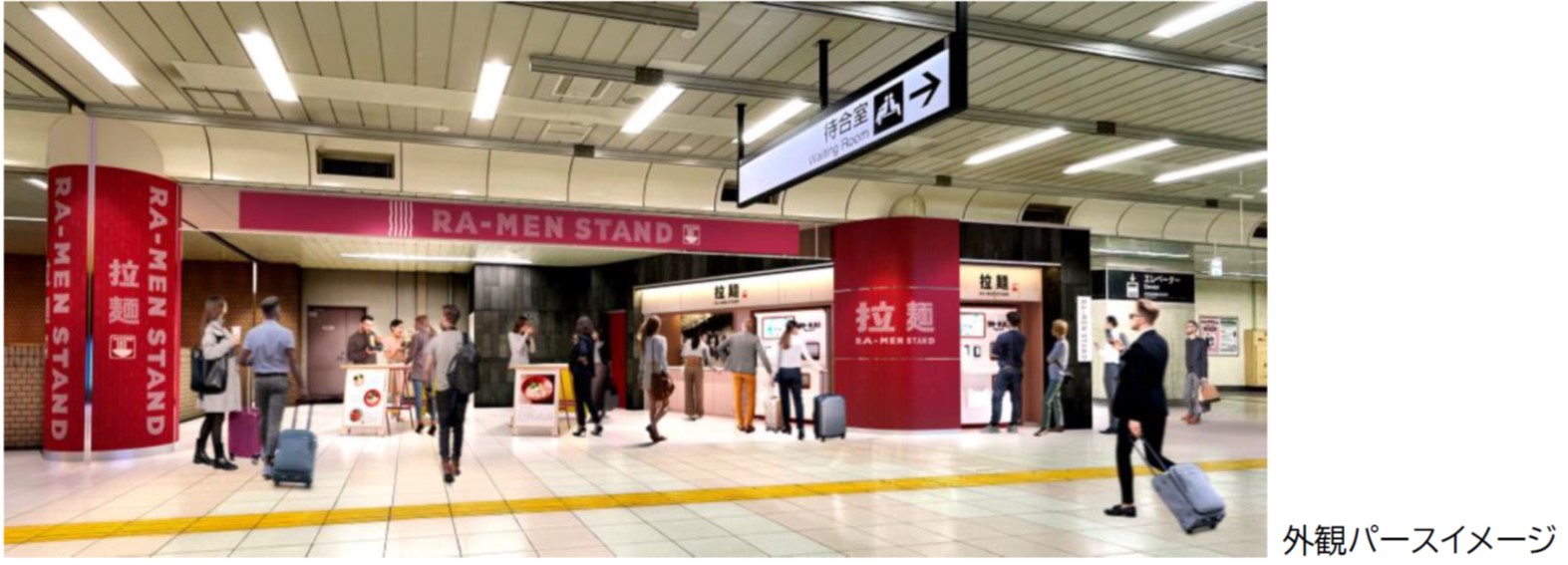
3 Connect with the future ~ Digital technology used in "Super Station Expo Ueno" ~
① The “AR Vehicle Photo Spot” to be implemented this time uses AR technology to accurately place historical railway vehicles suitable for the 150th anniversary of the opening of the railway in the indoor station space where they are actually in operation. This is my first effort.
②Five-sensory experience-type In direct marketing markets, etc., technology that provides five-sensory experiences (three-sided extra-large panels, directional speakers, diffusers, etc.) allows you to experience the scenery, sounds, scents, etc., and experience different things than before. Enjoy. You can experience local culture and art more physically and realistically using digital technology.
(3) Utilize food tech to build a platform that provides customers with rich local food.
Yo-Kai Express Inc.'s "vending machine with cooking function" cooks in as little as 90 seconds.
■ "Super Station Expo Ueno" official website
https://www.jreast.co.jp/tokyomovingground/exhibition/chouekihakuueno/

< Reference 1> AR (augmented reality) technology
1. Technology adopted in 3D modeling of railway vehicles
The series 115 and EF64 electric locomotive, which has a long history of running for nearly half a century, will appear in AR as if they were real trains. We adopted the "photogrammetry" technology to generate it. In terms of CG expression, the vehicle's aging, scratches, repair marks, etc. are also reproduced, and the steel material and paint texture of the vehicle body, and the interior of the vehicle, from the seat moquette to the rack and straps, are faithfully expressed. This unprecedented high-quality 3D modeling of railway vehicles is provided by KDDI Corporation with the photography and development technology of SoVeC Corporation.

2. VPS technology for AR display (technology for accurate position measurement from images)
A high-quality train model is accurately displayed as an AR on the tracks of Ueno Station, and the structure such as the platform and the pillars in the station premises is recognized, and the three-dimensional effect and depth of the train, and the shadow of the structure are expressed. I am thoroughly following up.
This content is realized with the "XR CHANNEL" application jointly developed by SoVeC Co., Ltd. and KDDI Co., Ltd. In addition, Sony Group Inc.'s VPS (Visual Positioning System) technology was adopted to accurately display AR inside the station building.
We created detailed 3D map data of the station premises and realized an accurate and overwhelming AR experience.
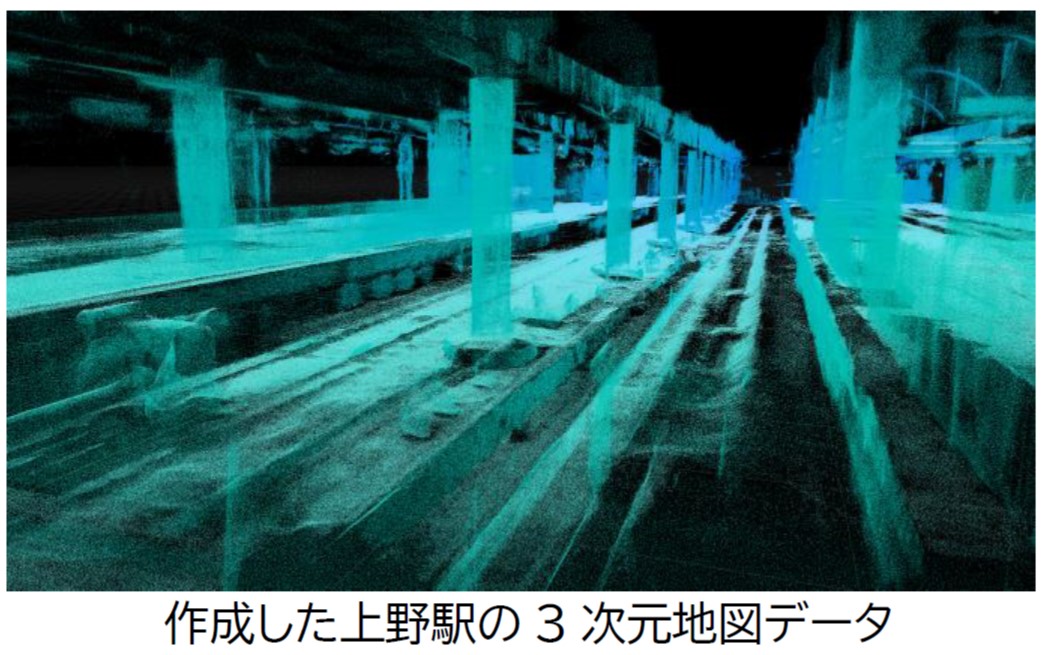
3. AR vehicle display image that appears on platforms 15 and 16 of Ueno Station
A powerful AR vehicle will appear as if a real vehicle were parked on the platform of Ueno Station.

<Reference 2> Five senses experience device and technology
Overview
From October 14th (Friday) to October 16th (Sunday), 2022 and from October 25th (Tuesday) to October 30th (Sunday), 3 extra large panels, directional speakers, diffusers, light You can enjoy the culture of the Niigata and Sado regions while feeling the scenery, sounds, and scents through the floor guidance. This initiative is part of the demonstration experiment of the Future Lifestyle WG of the mobility transformation consortium sponsored by JR East.
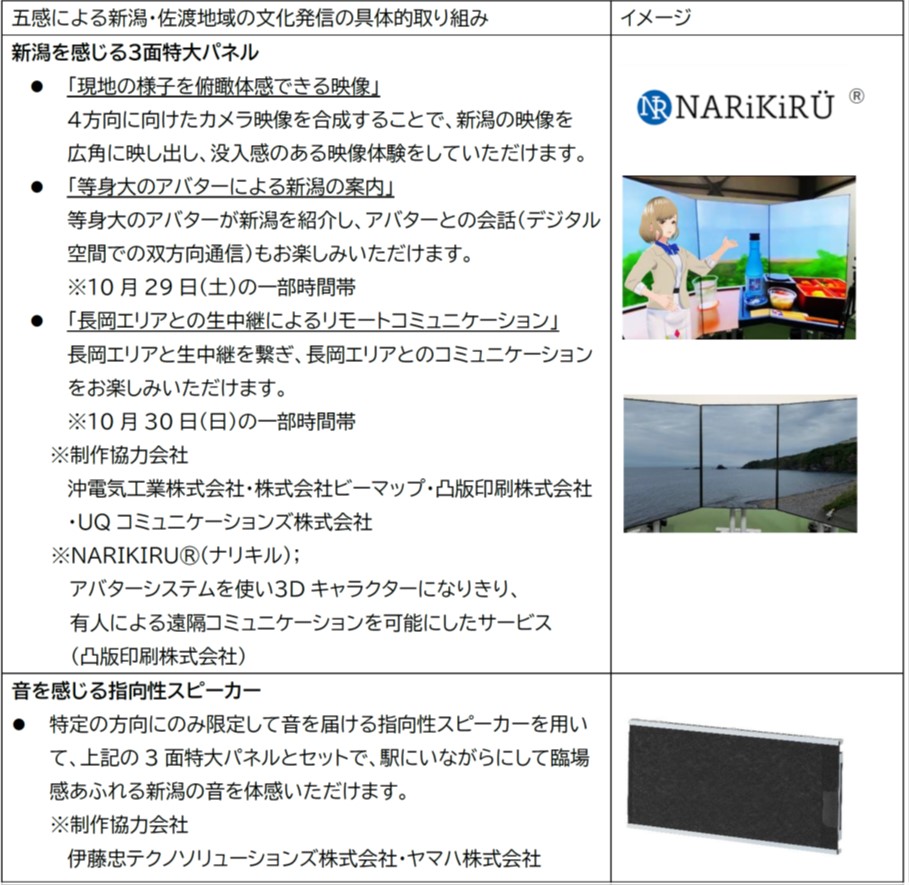

Article provided by: kokosil Ueno
See other exhibition information



